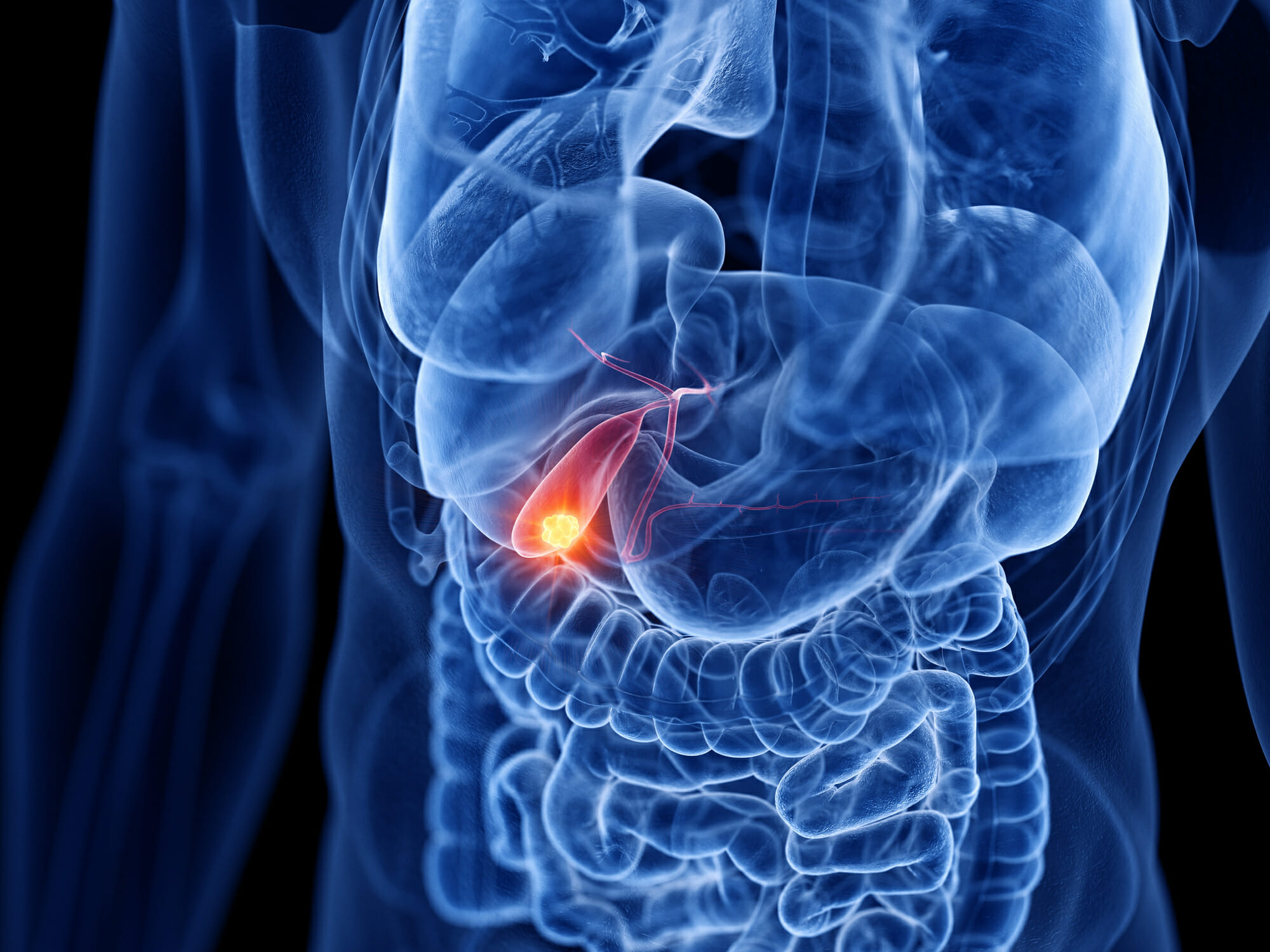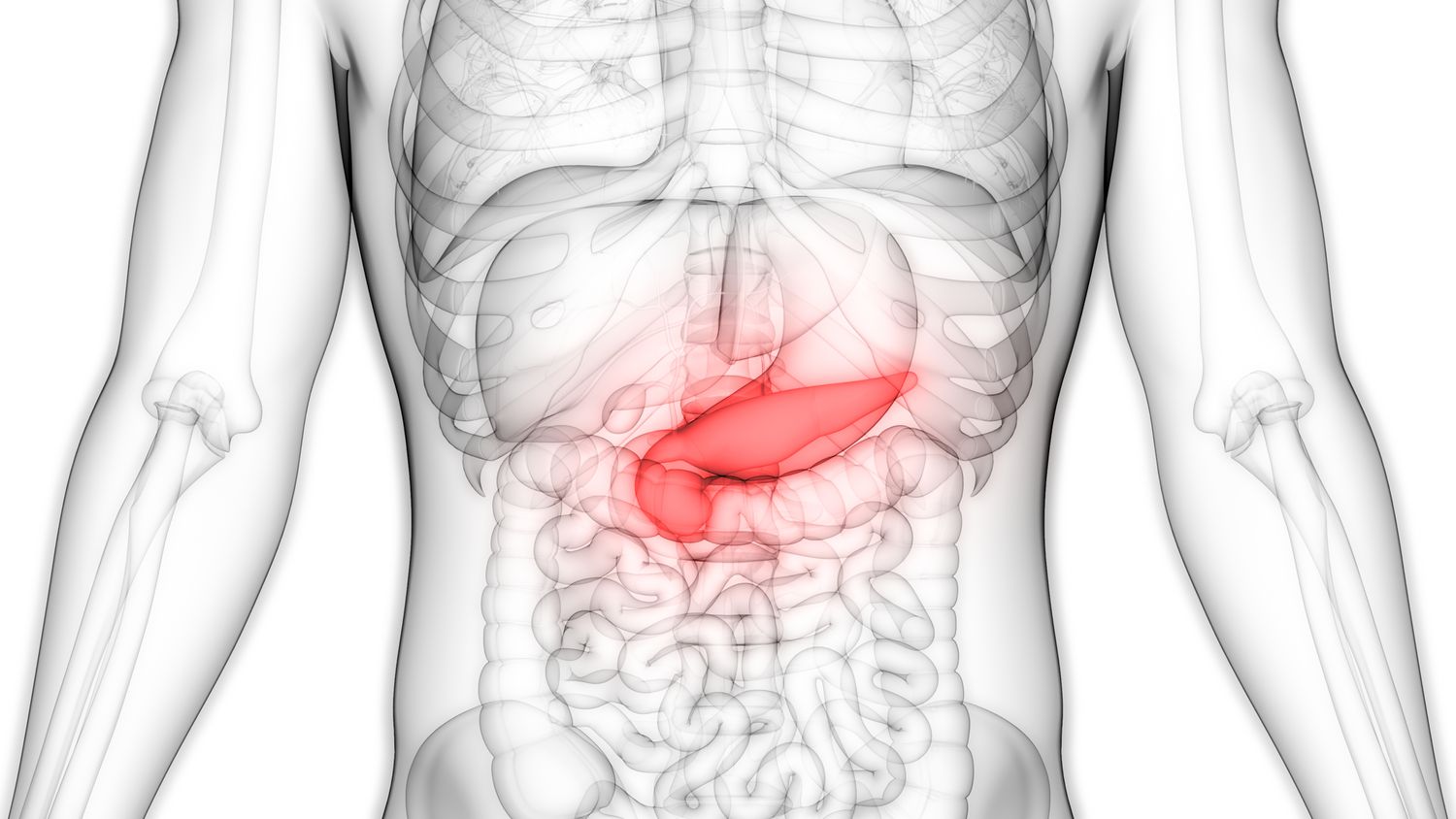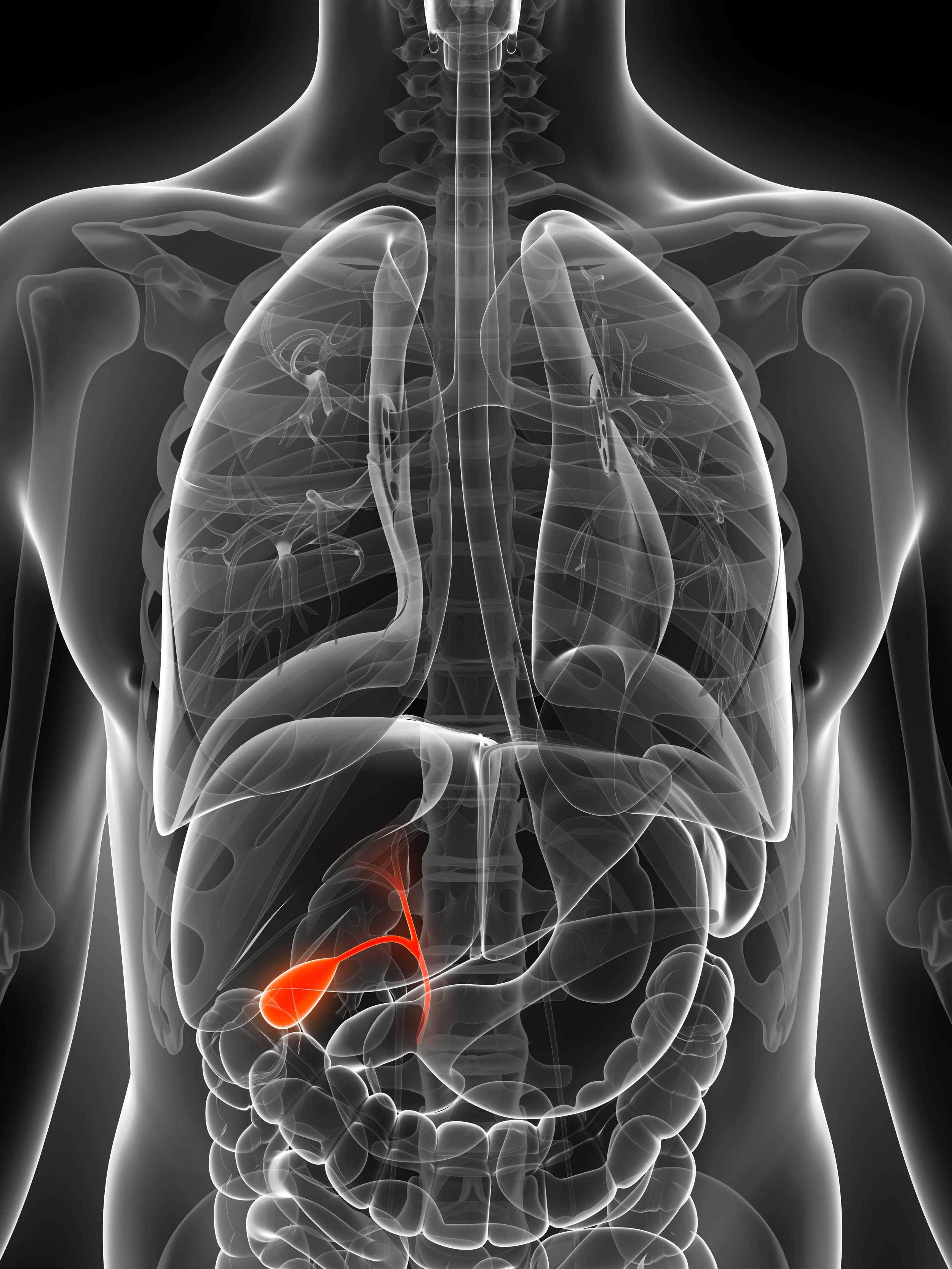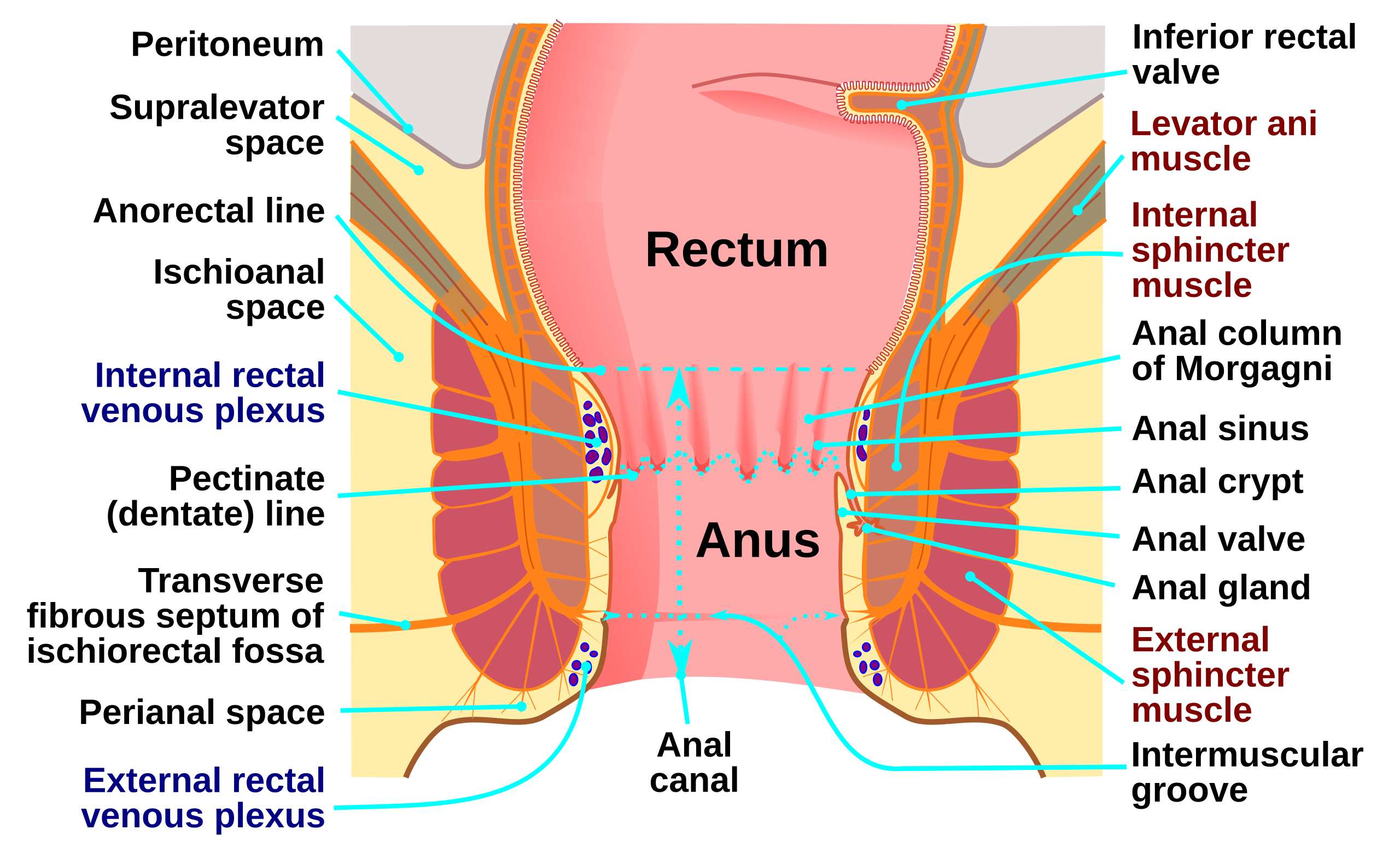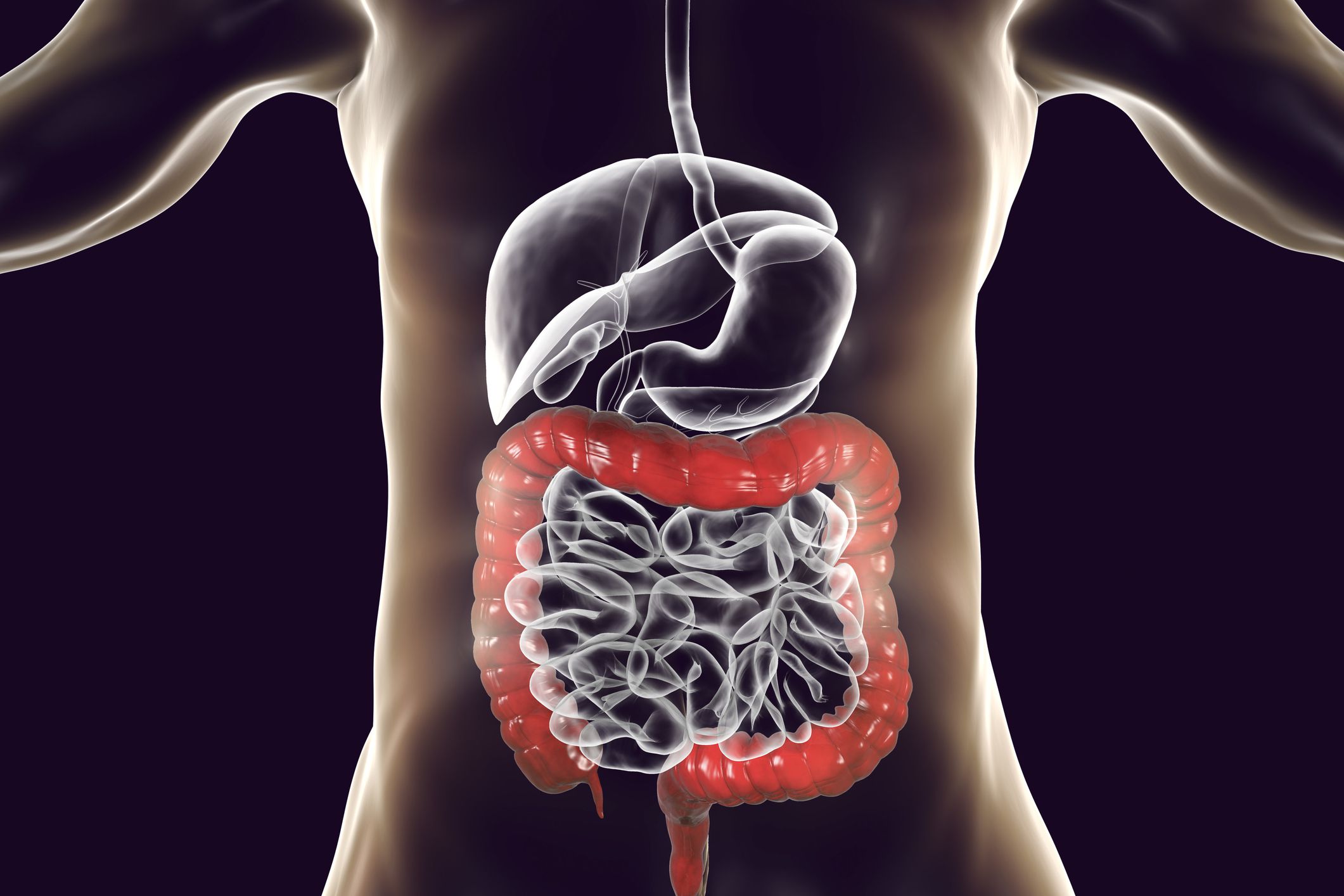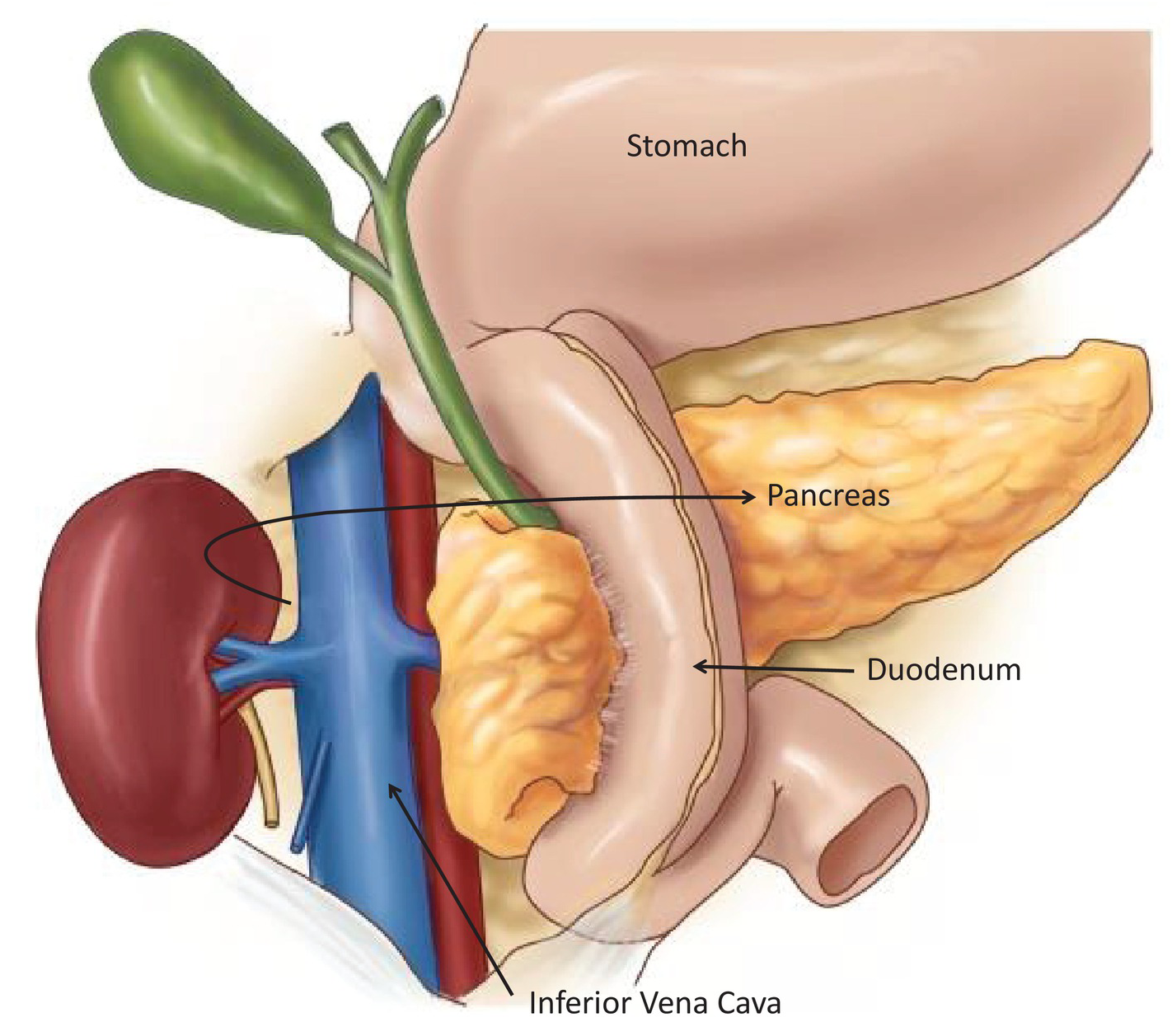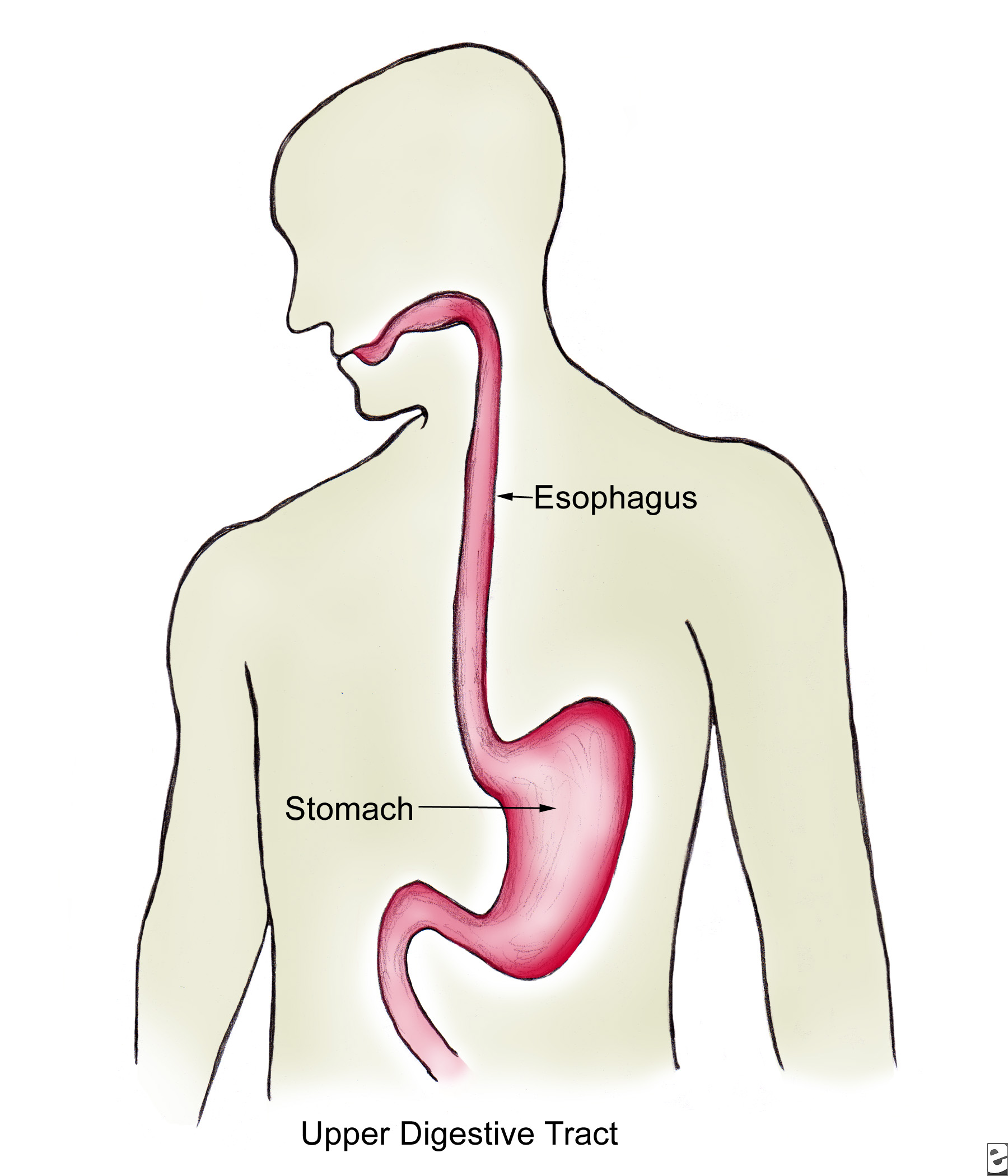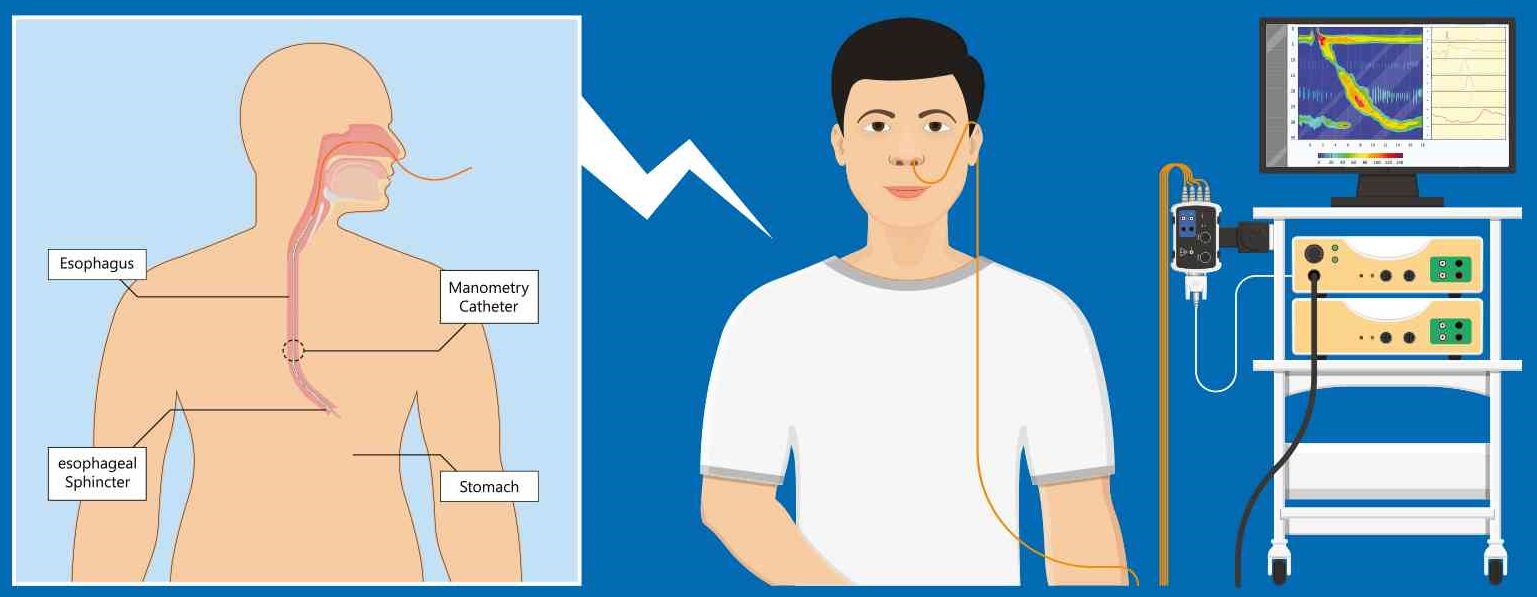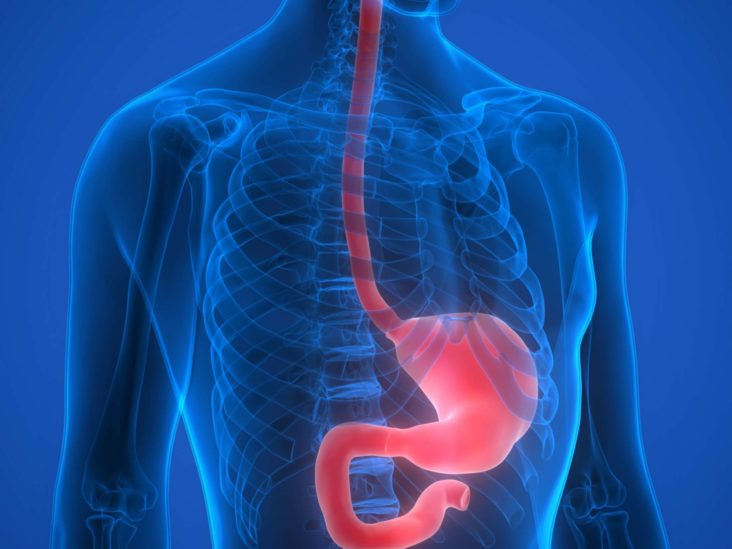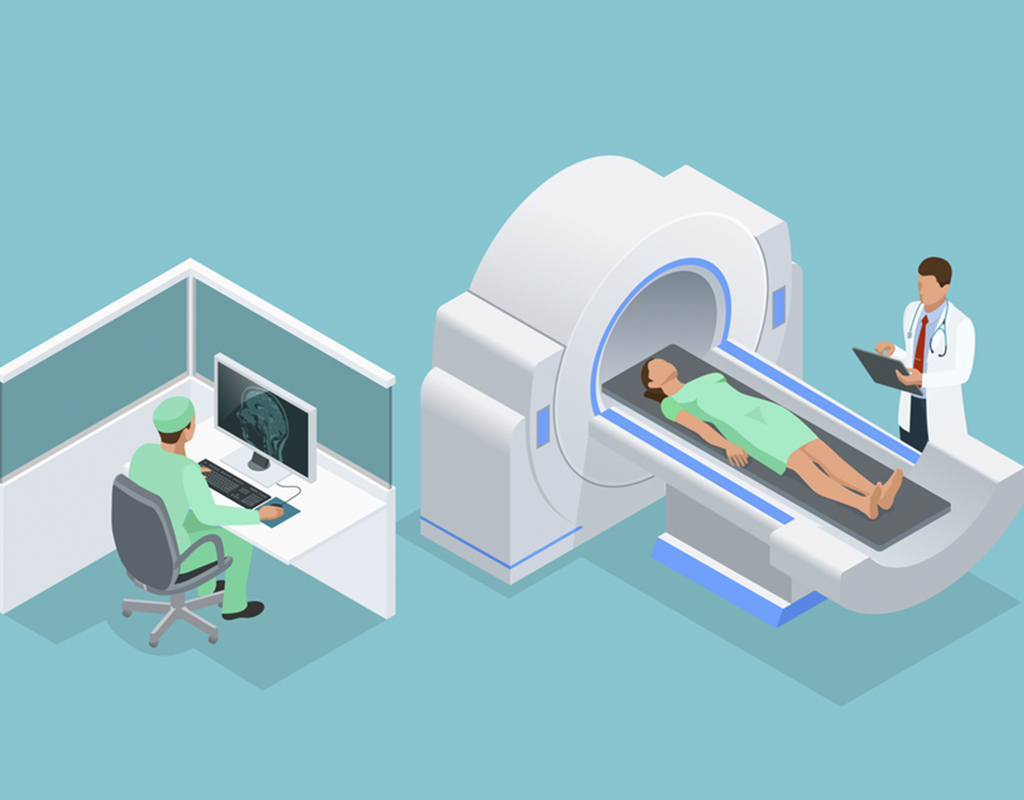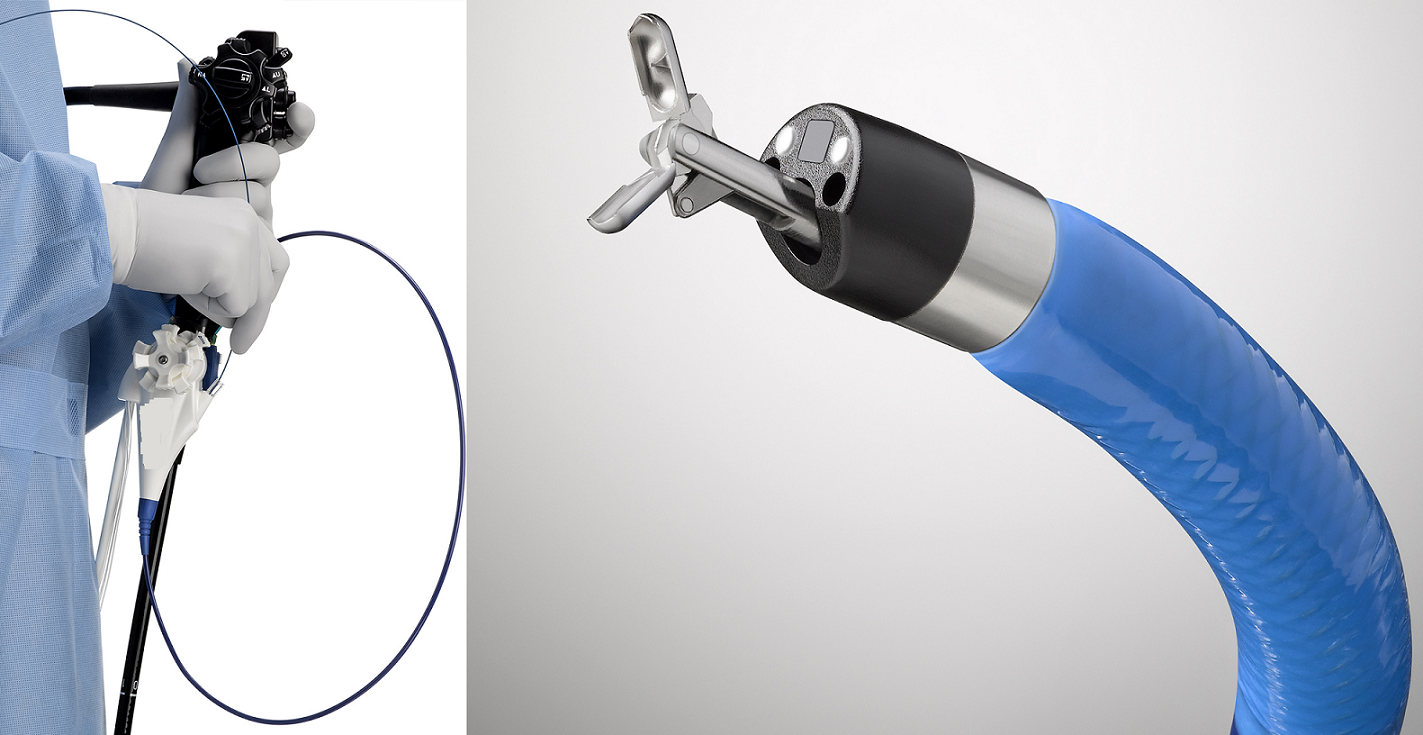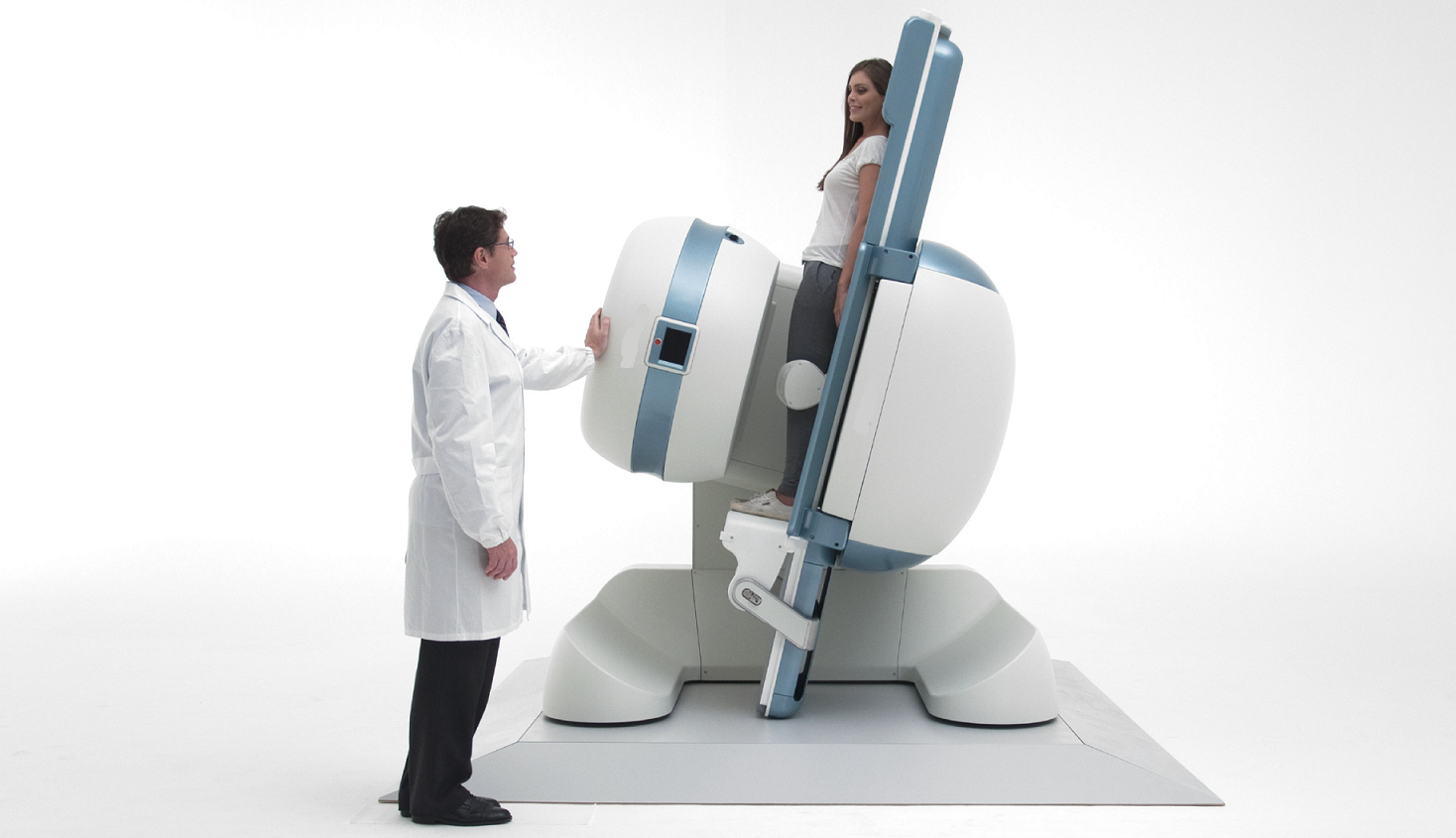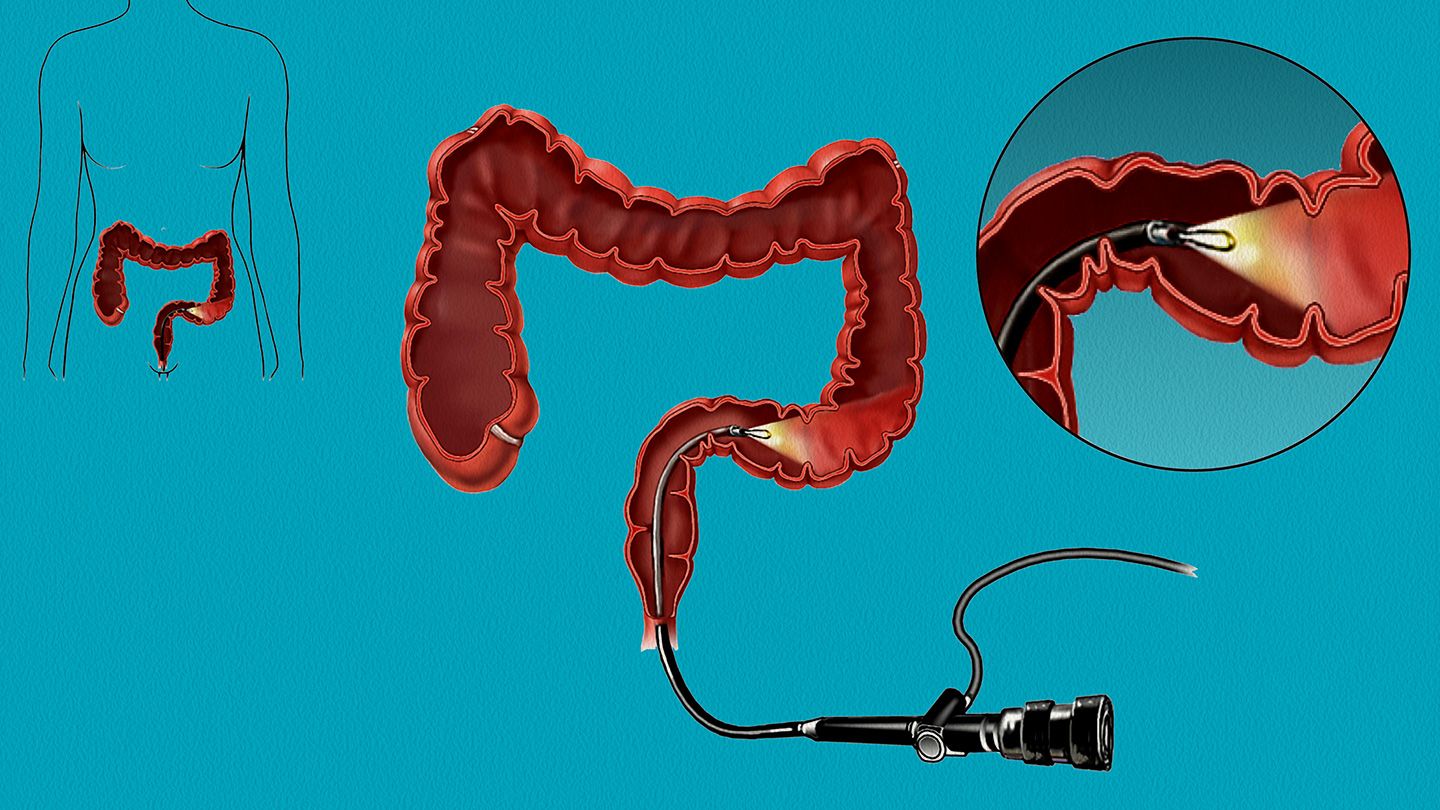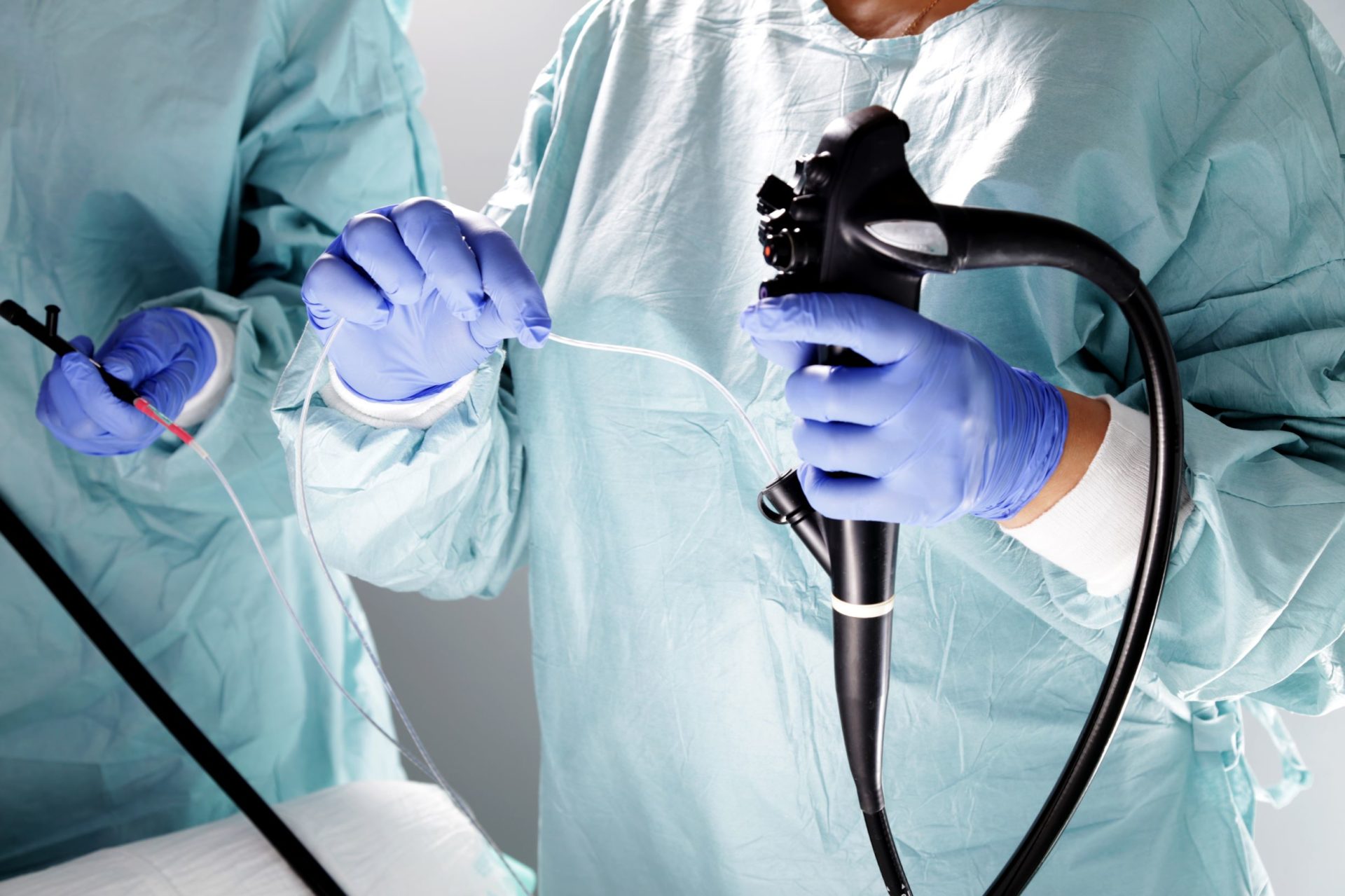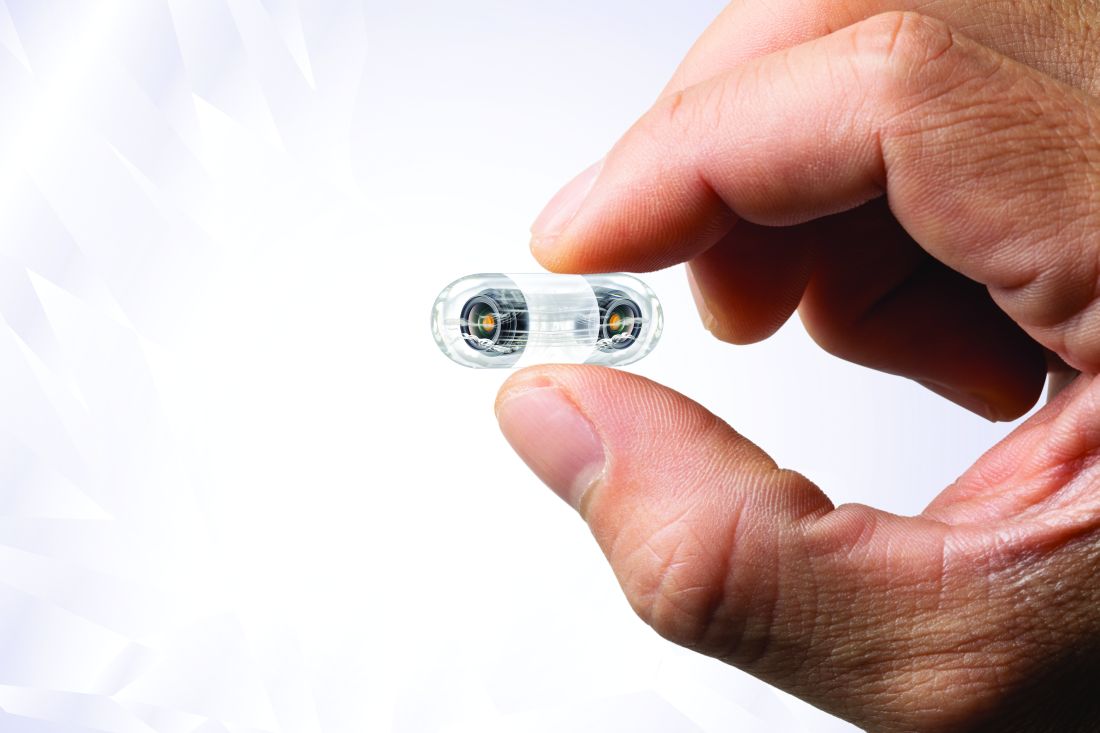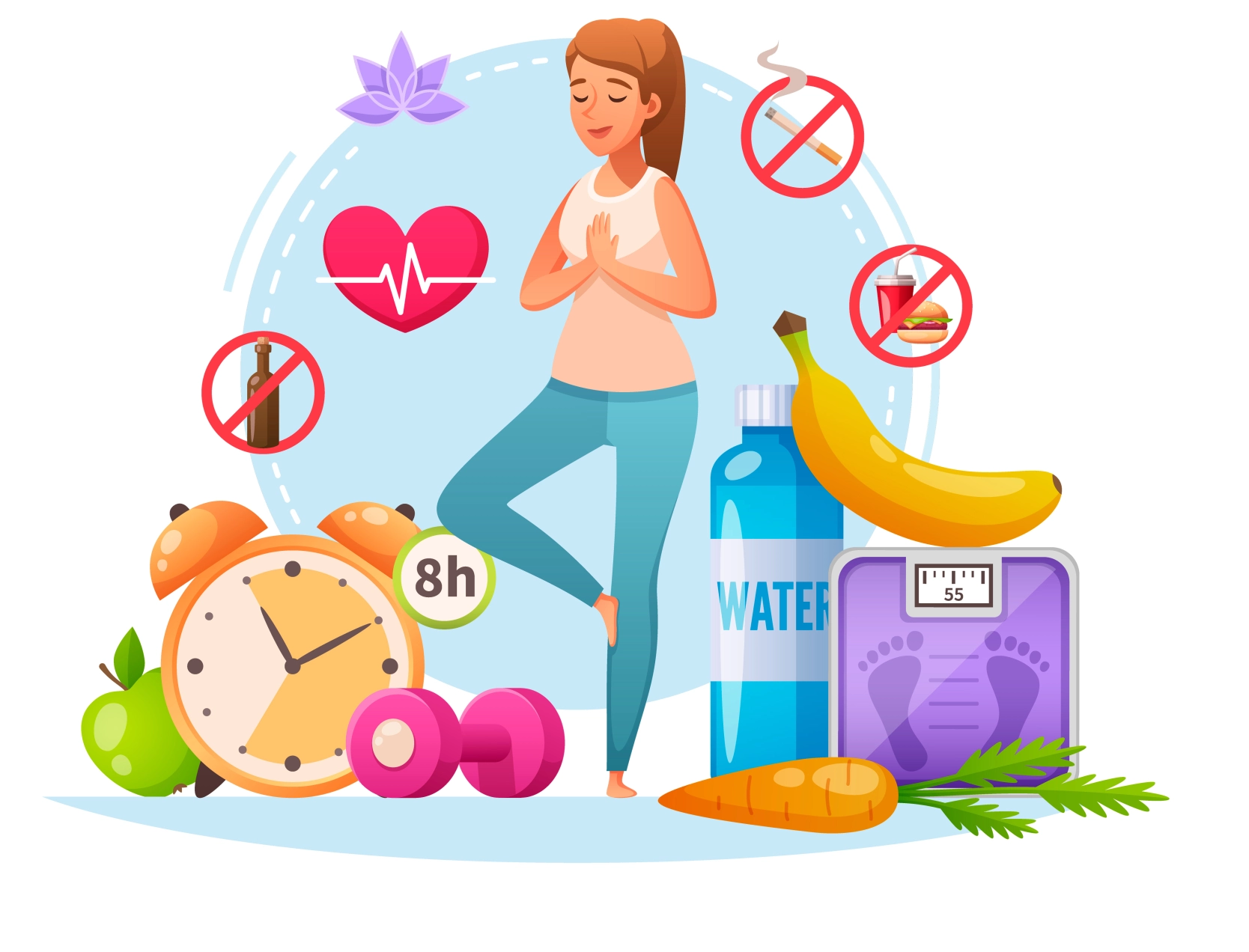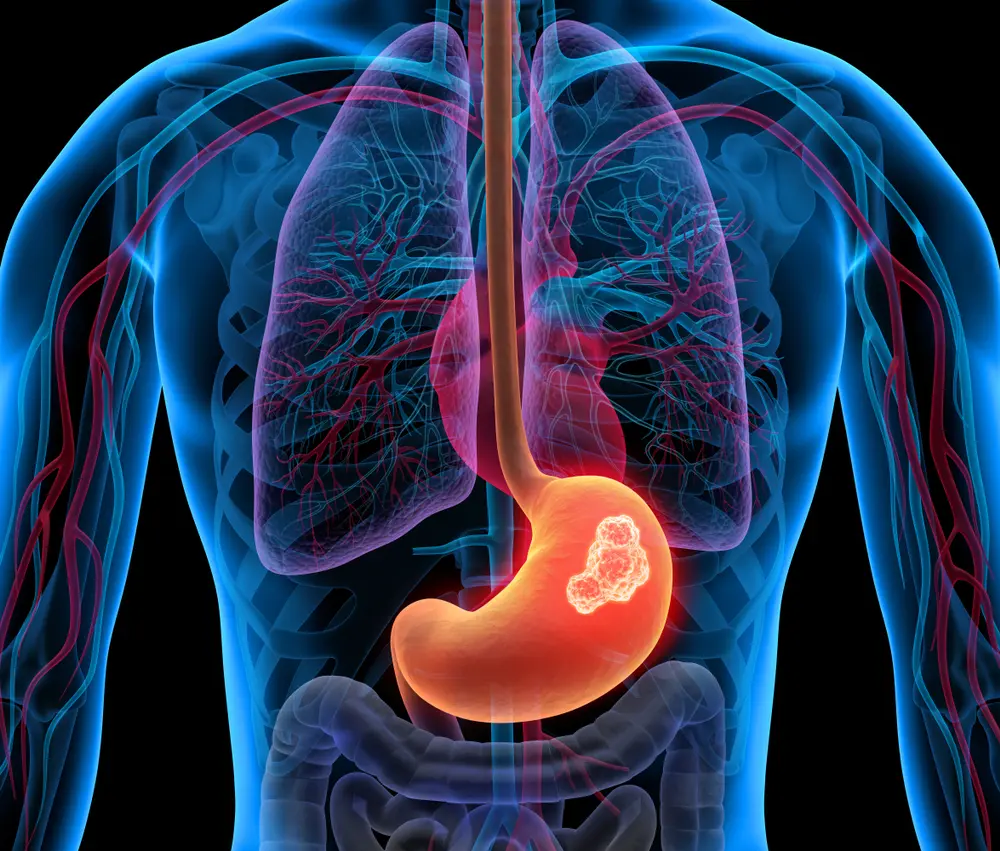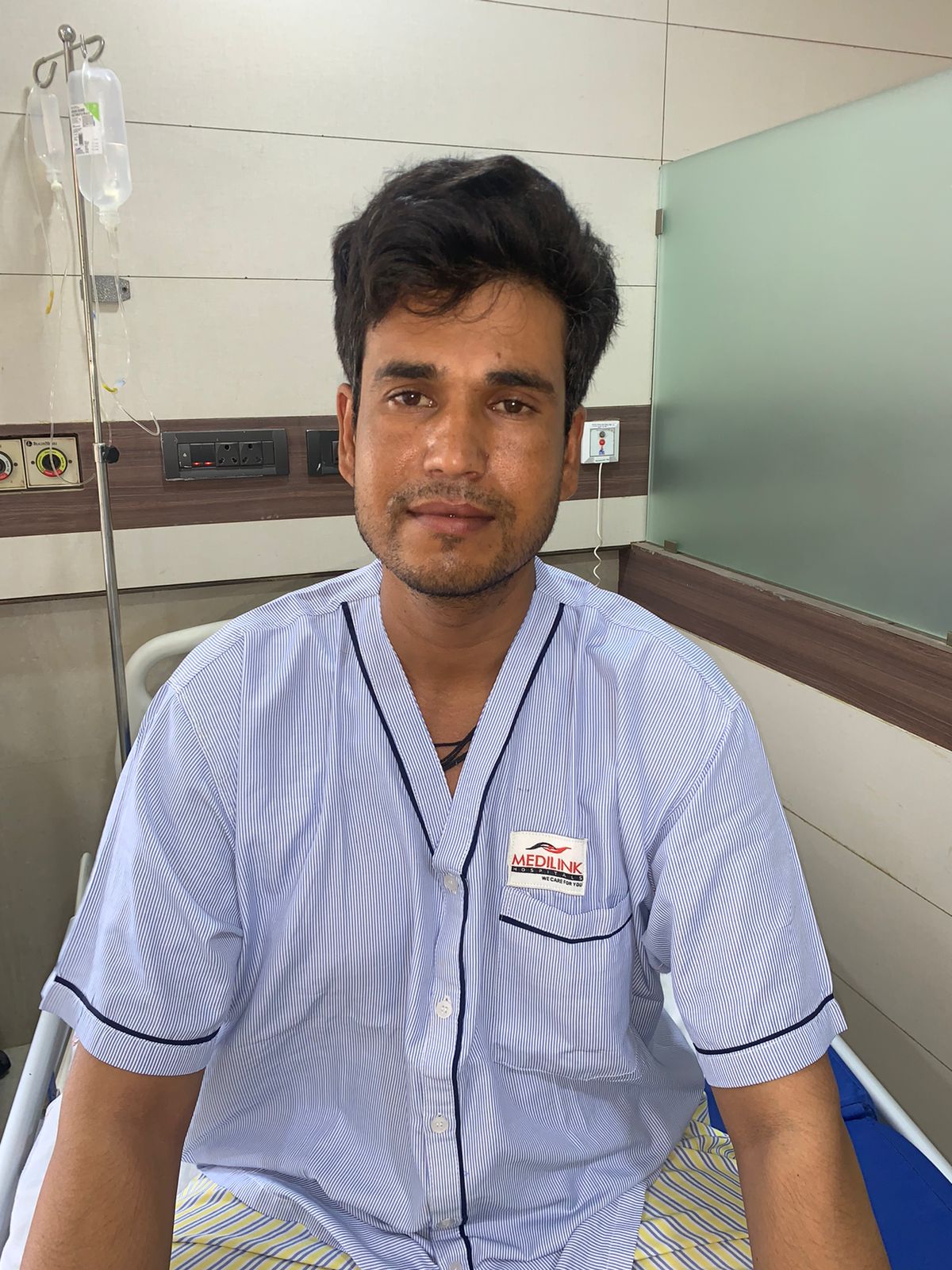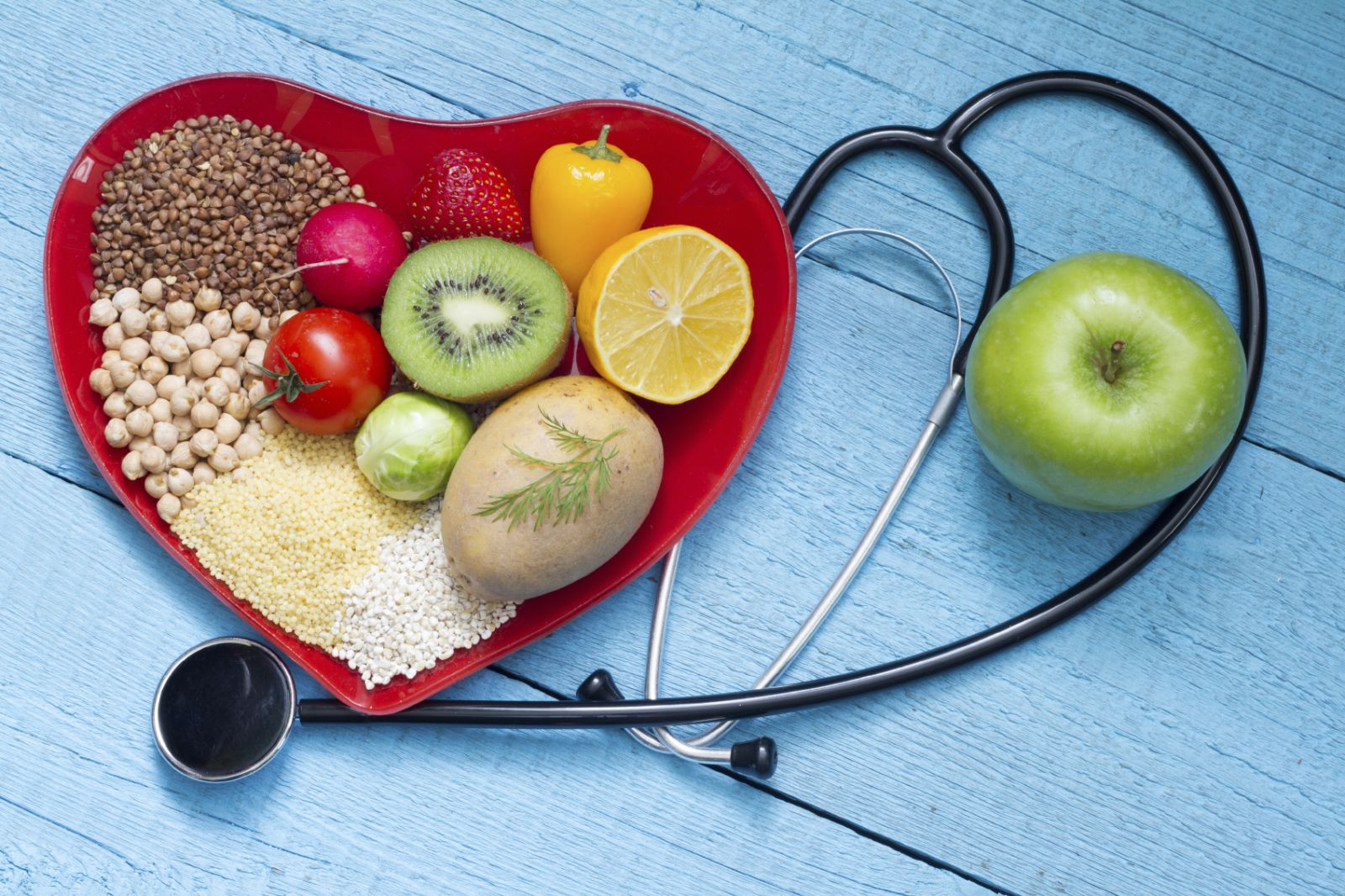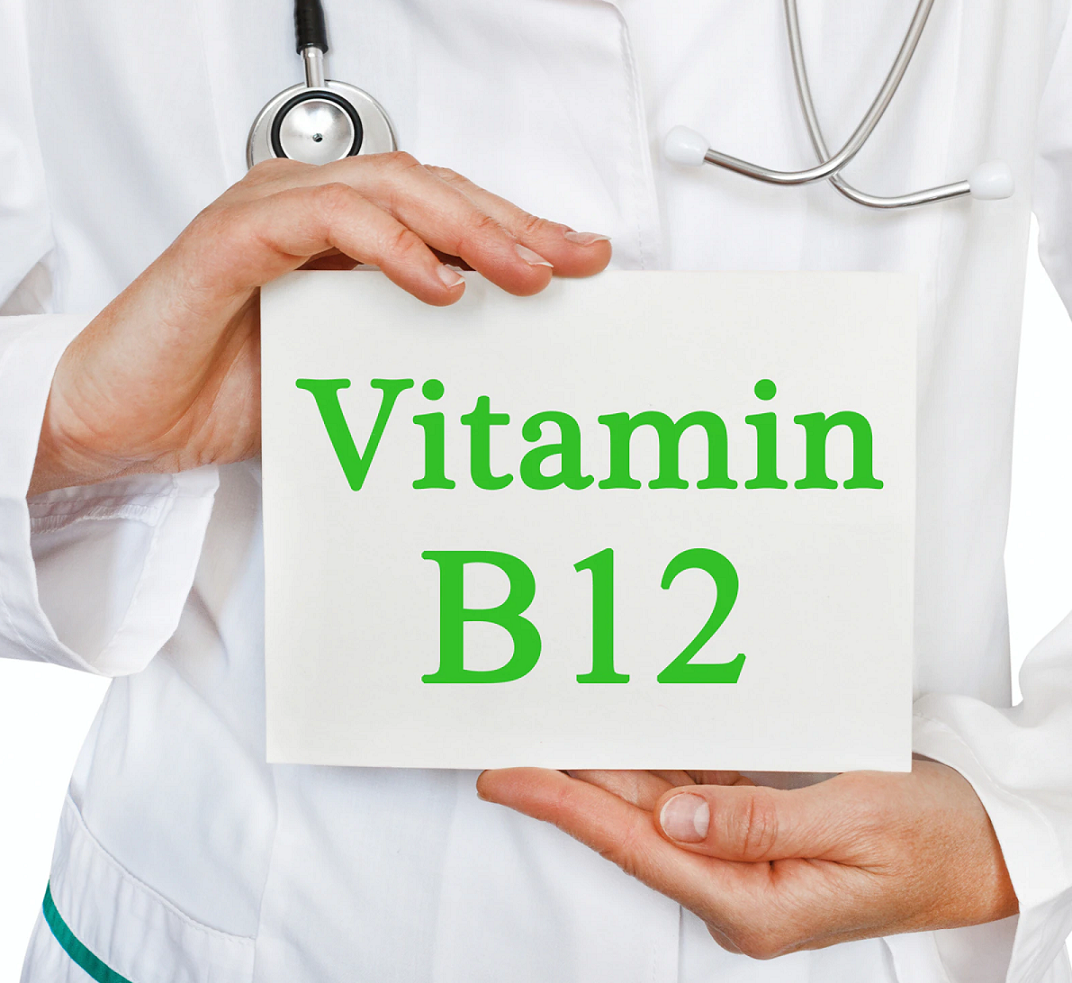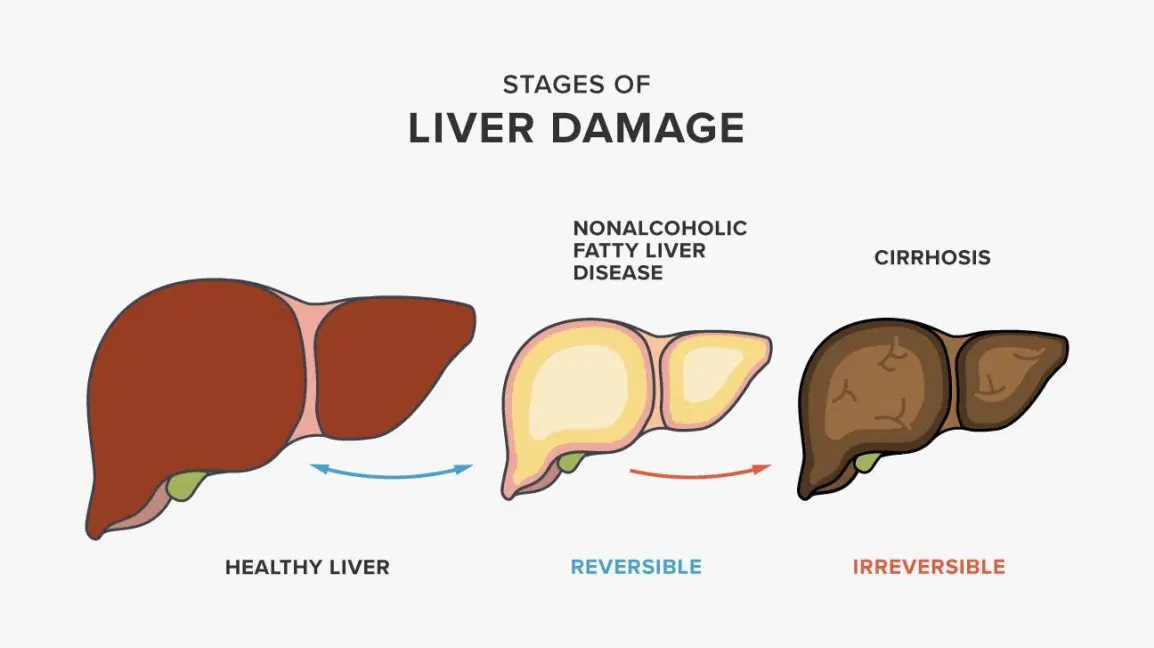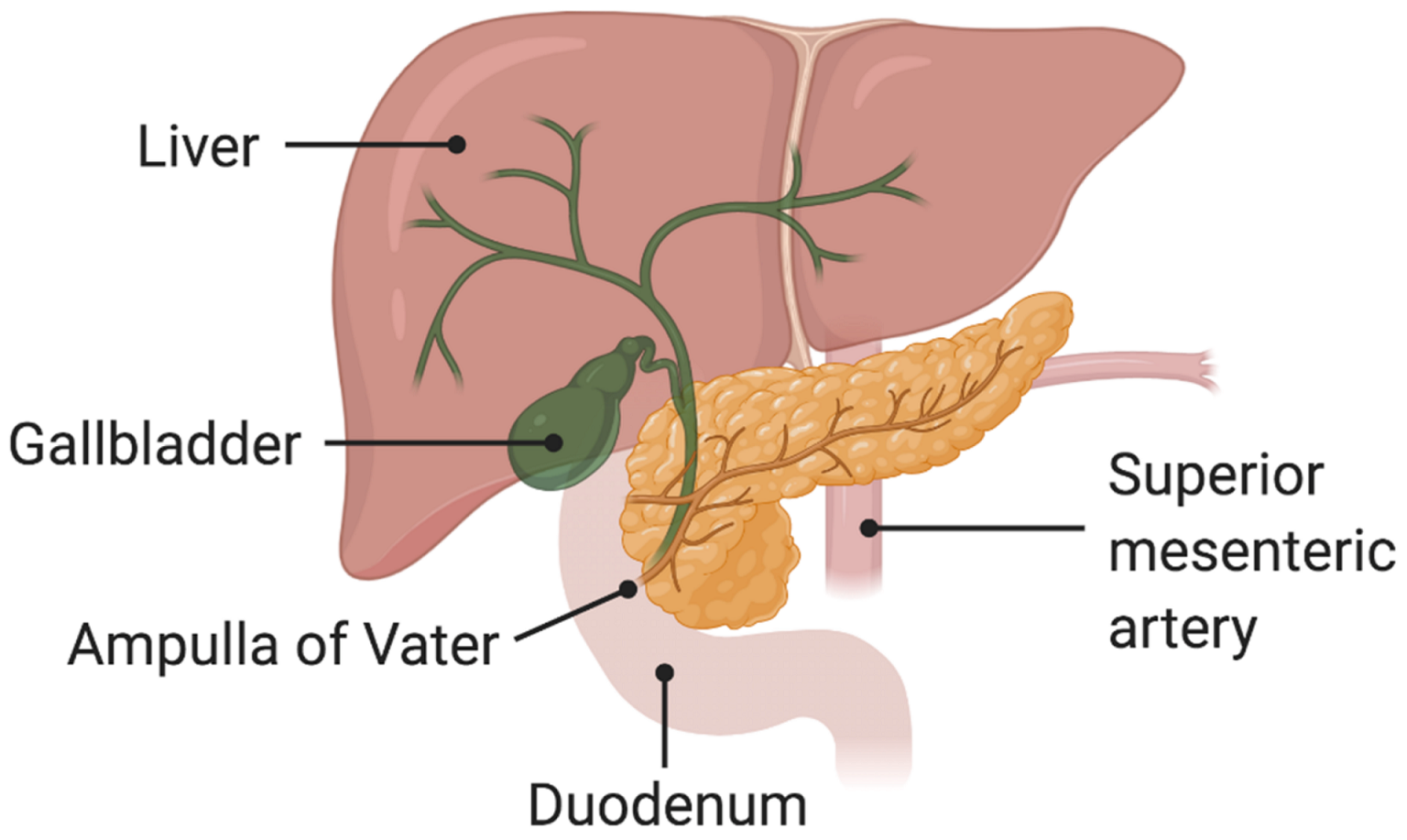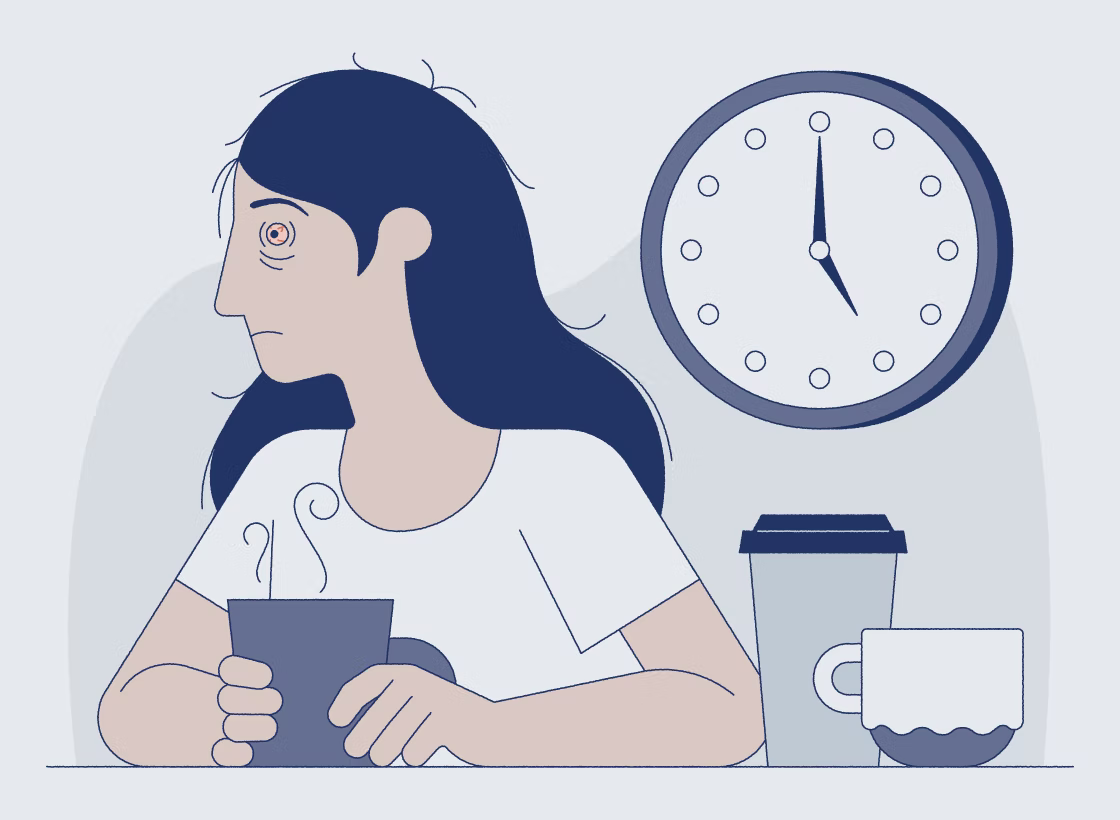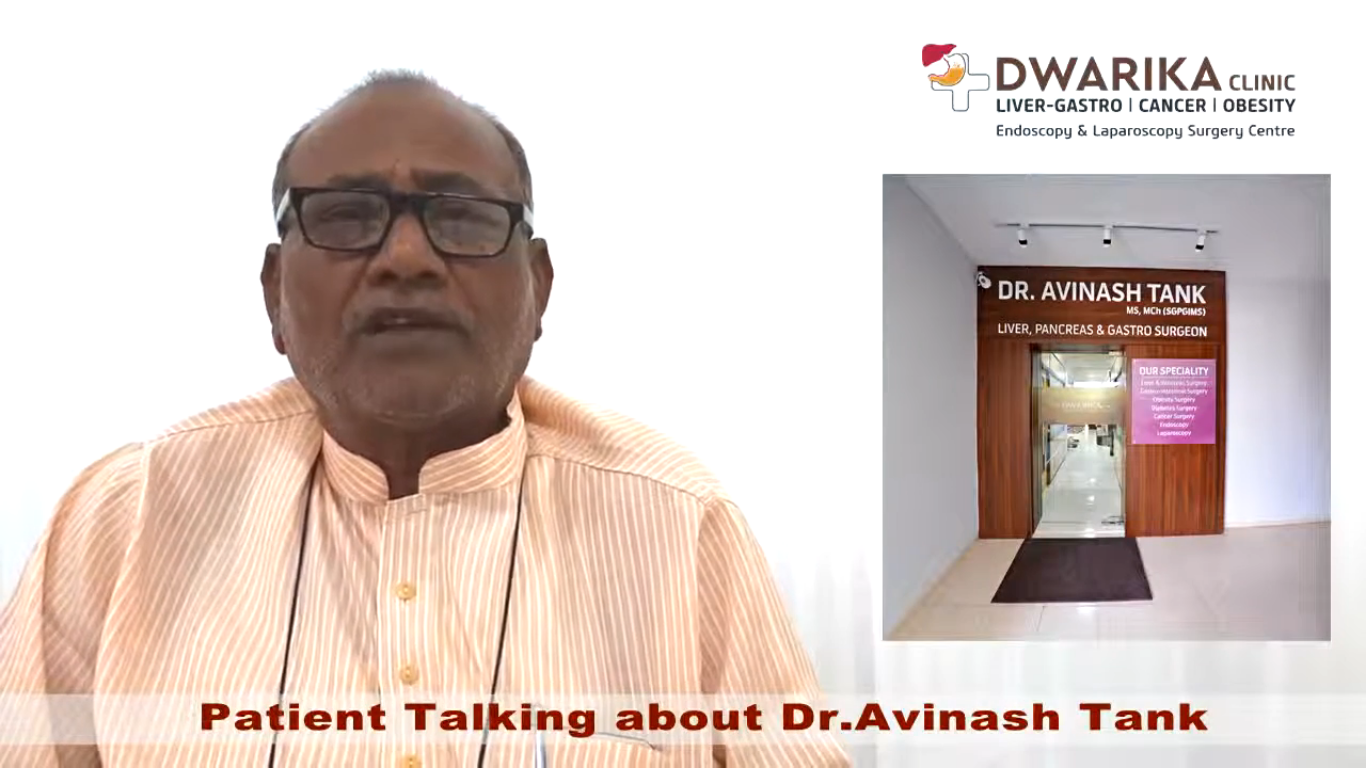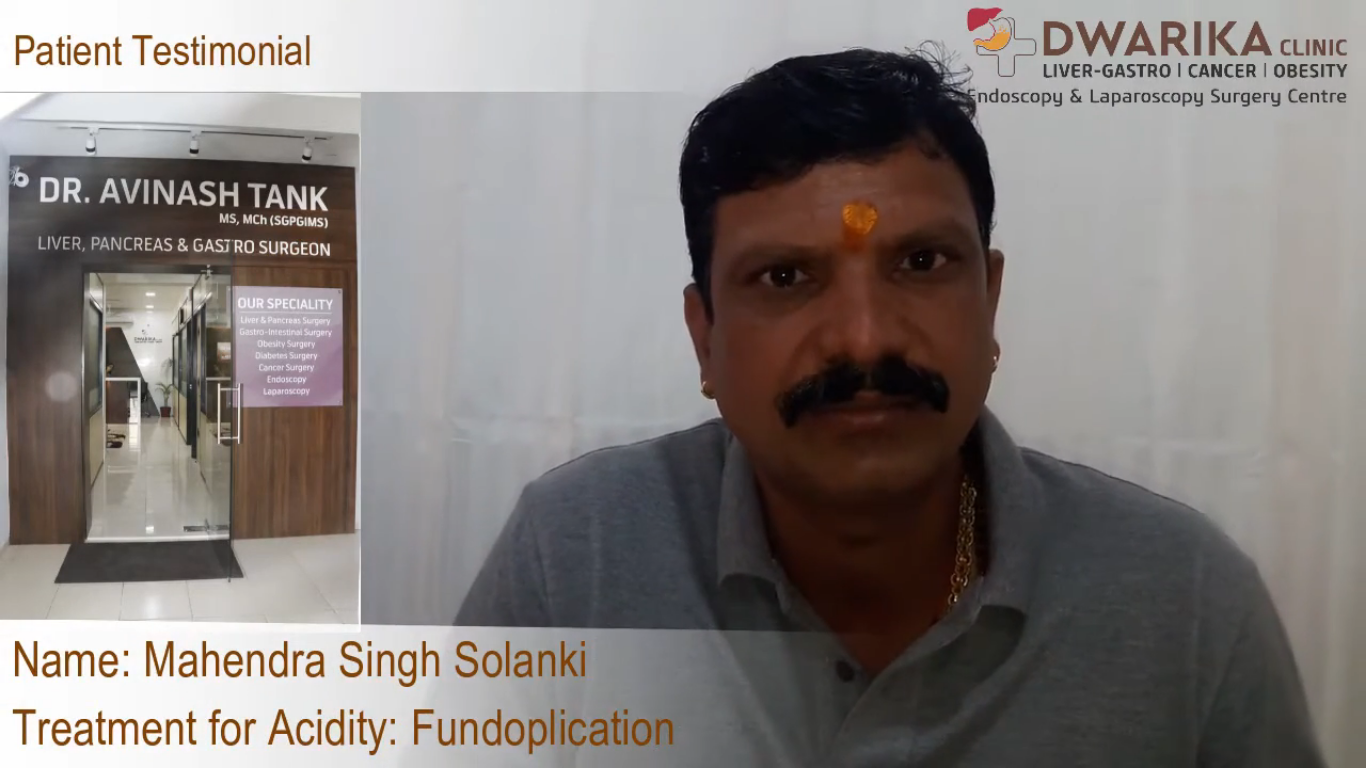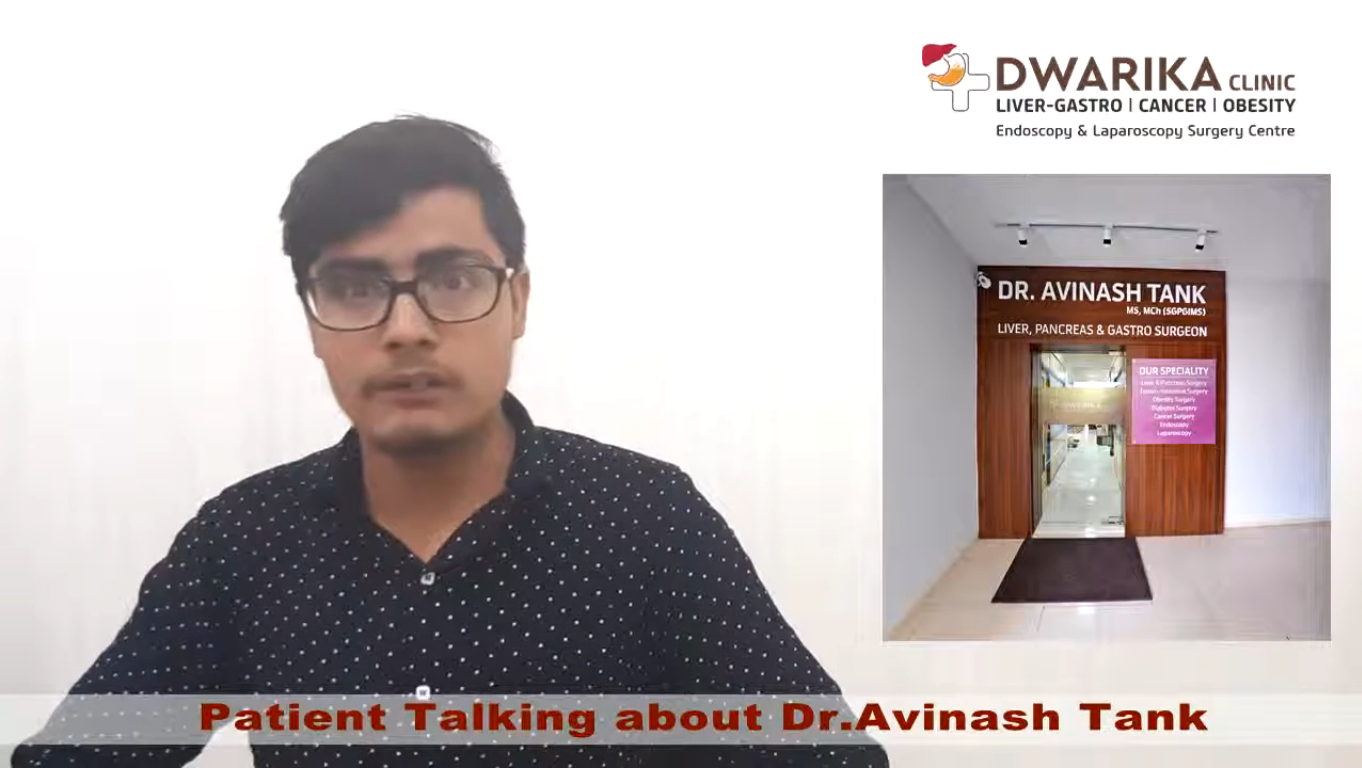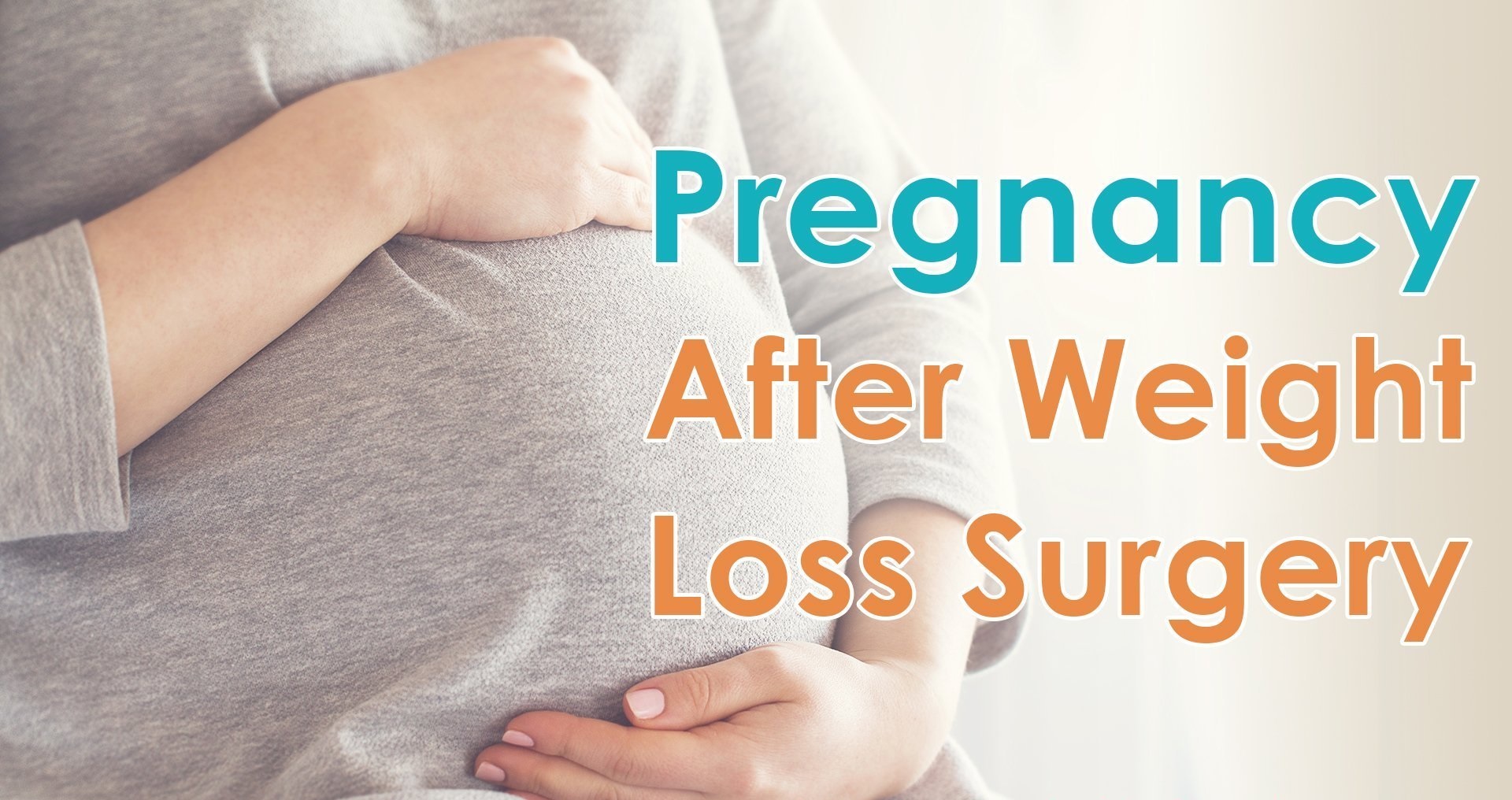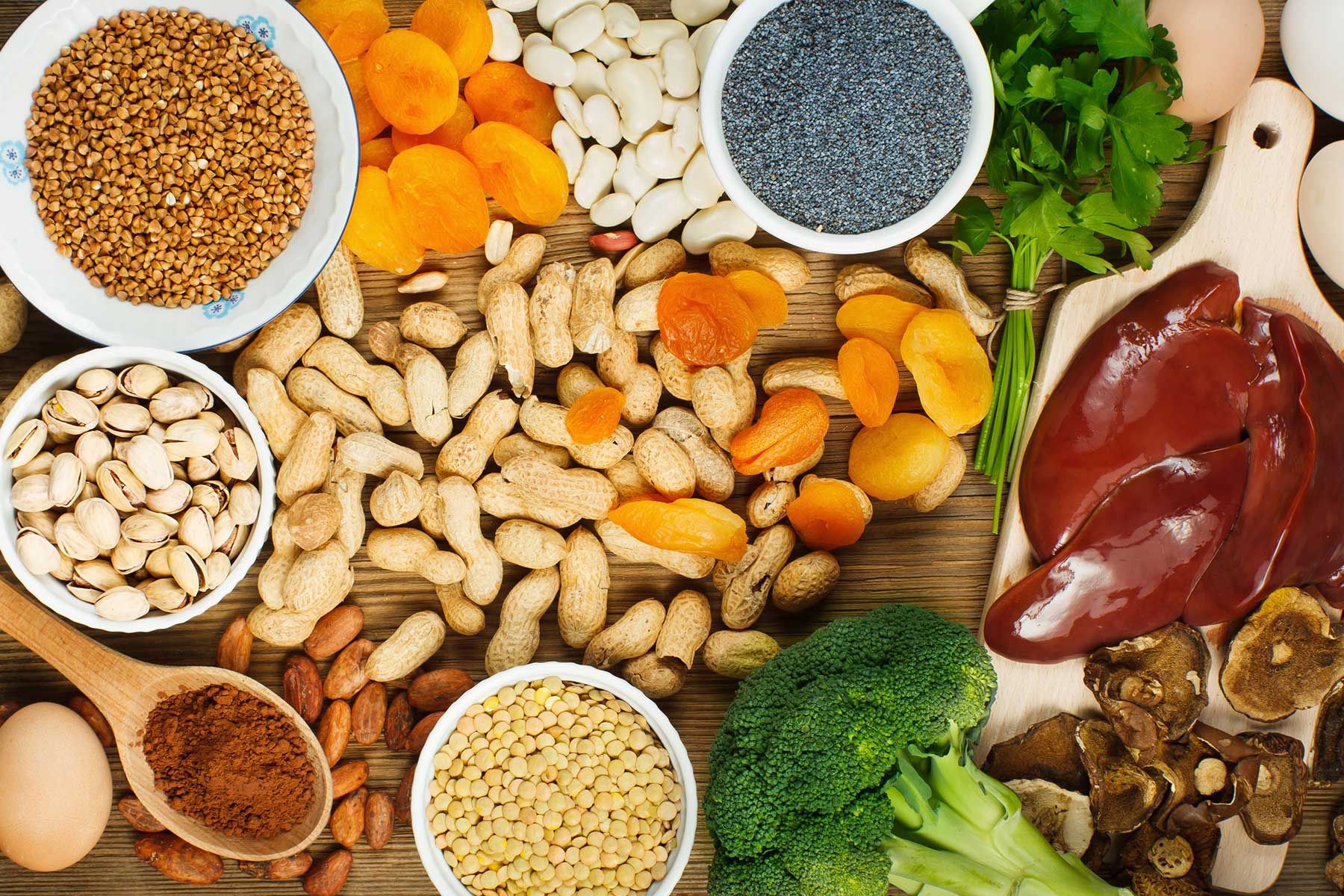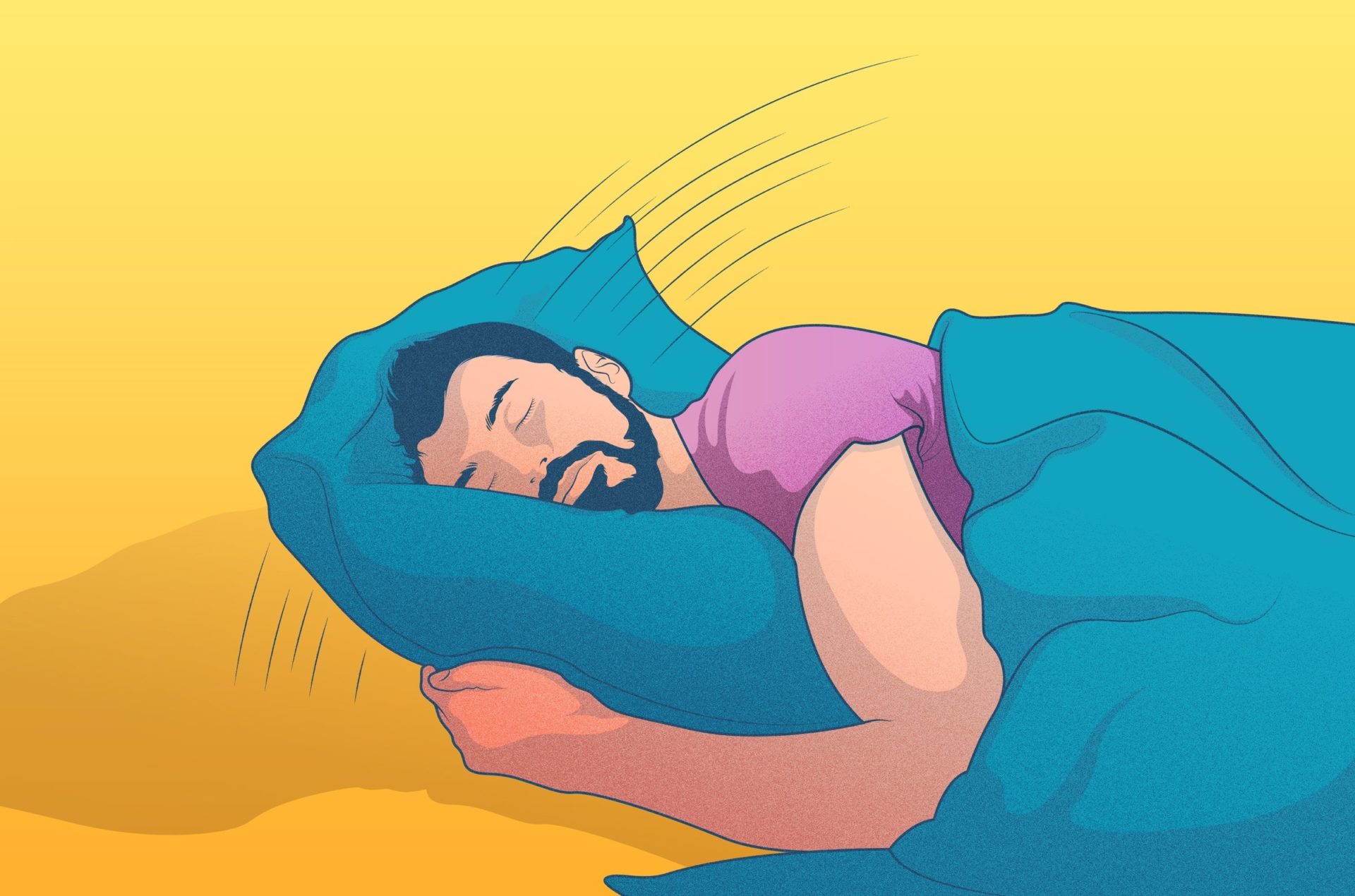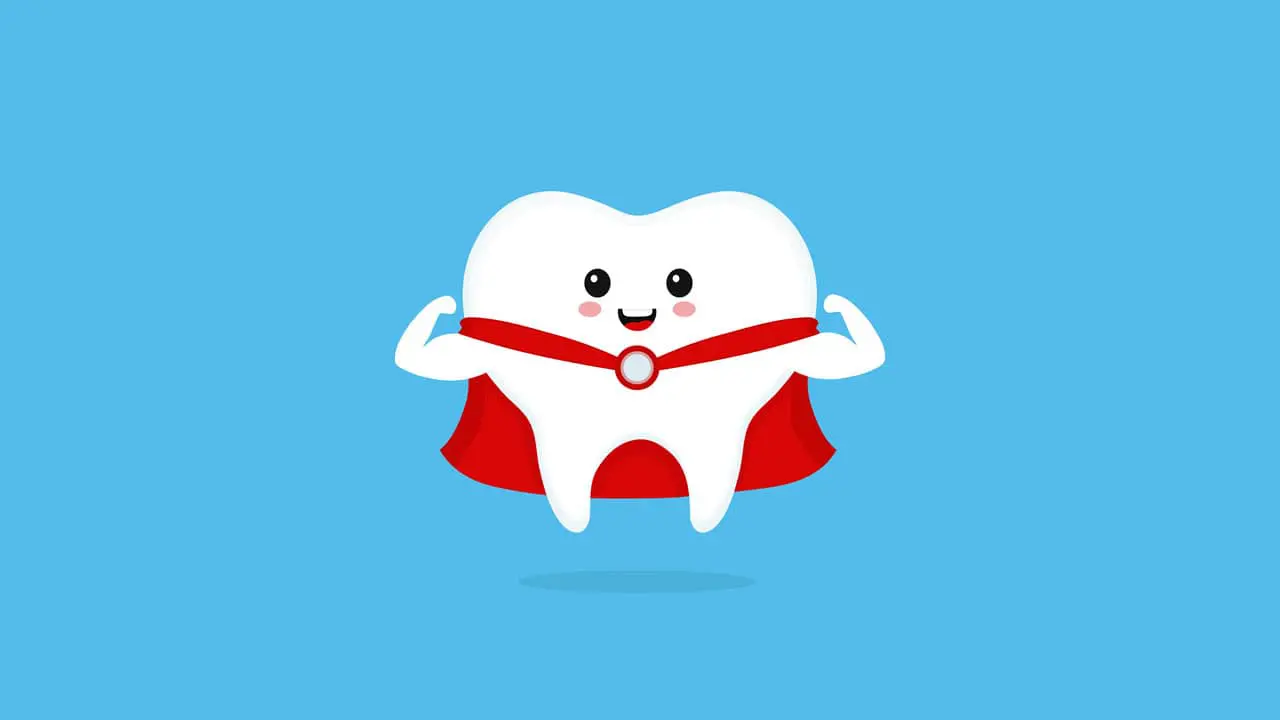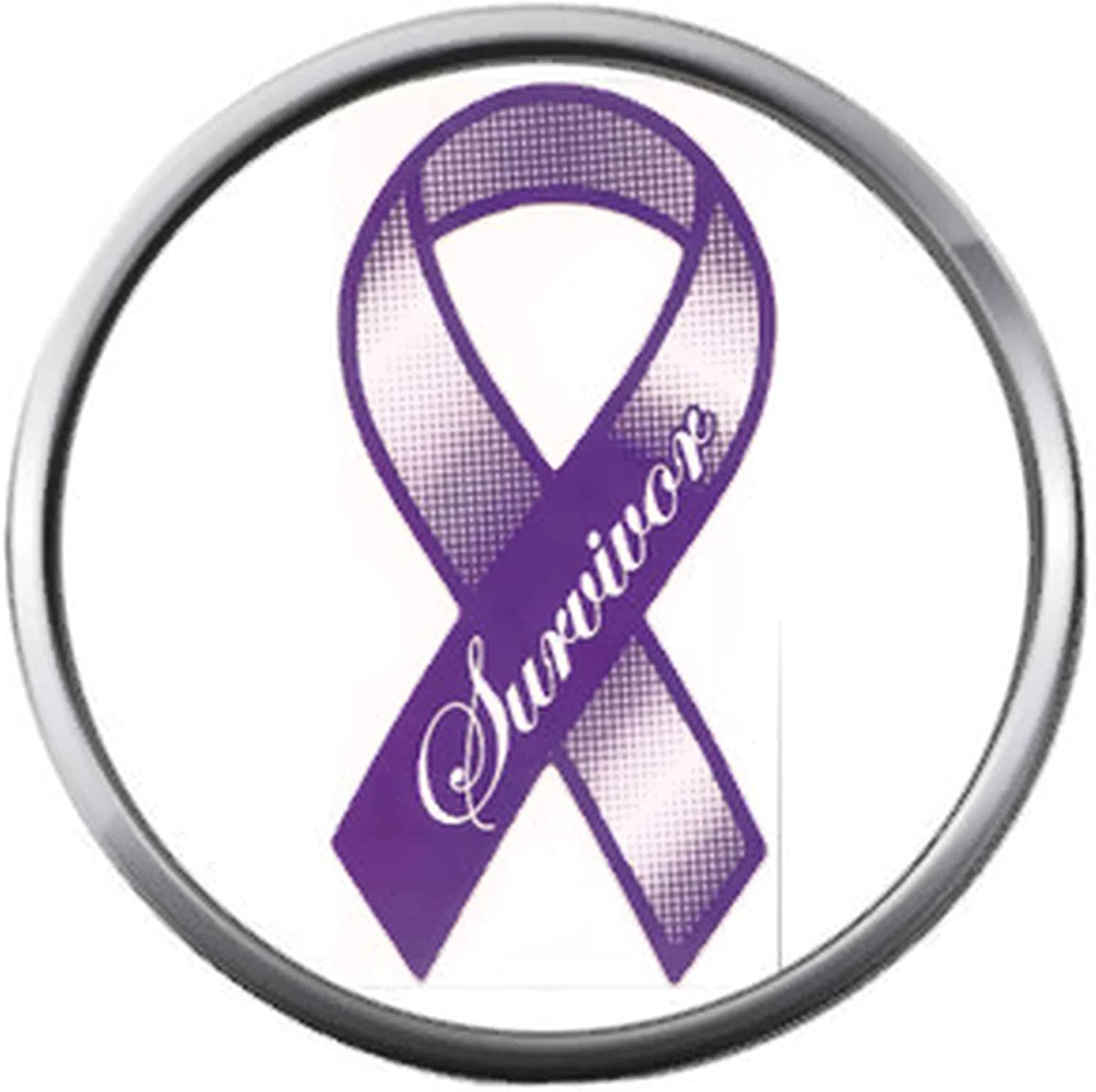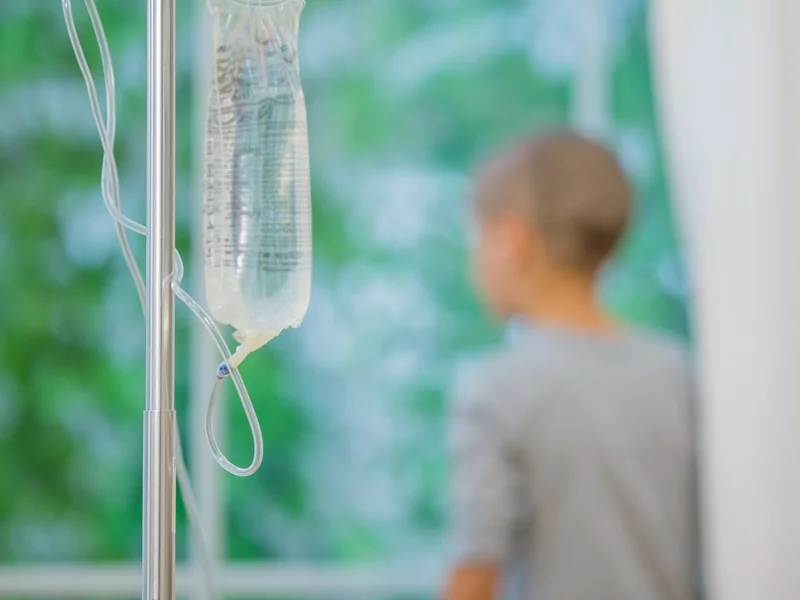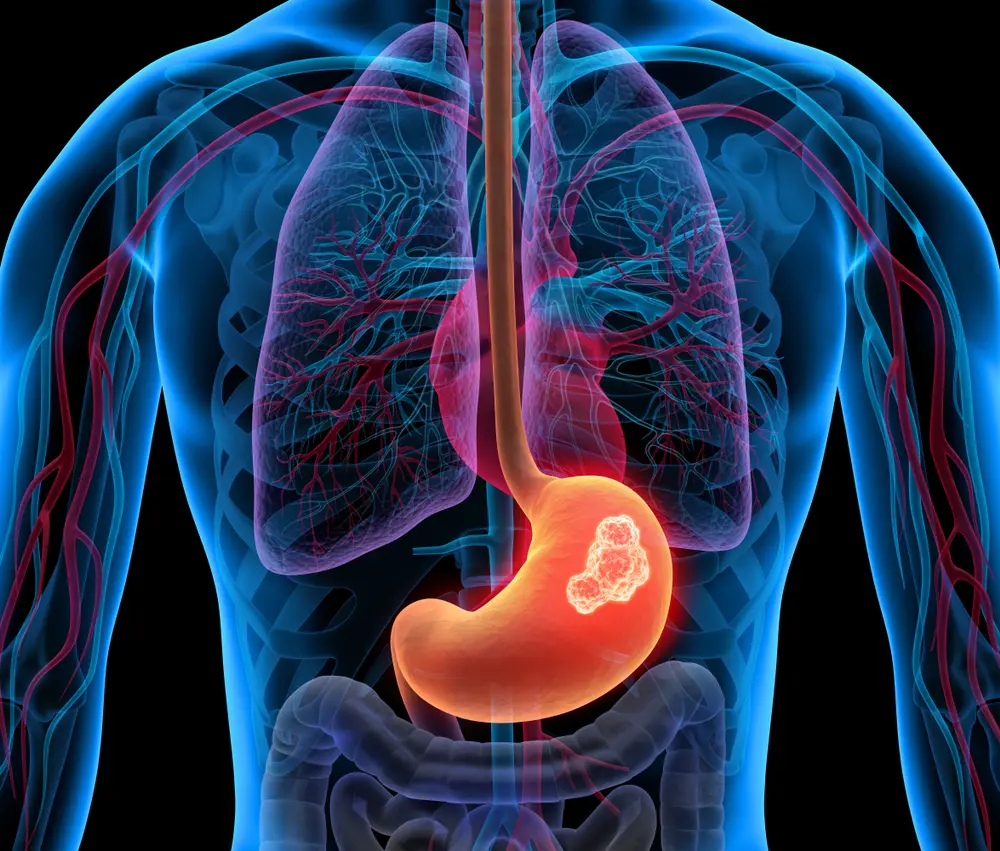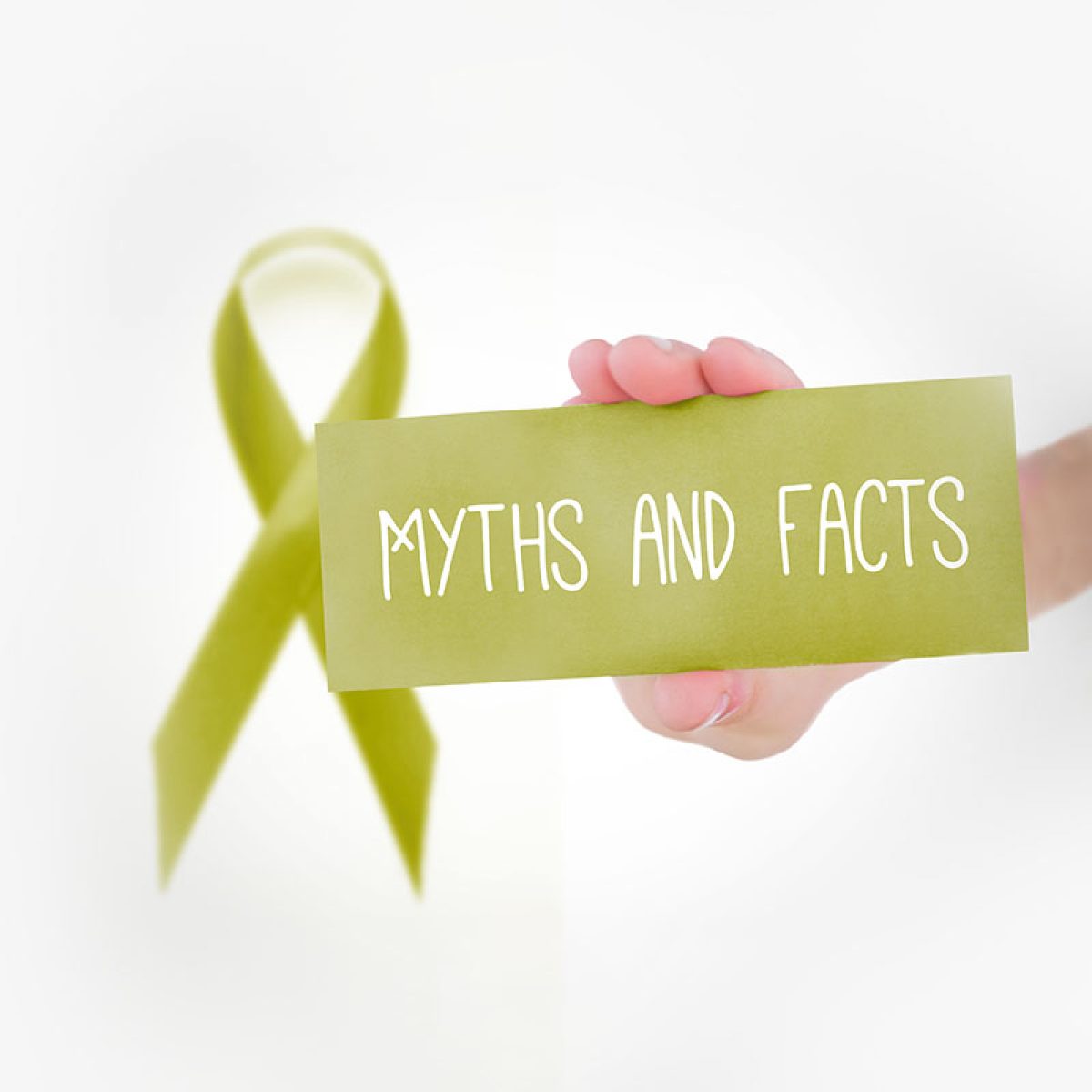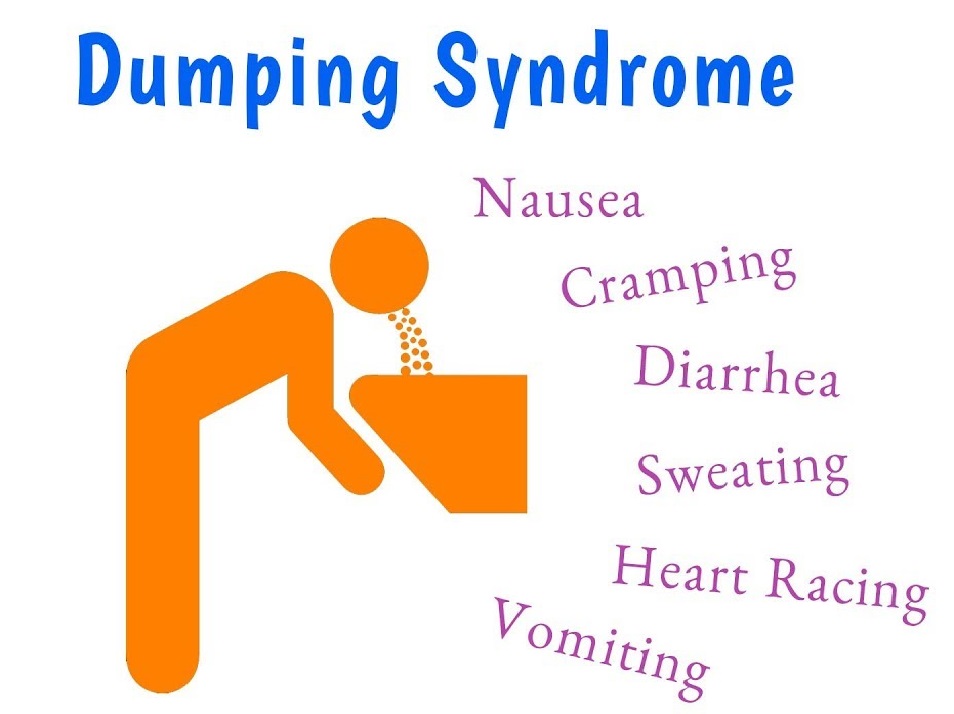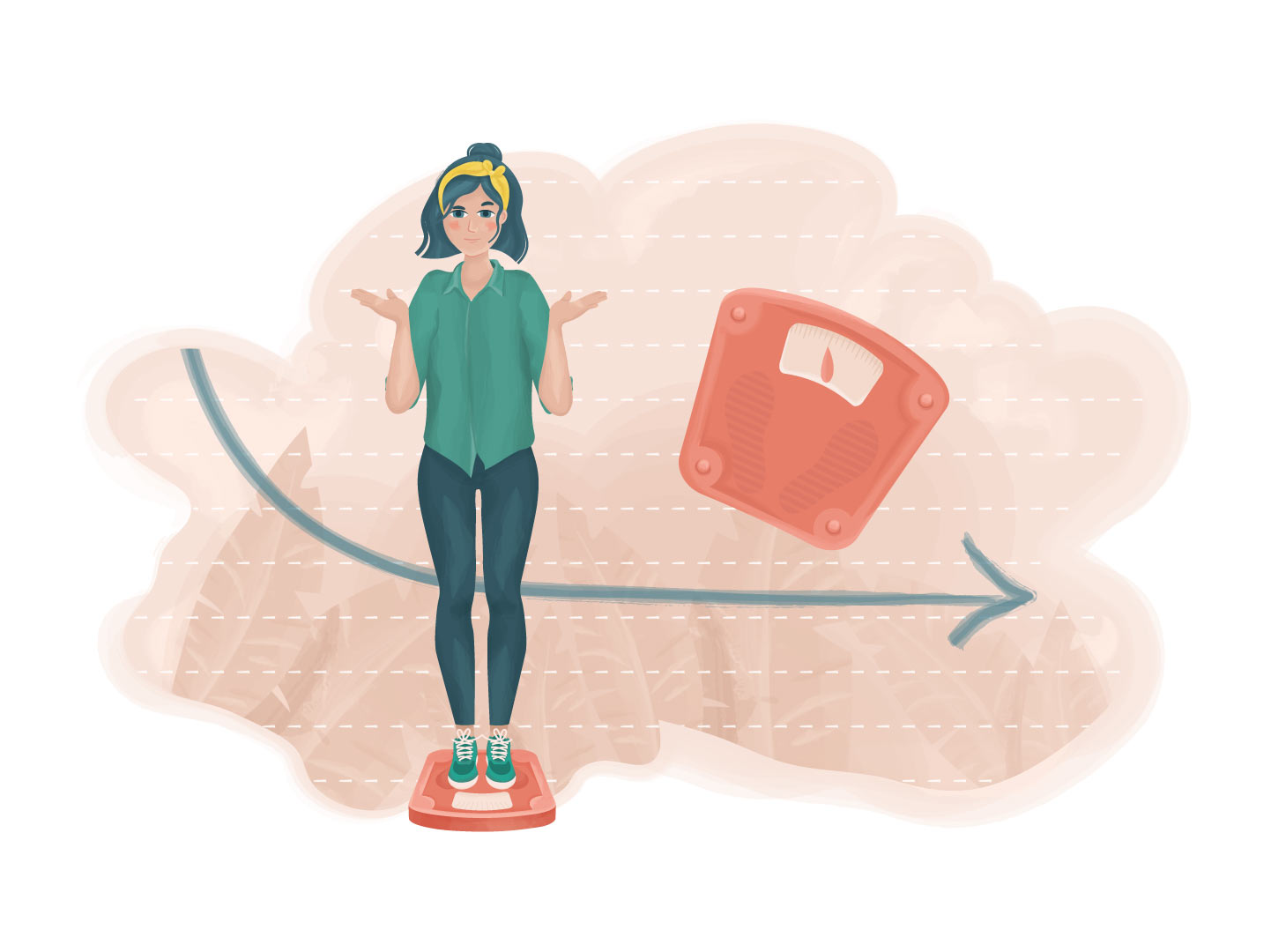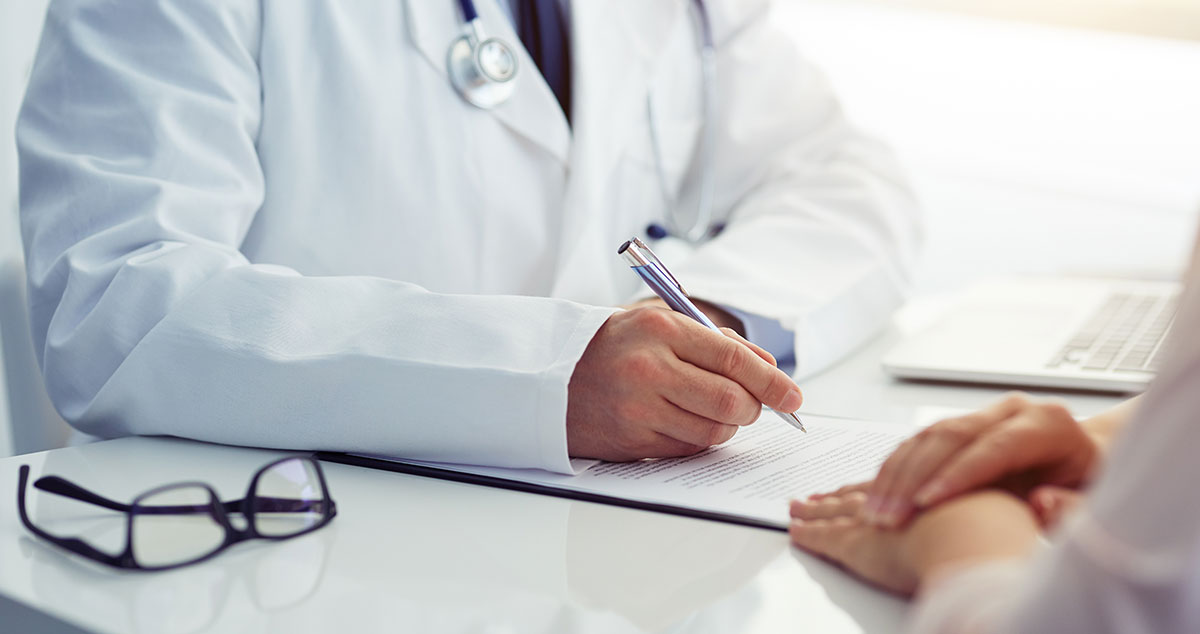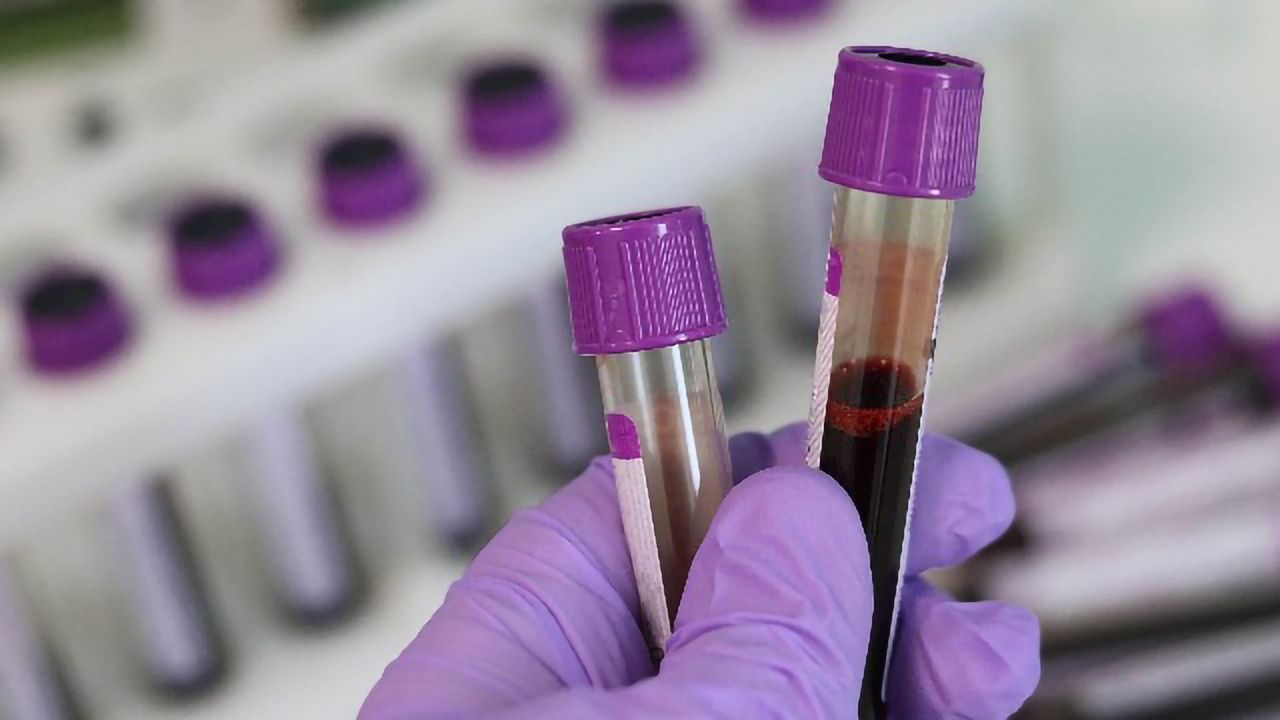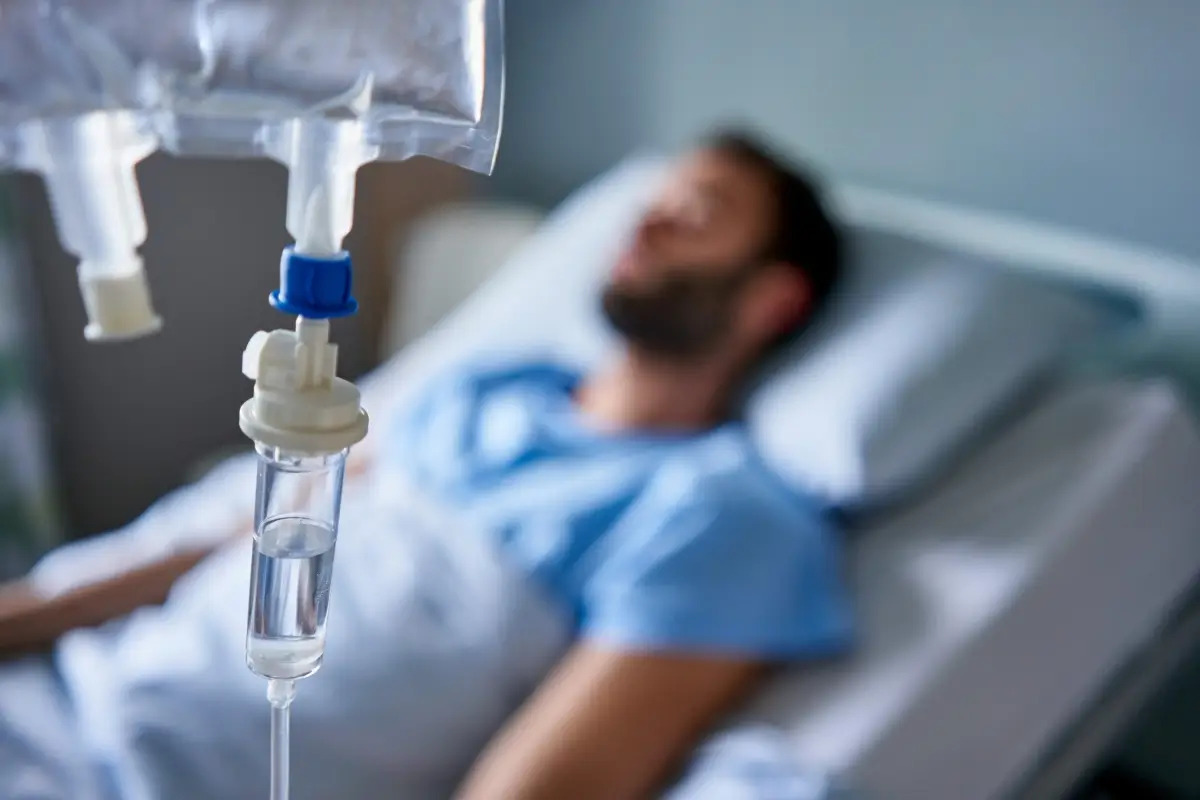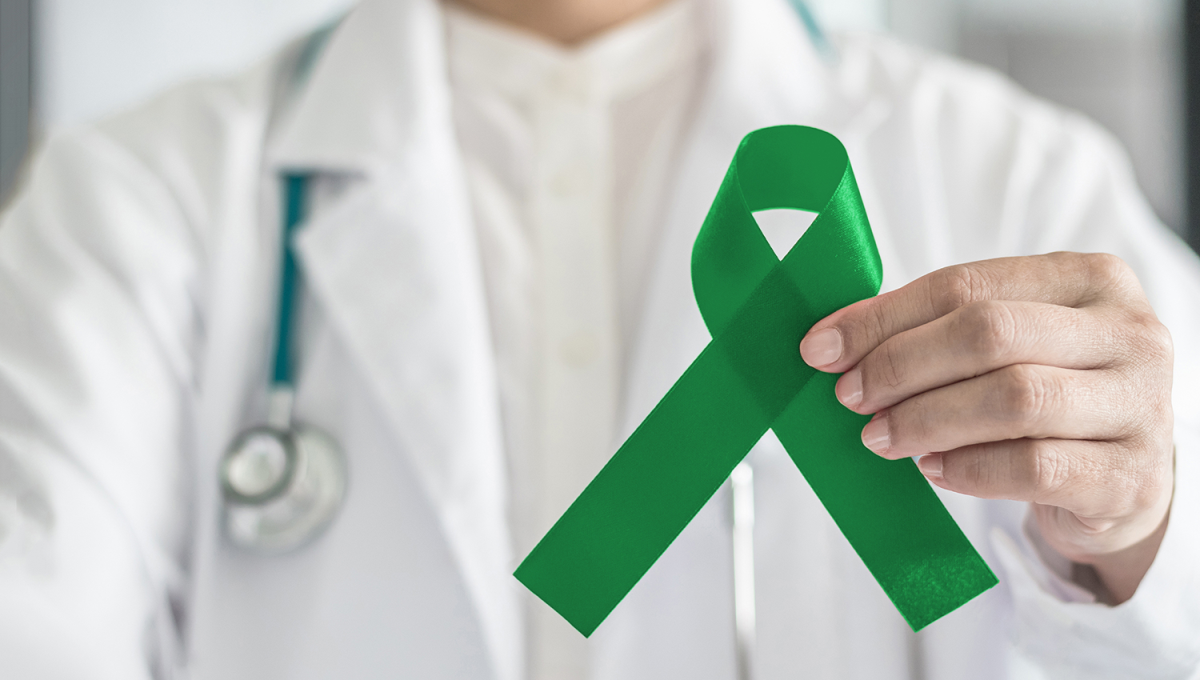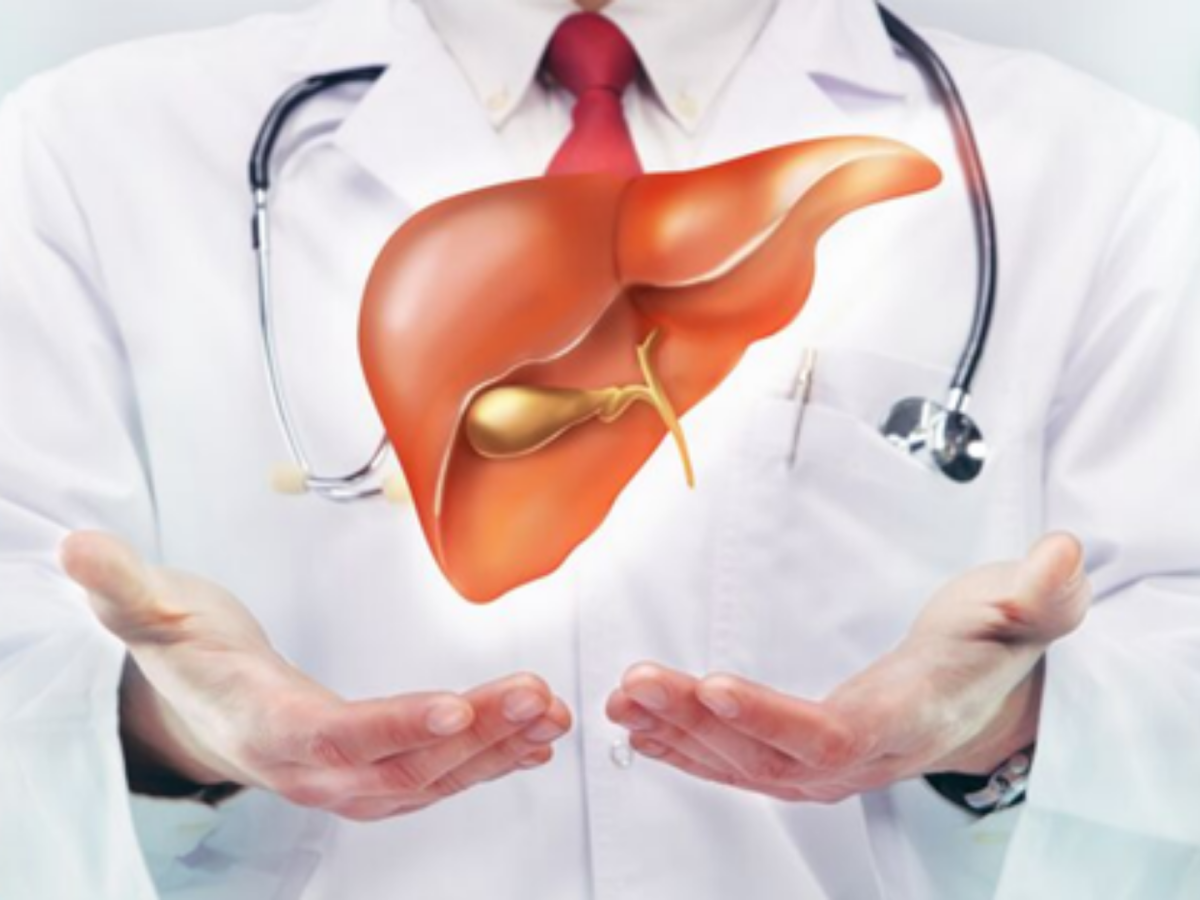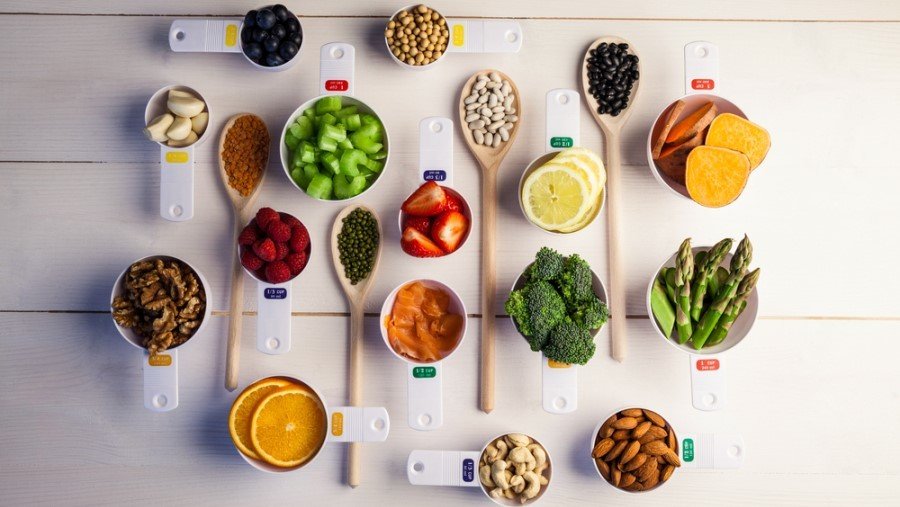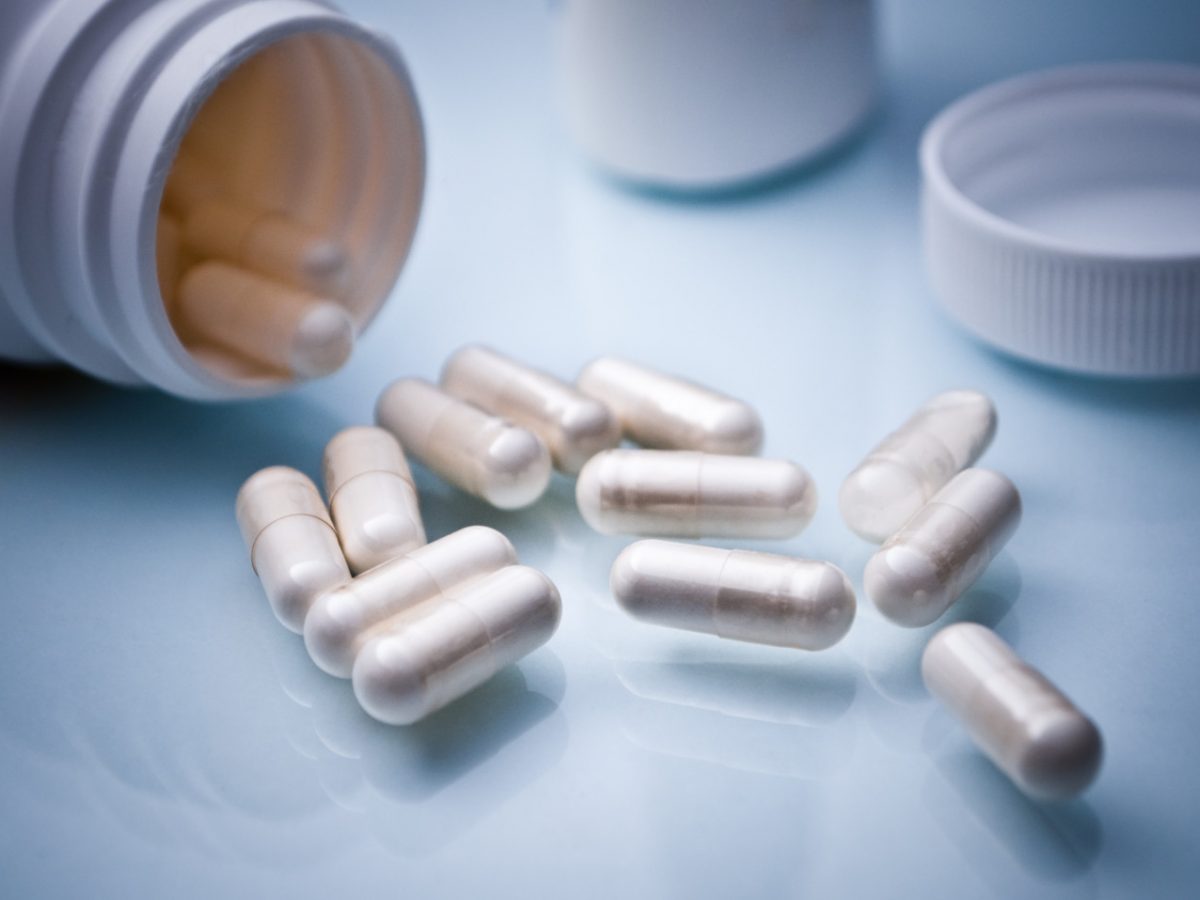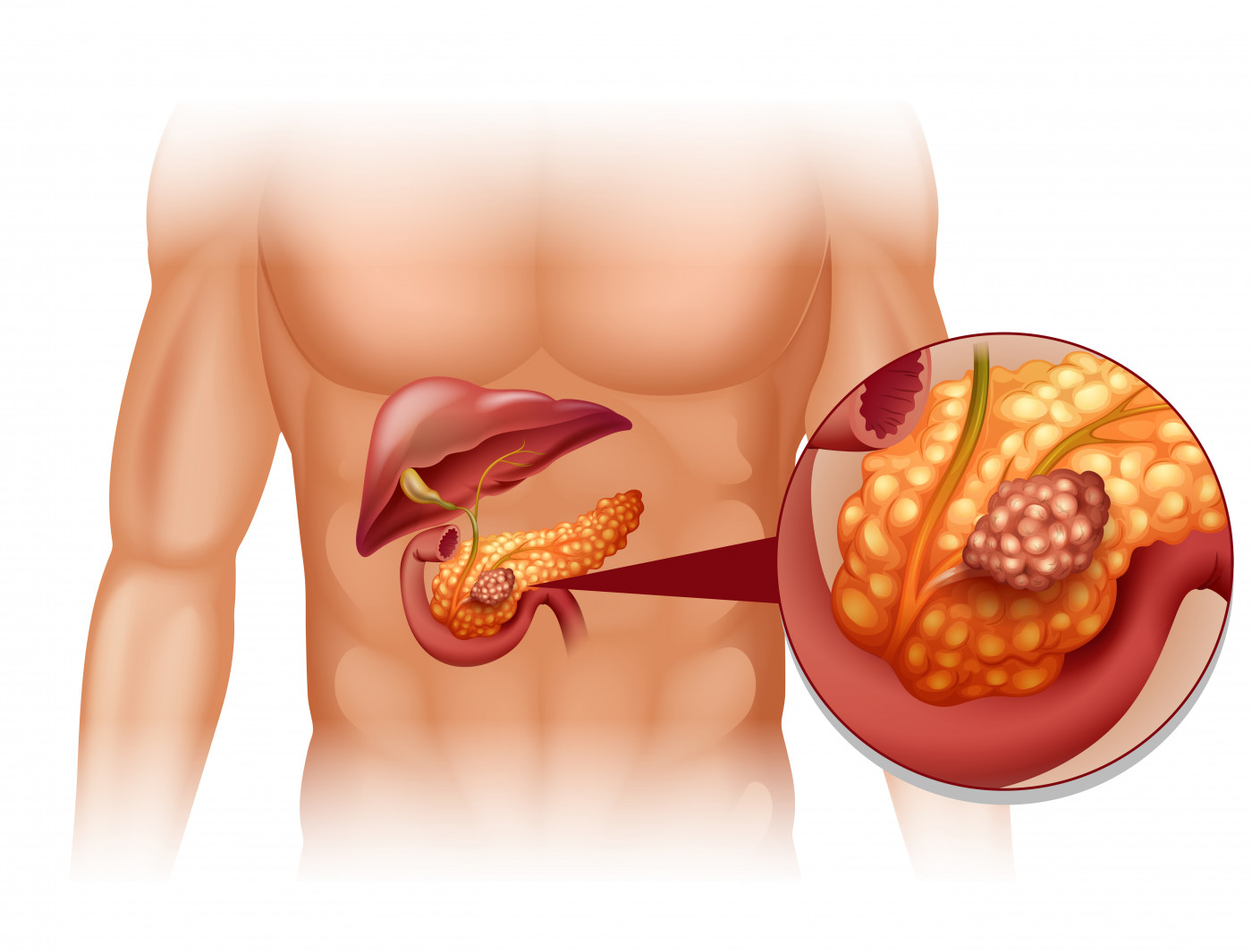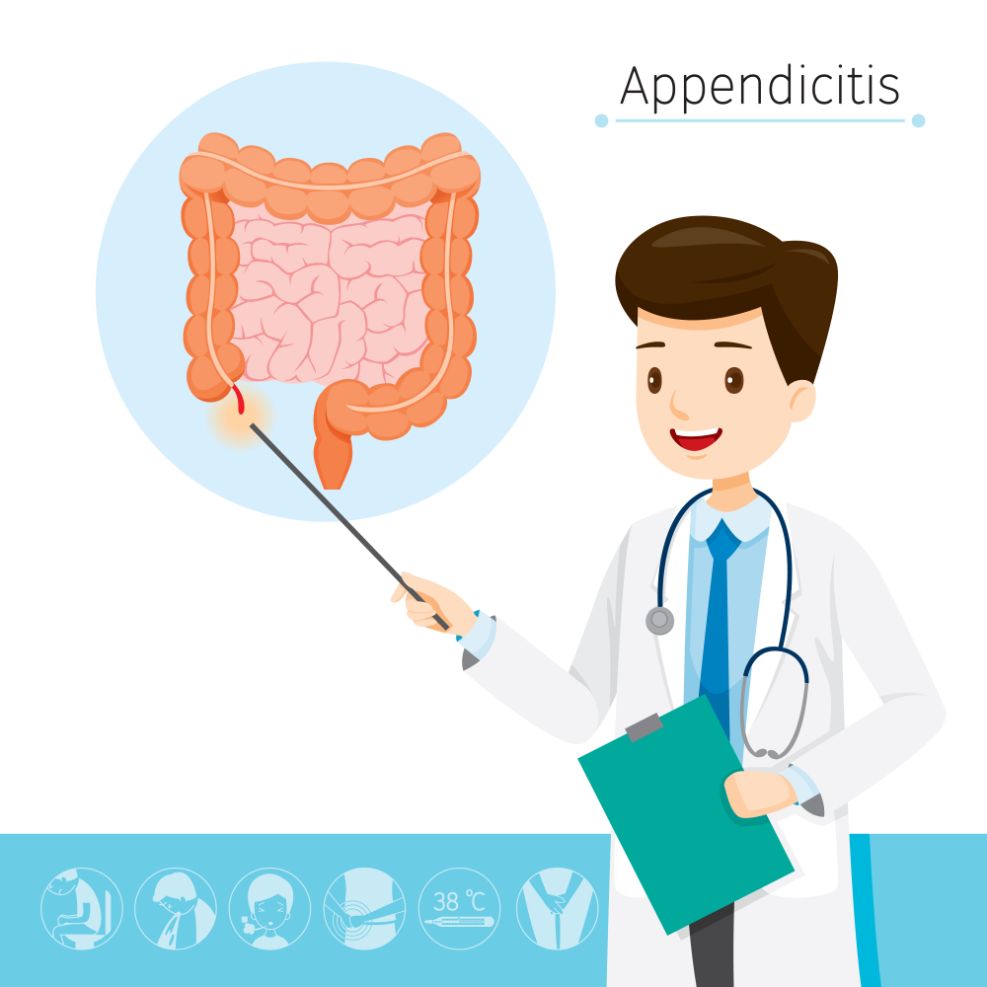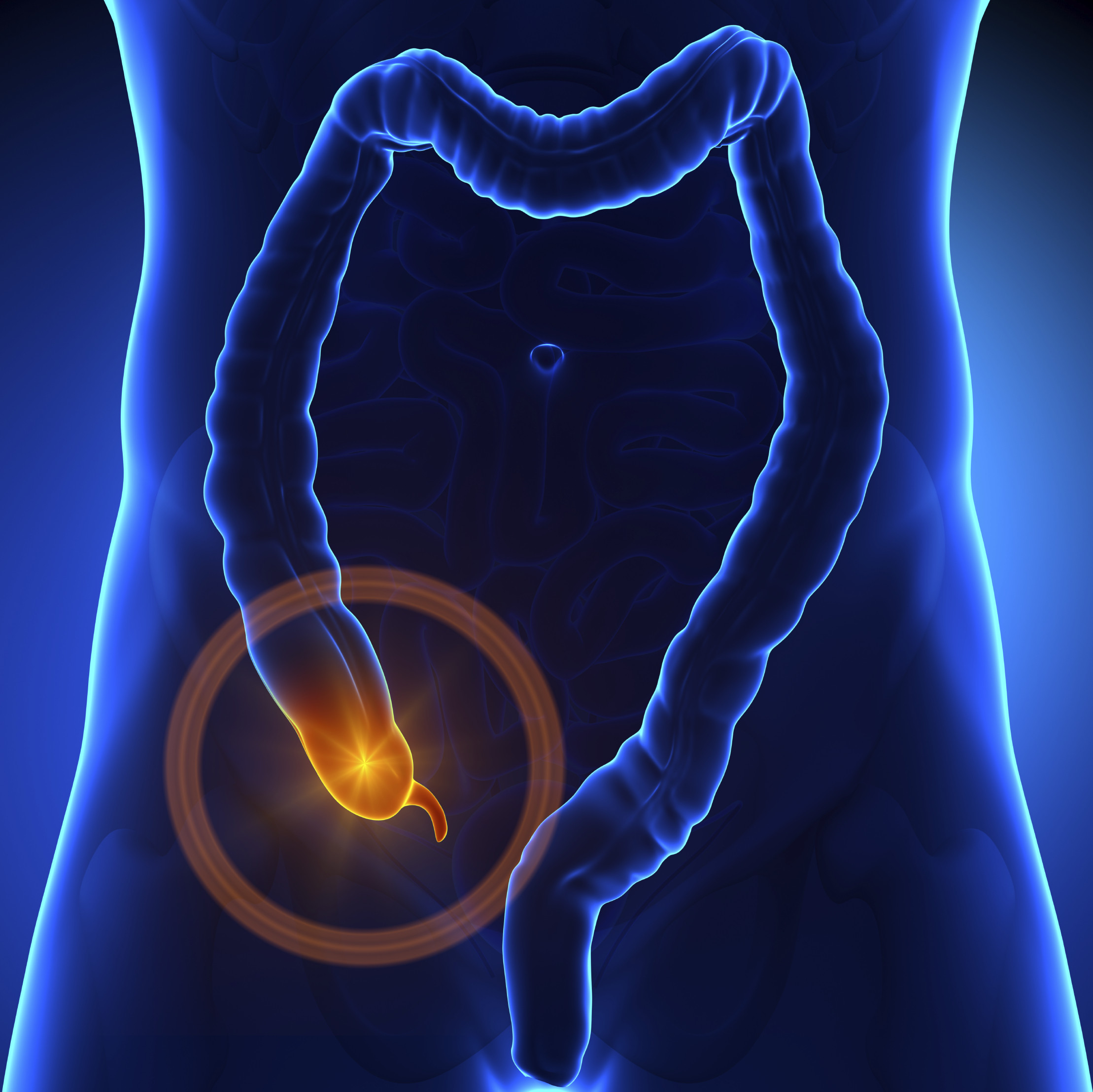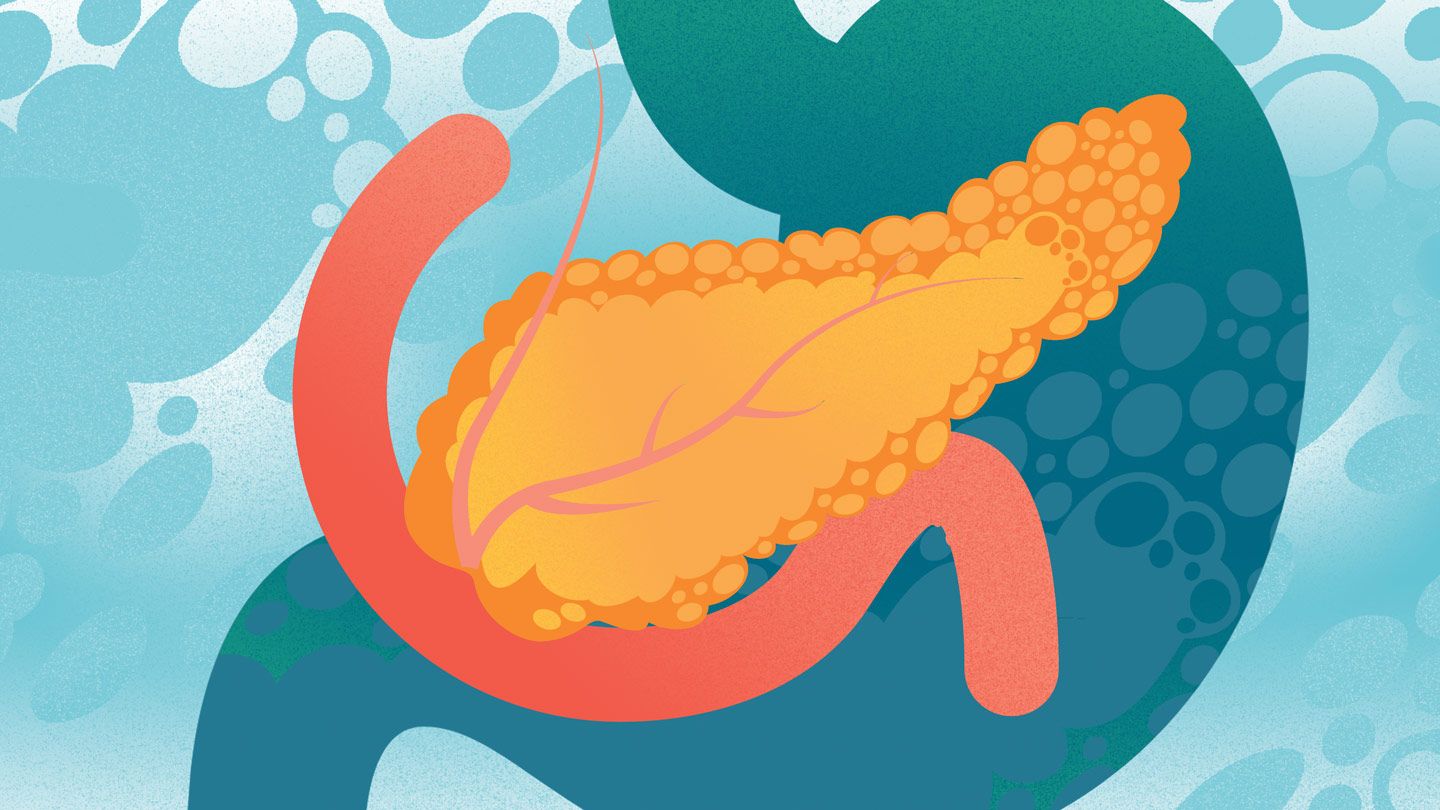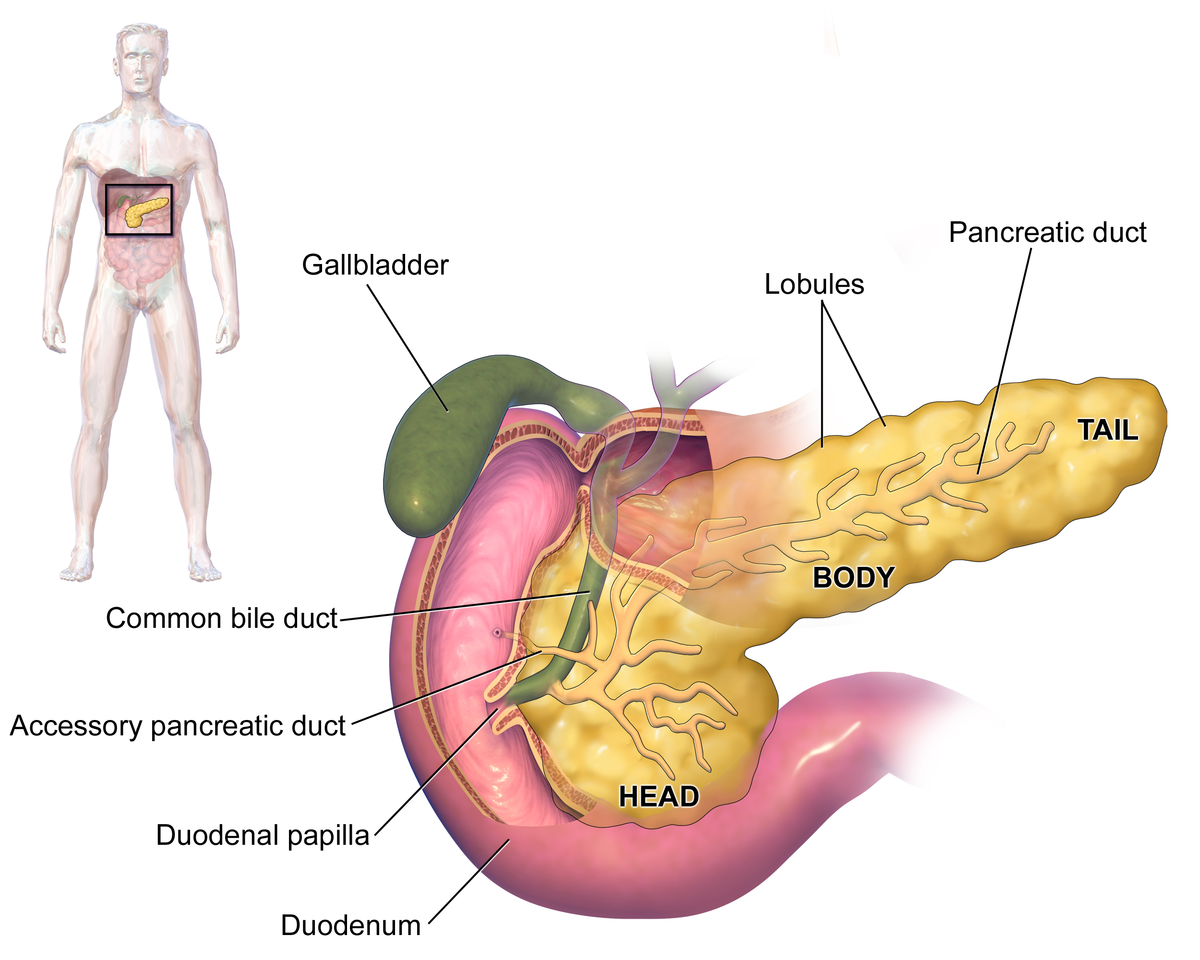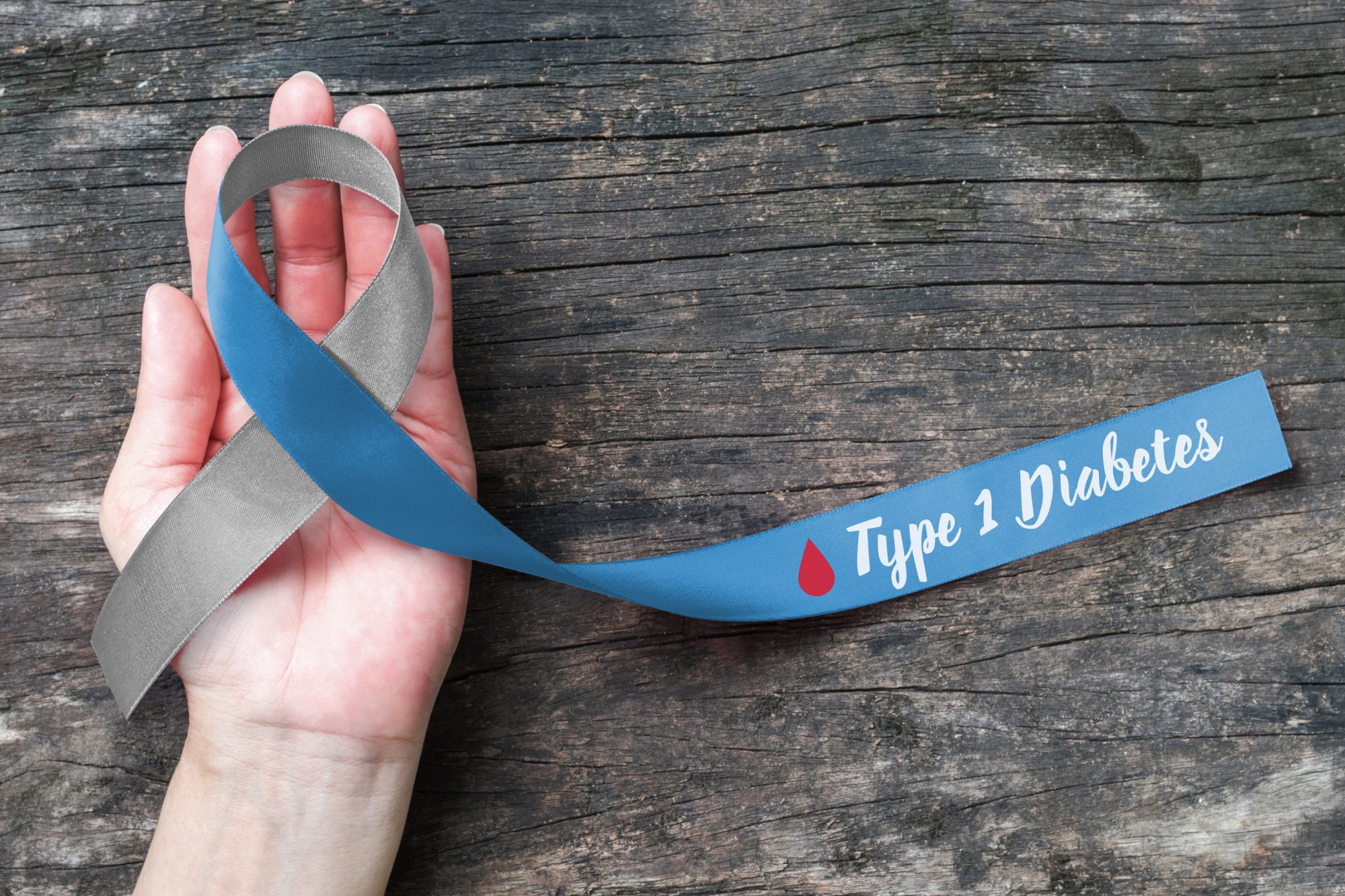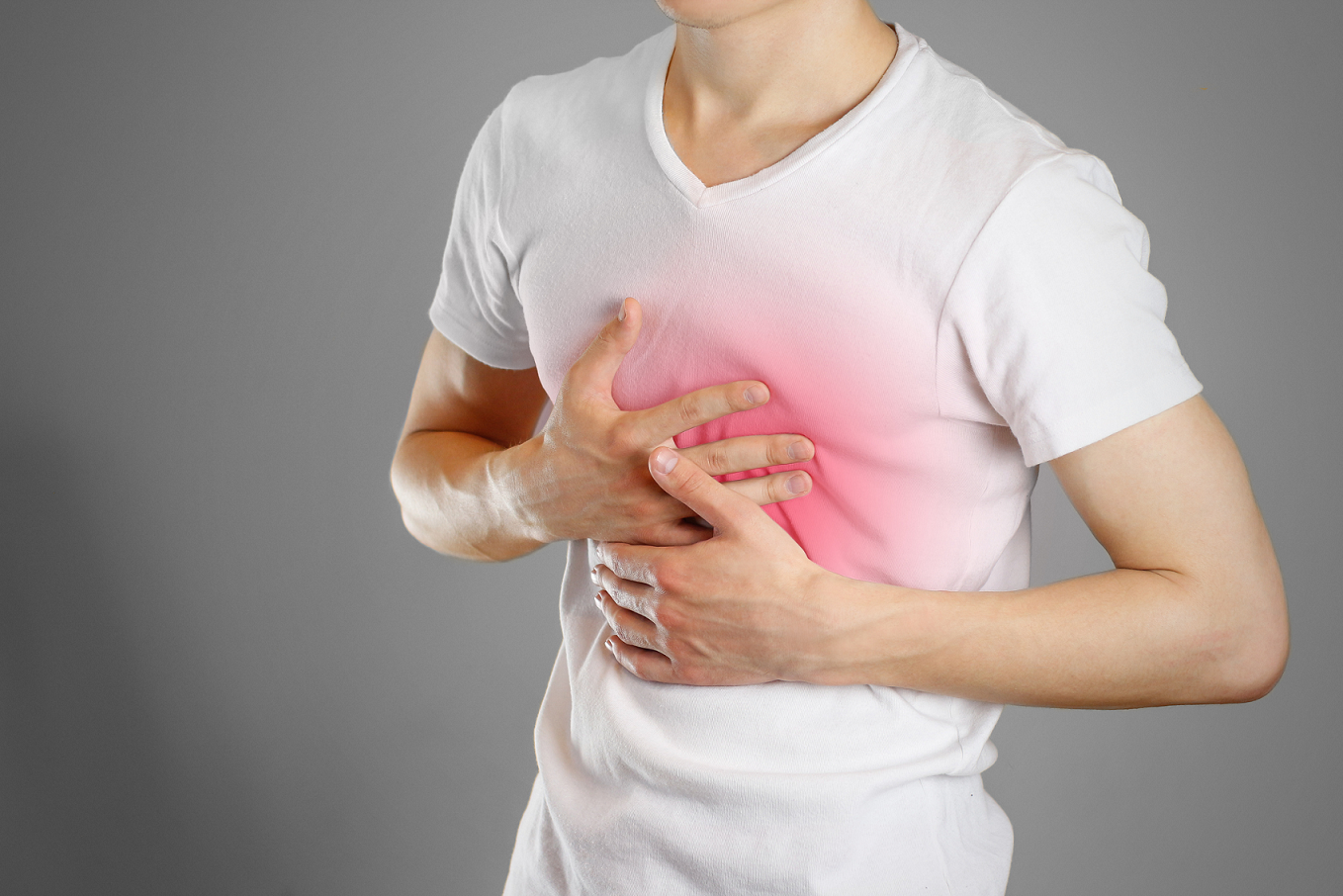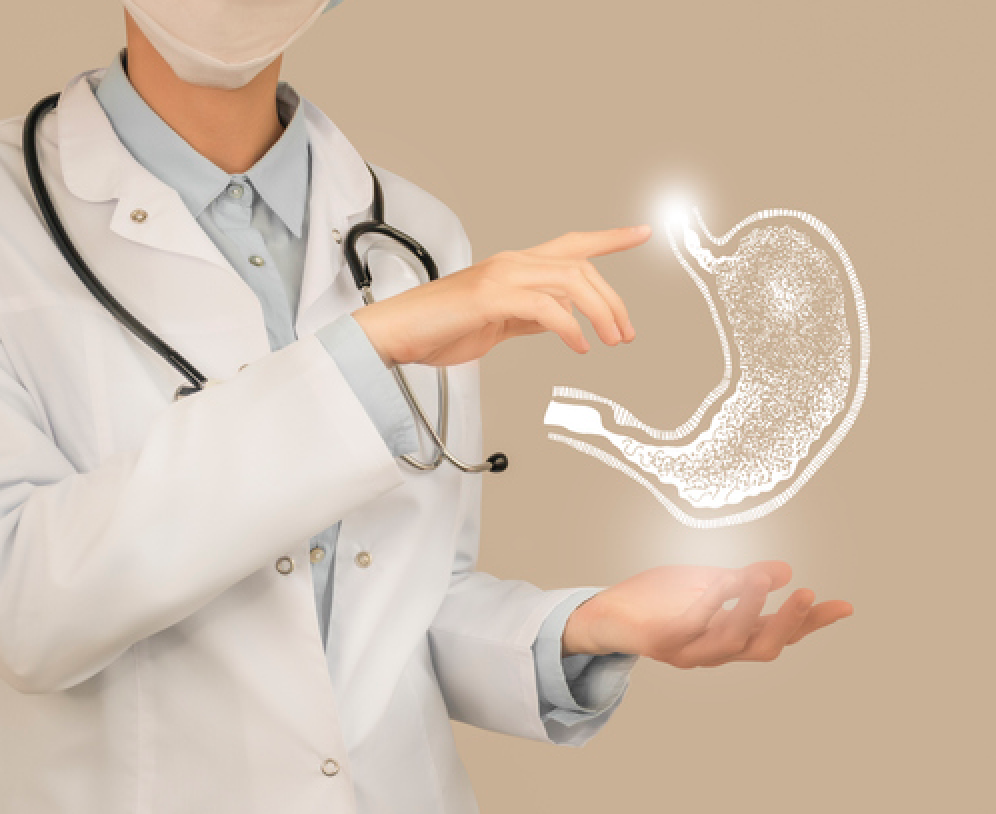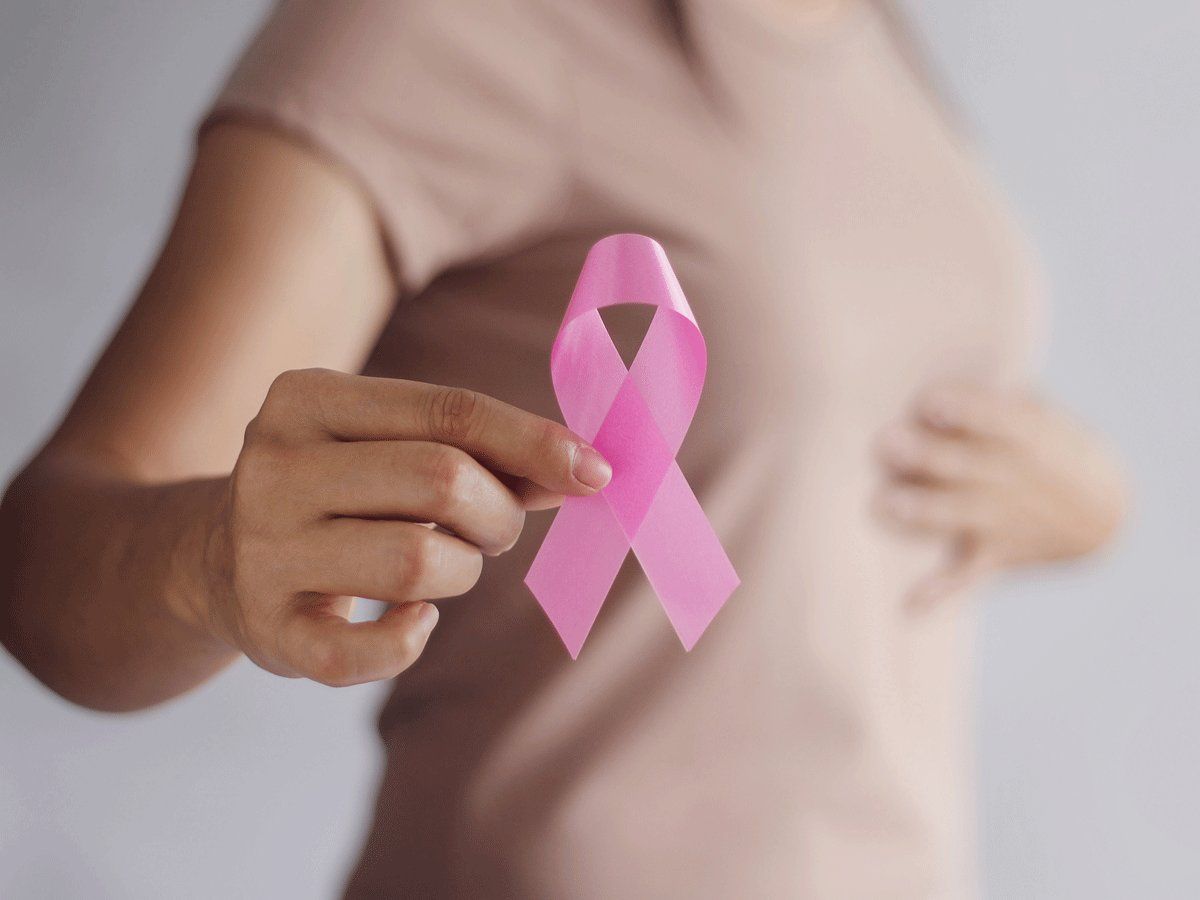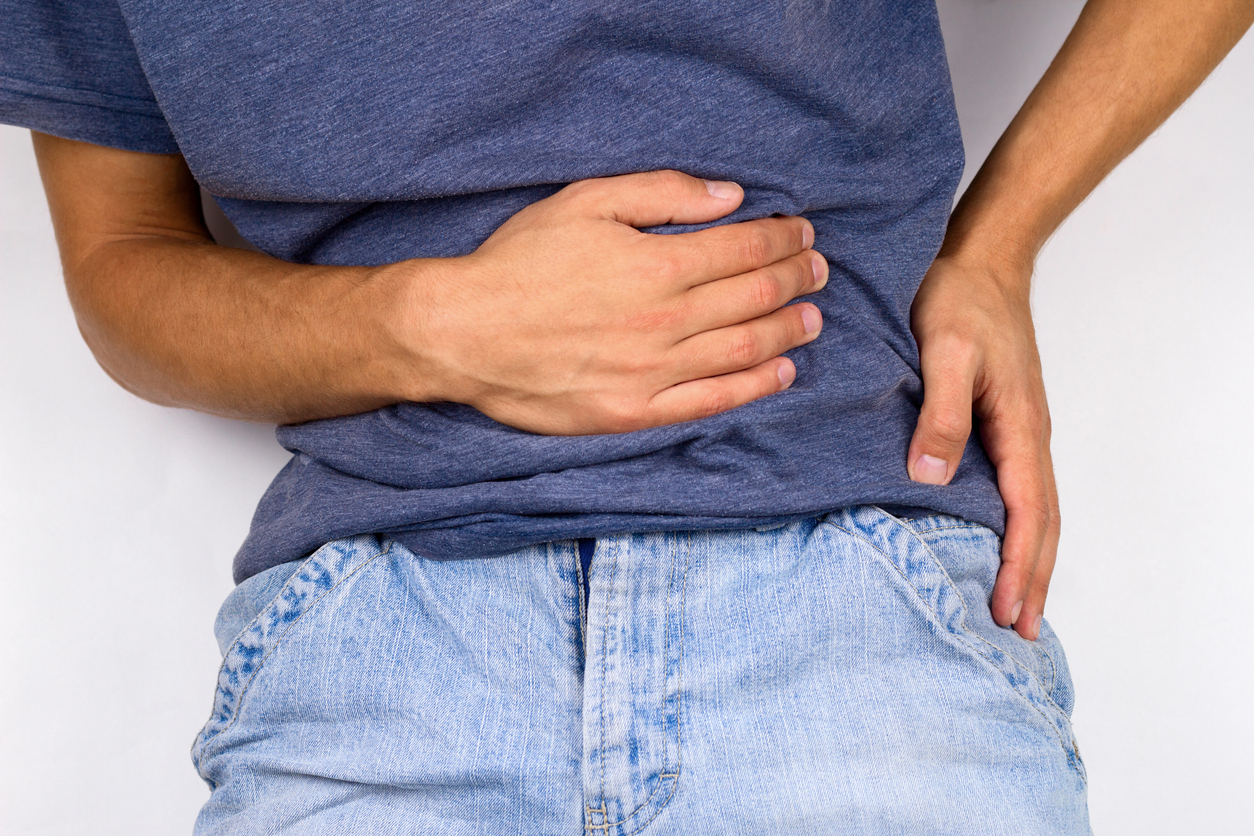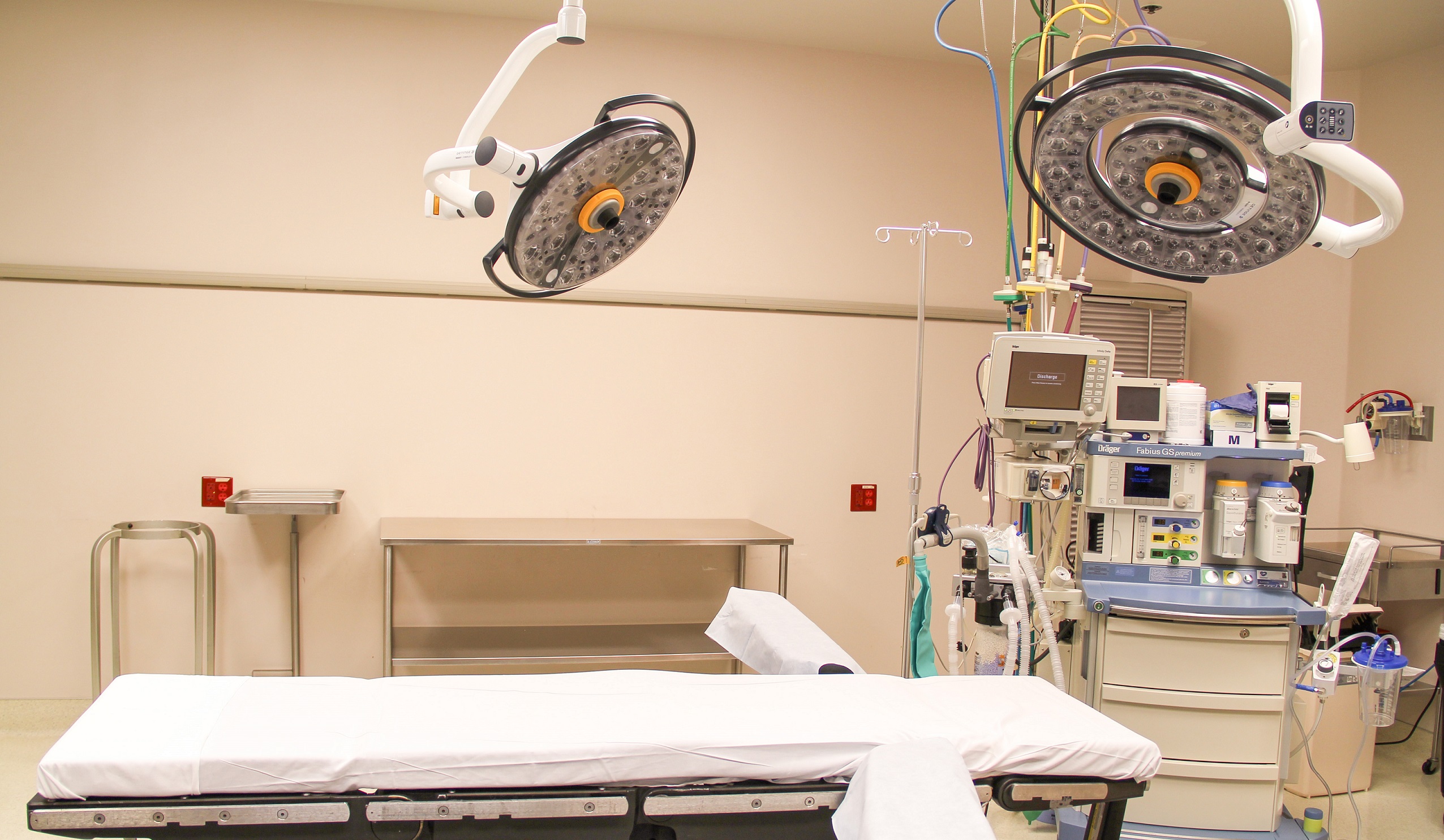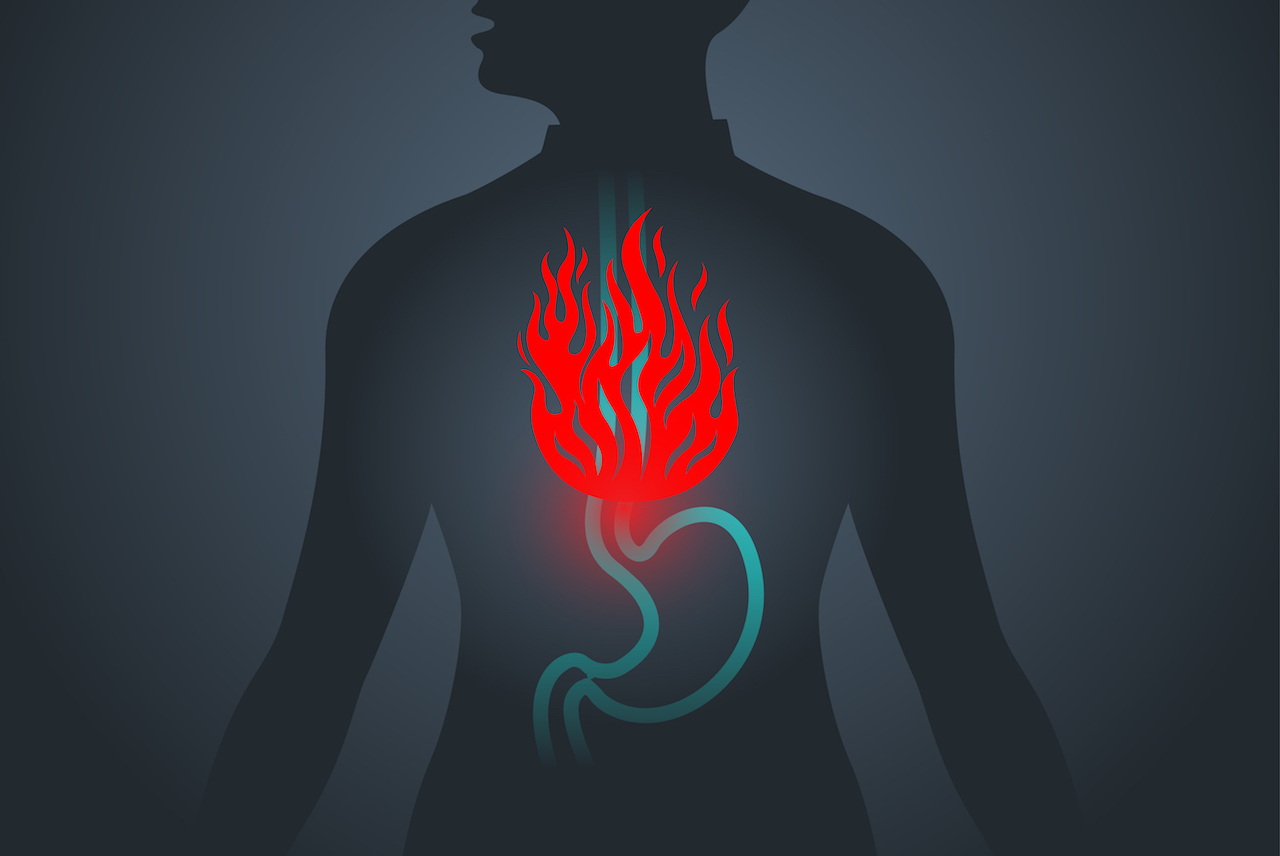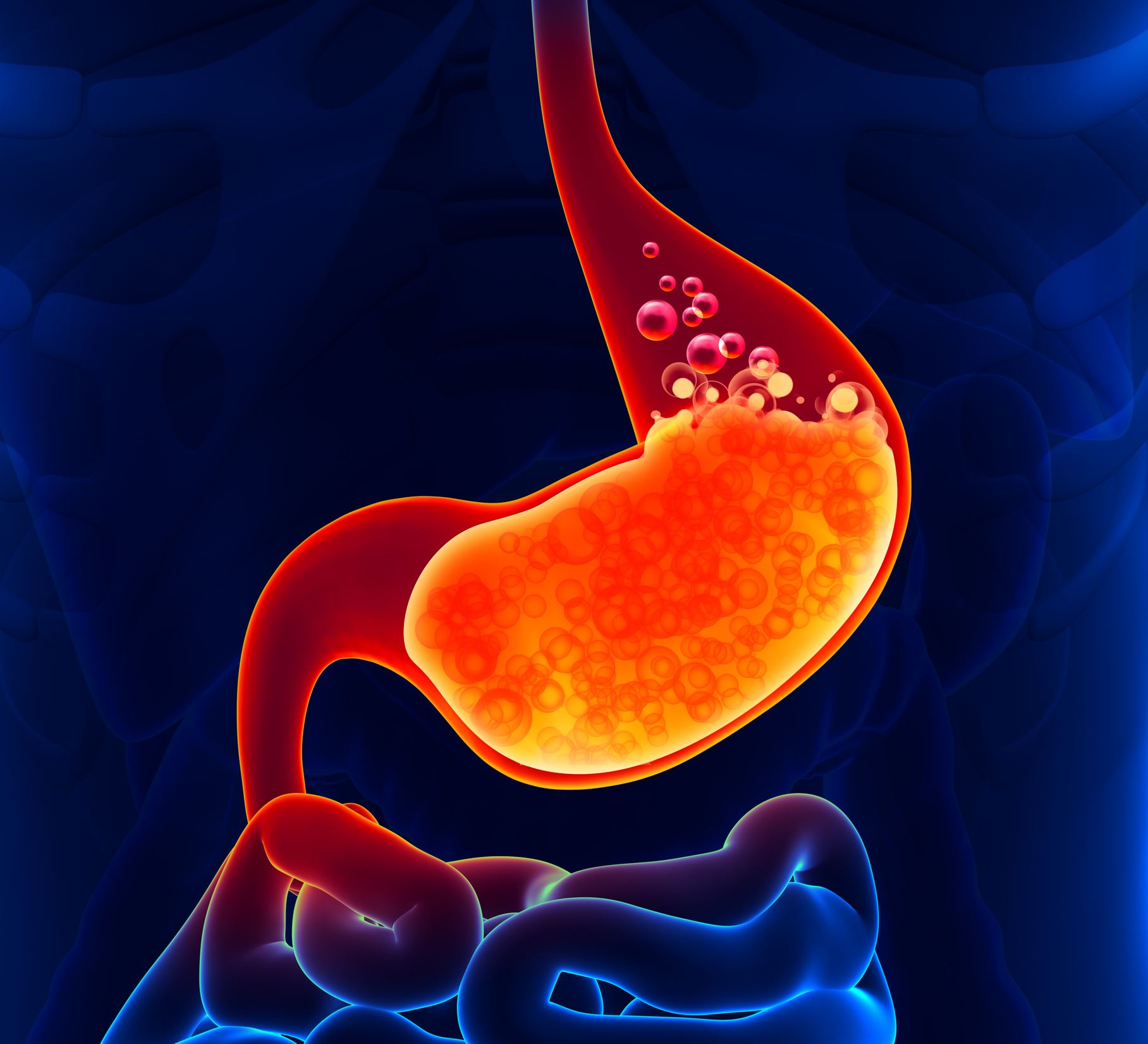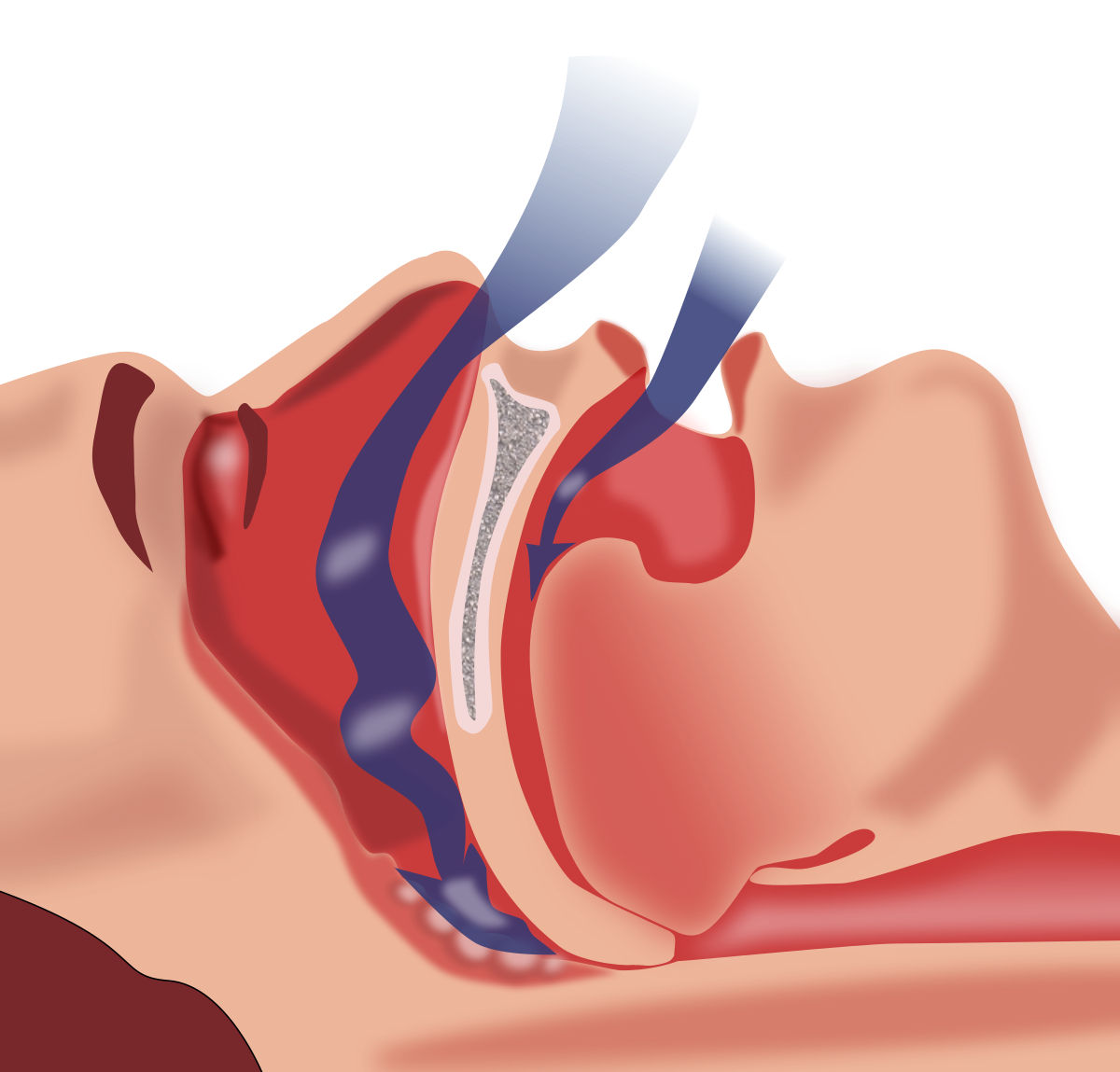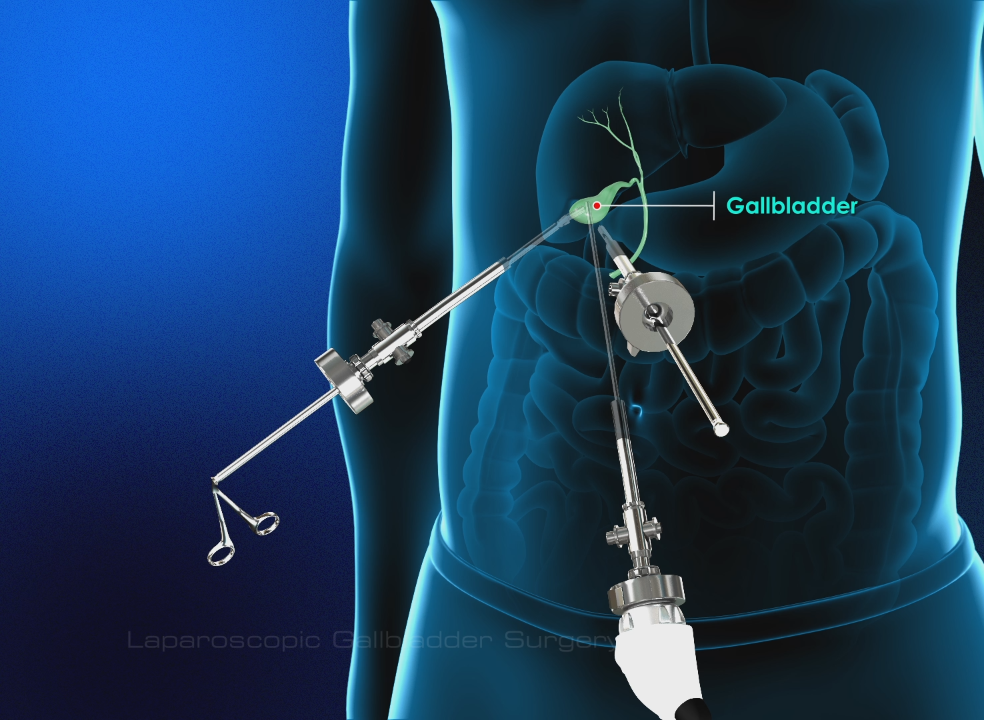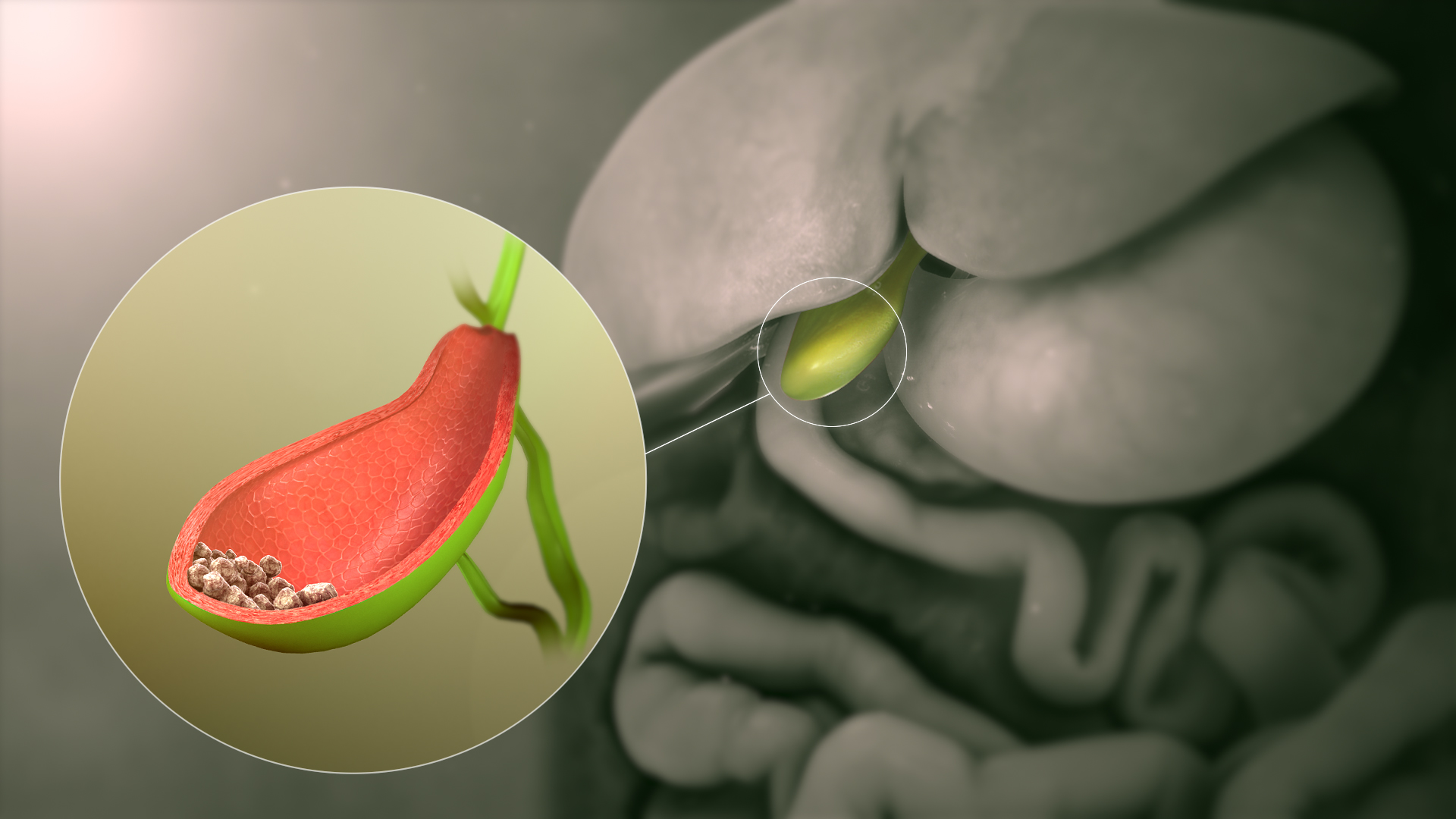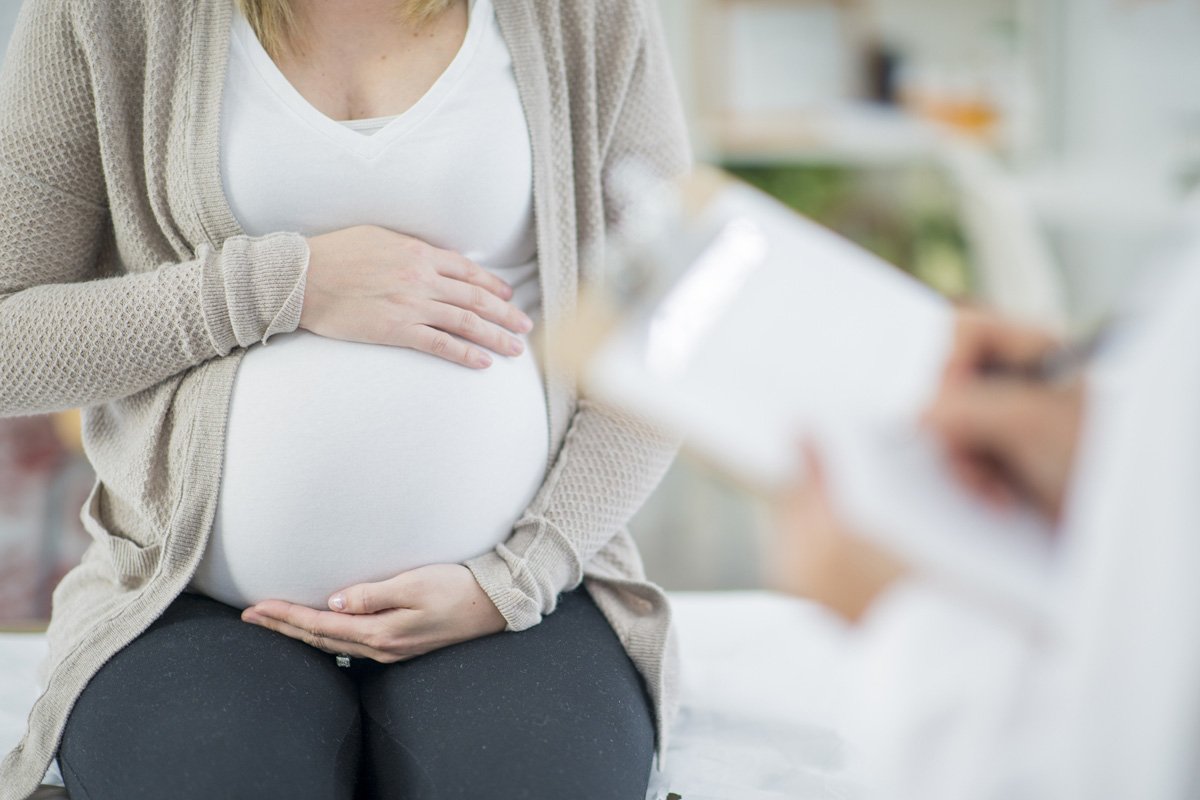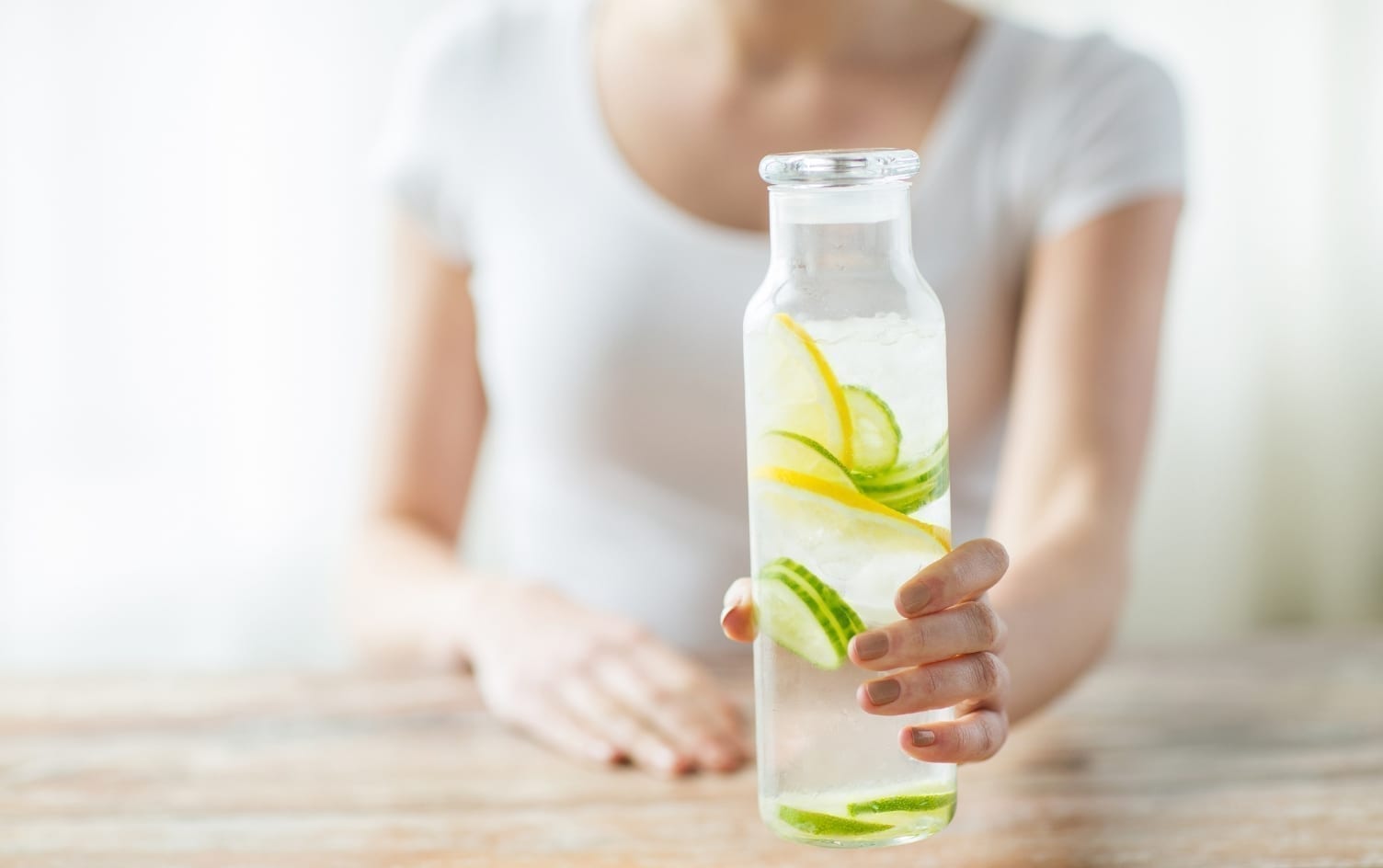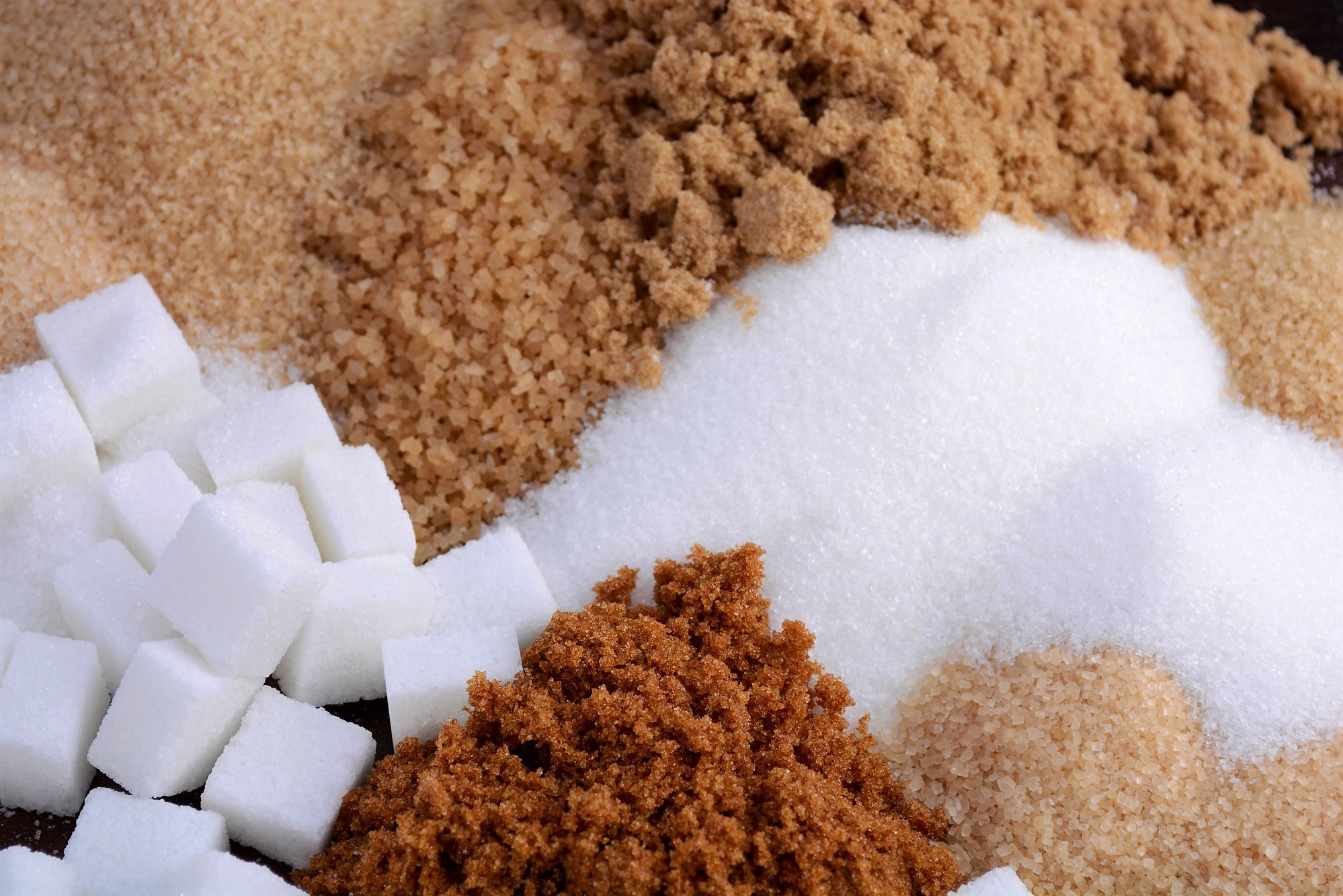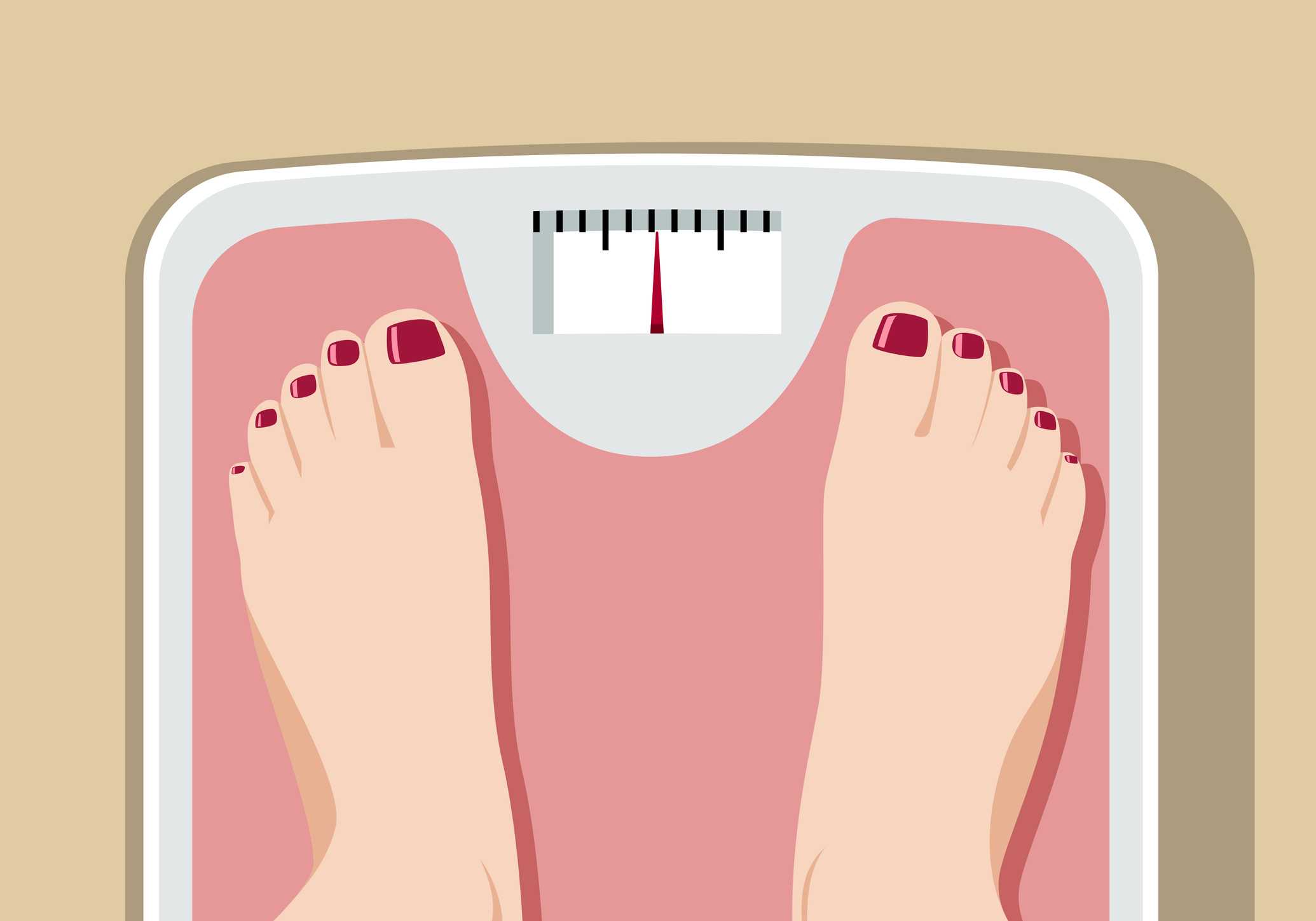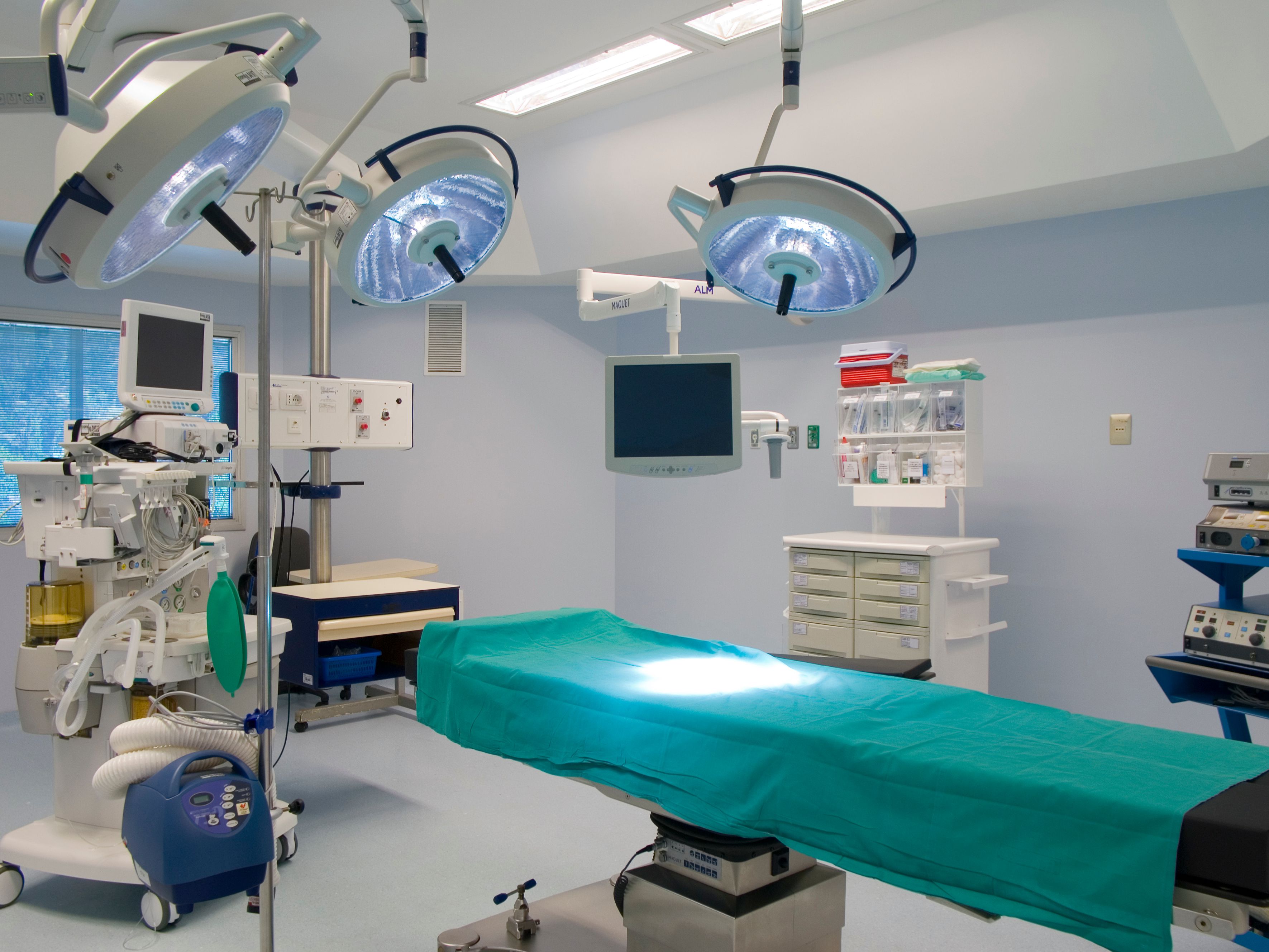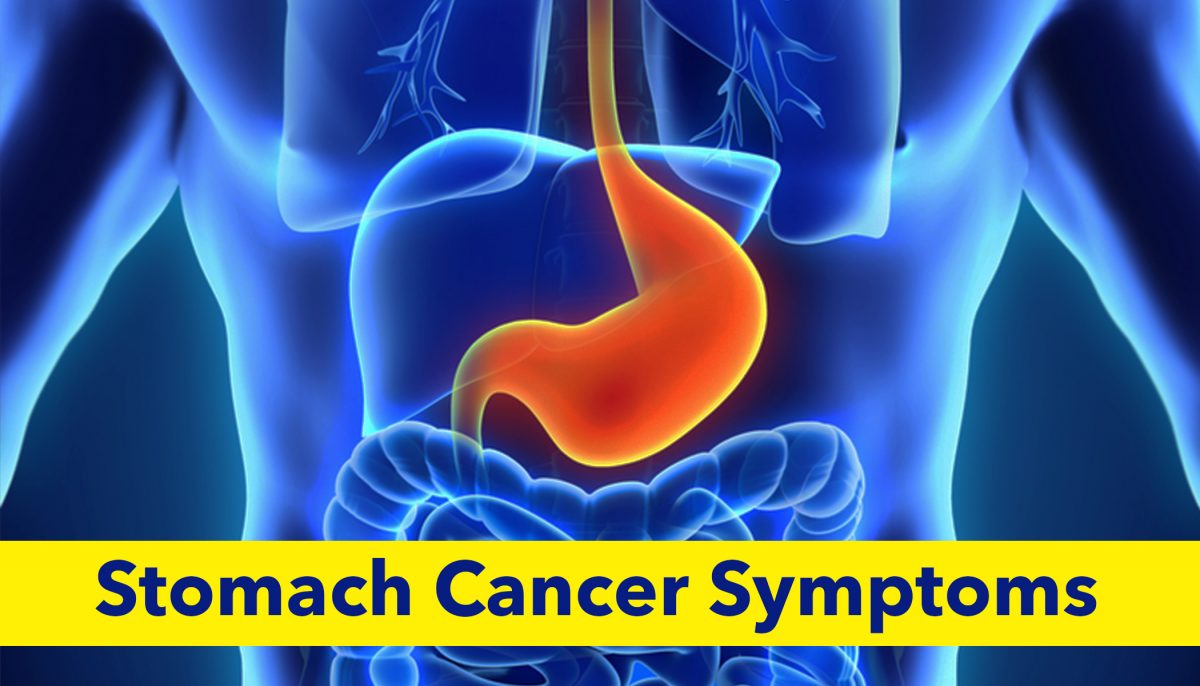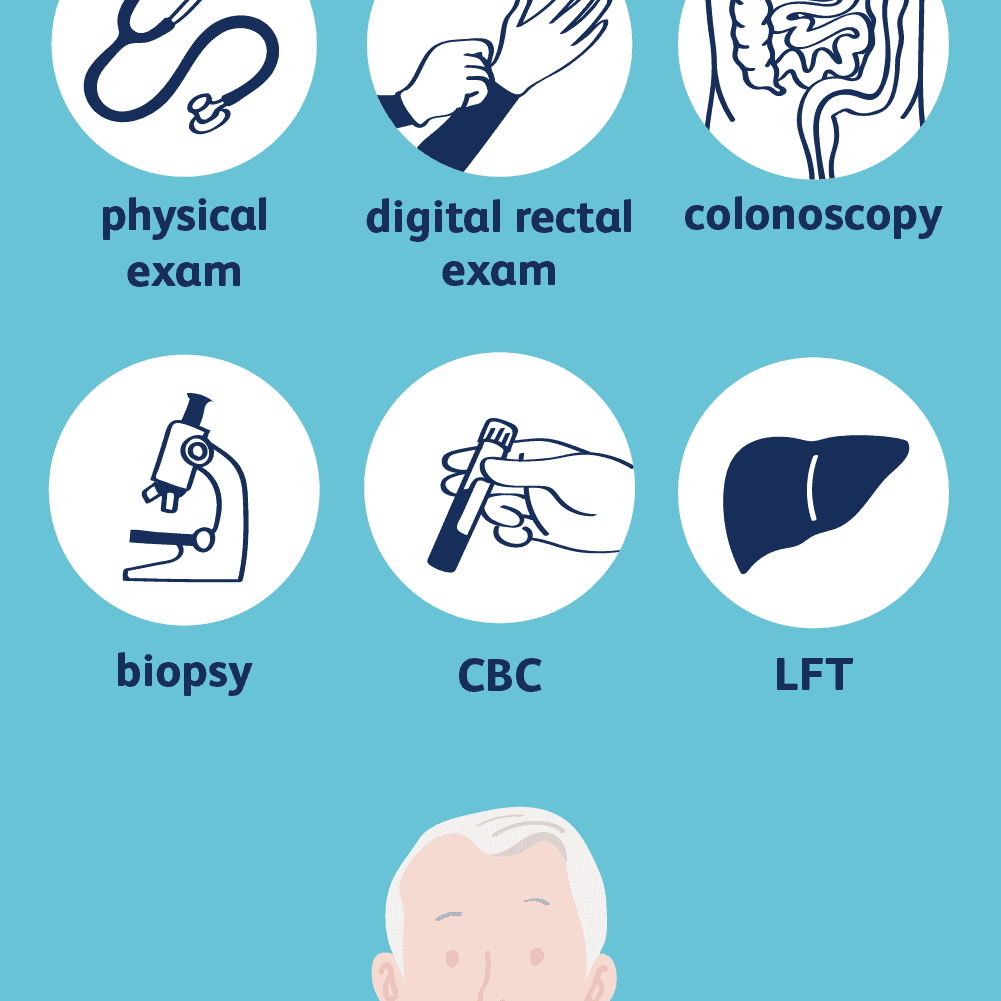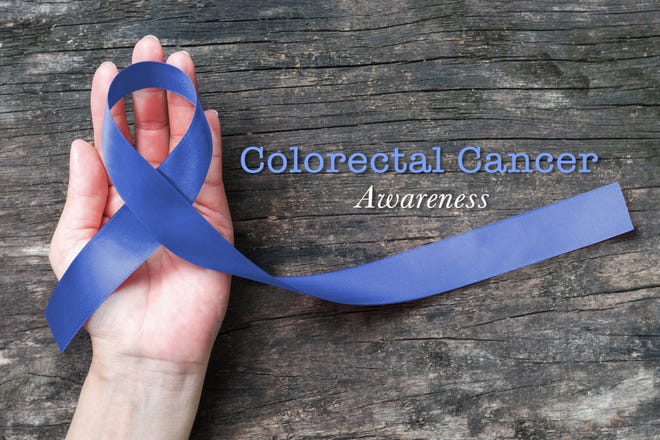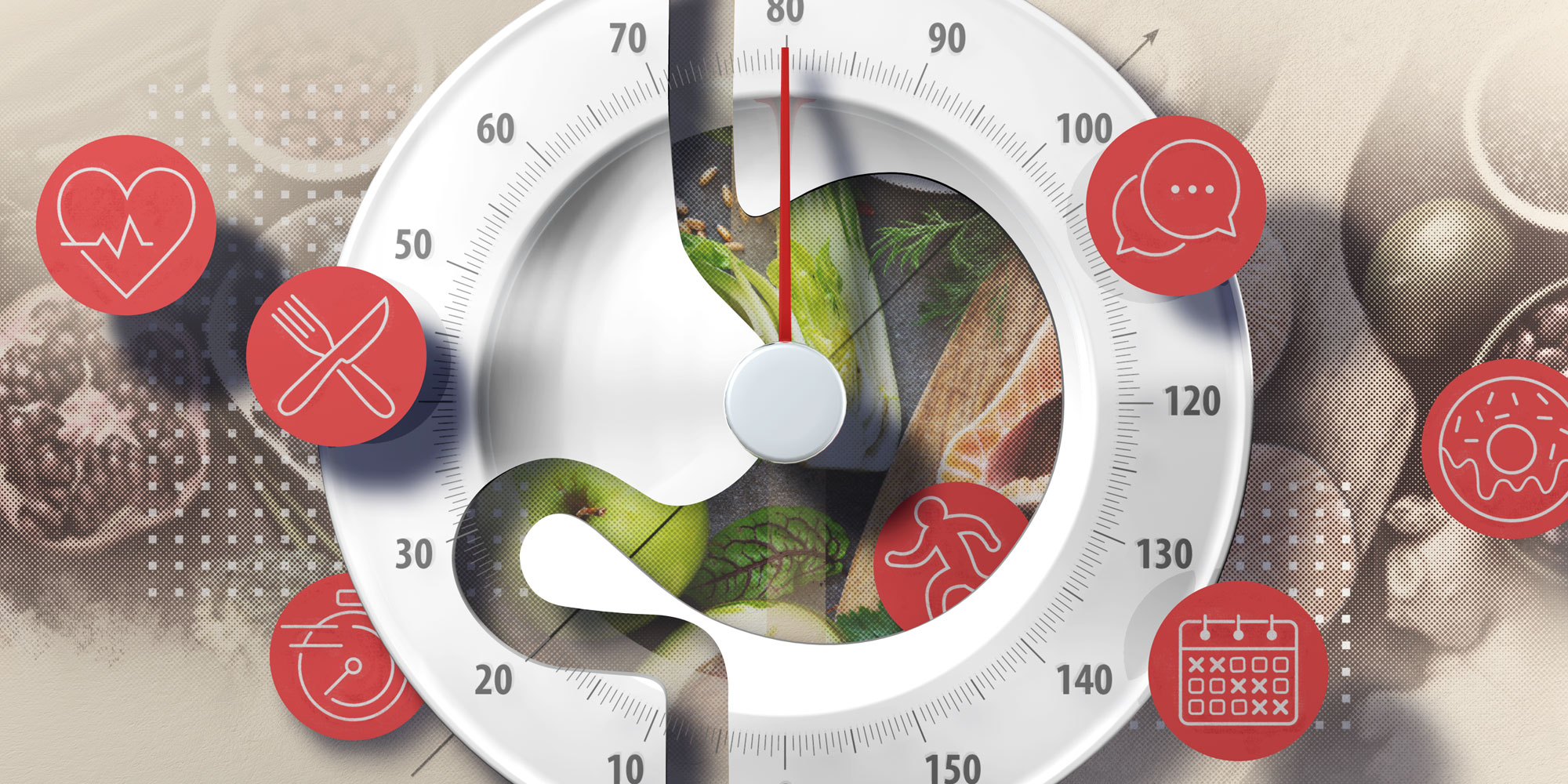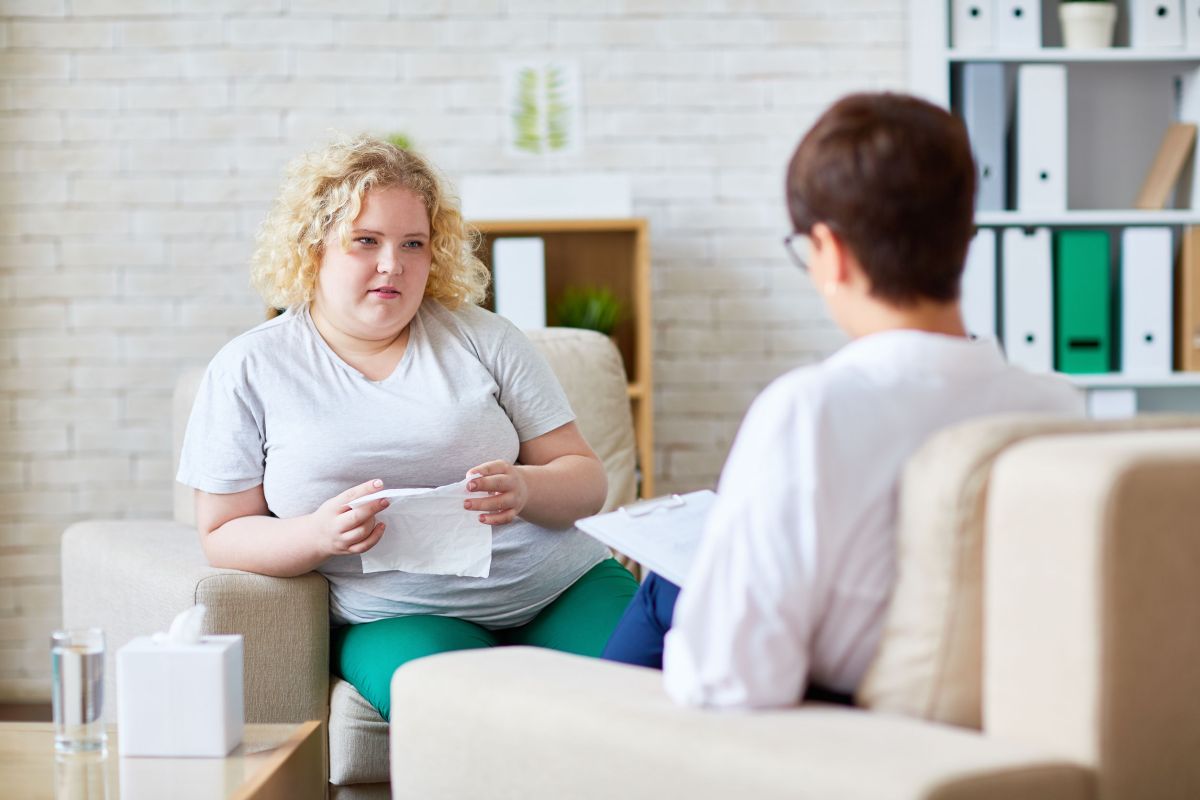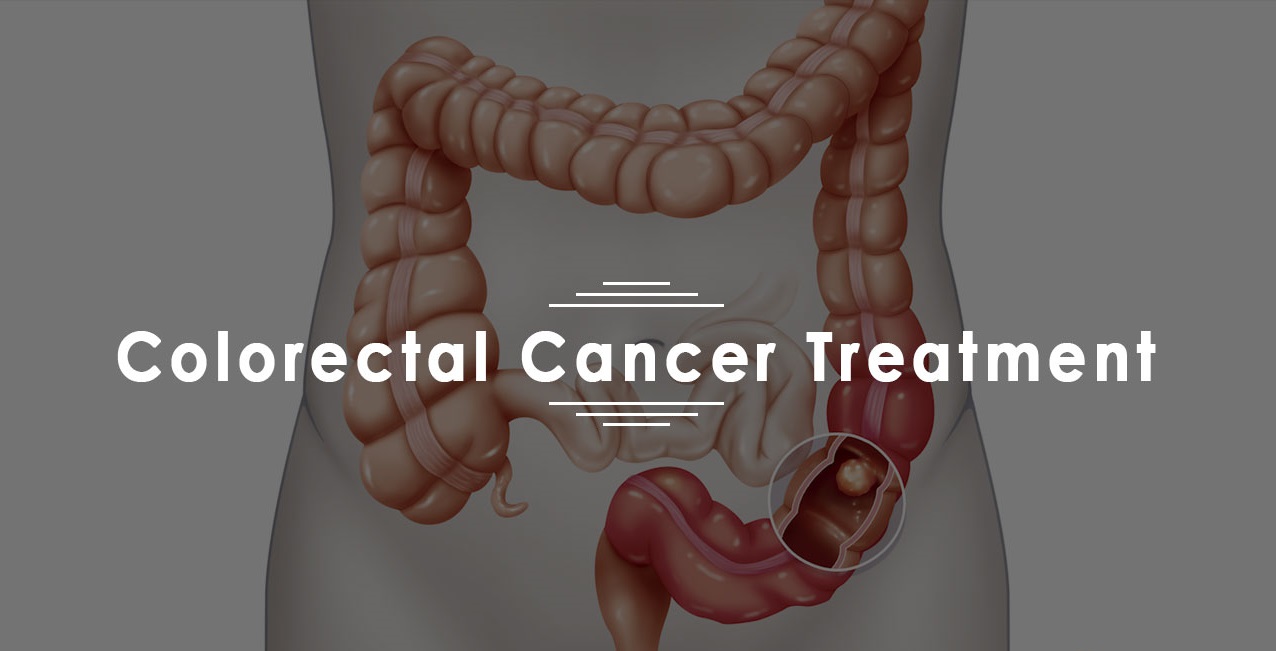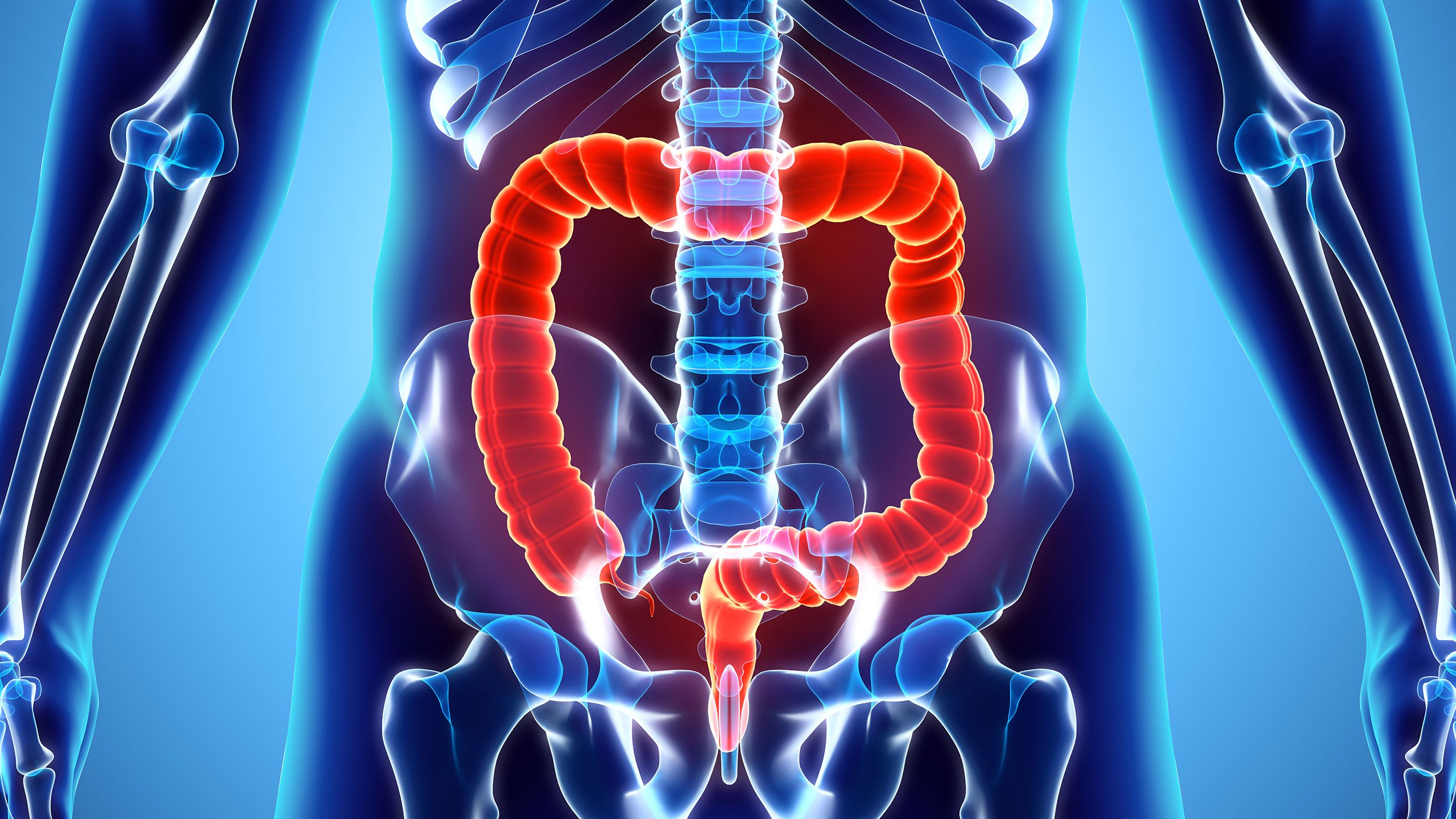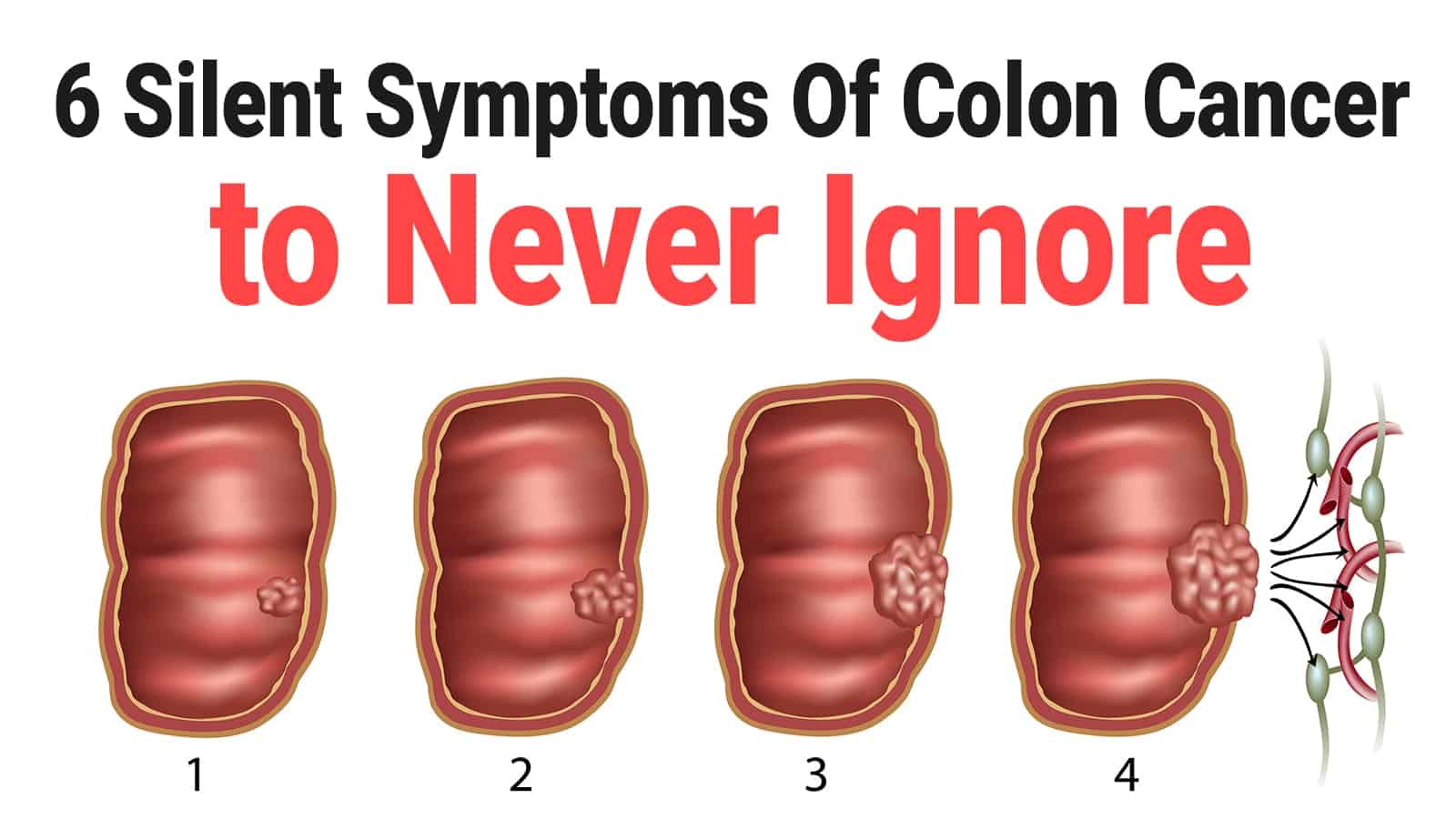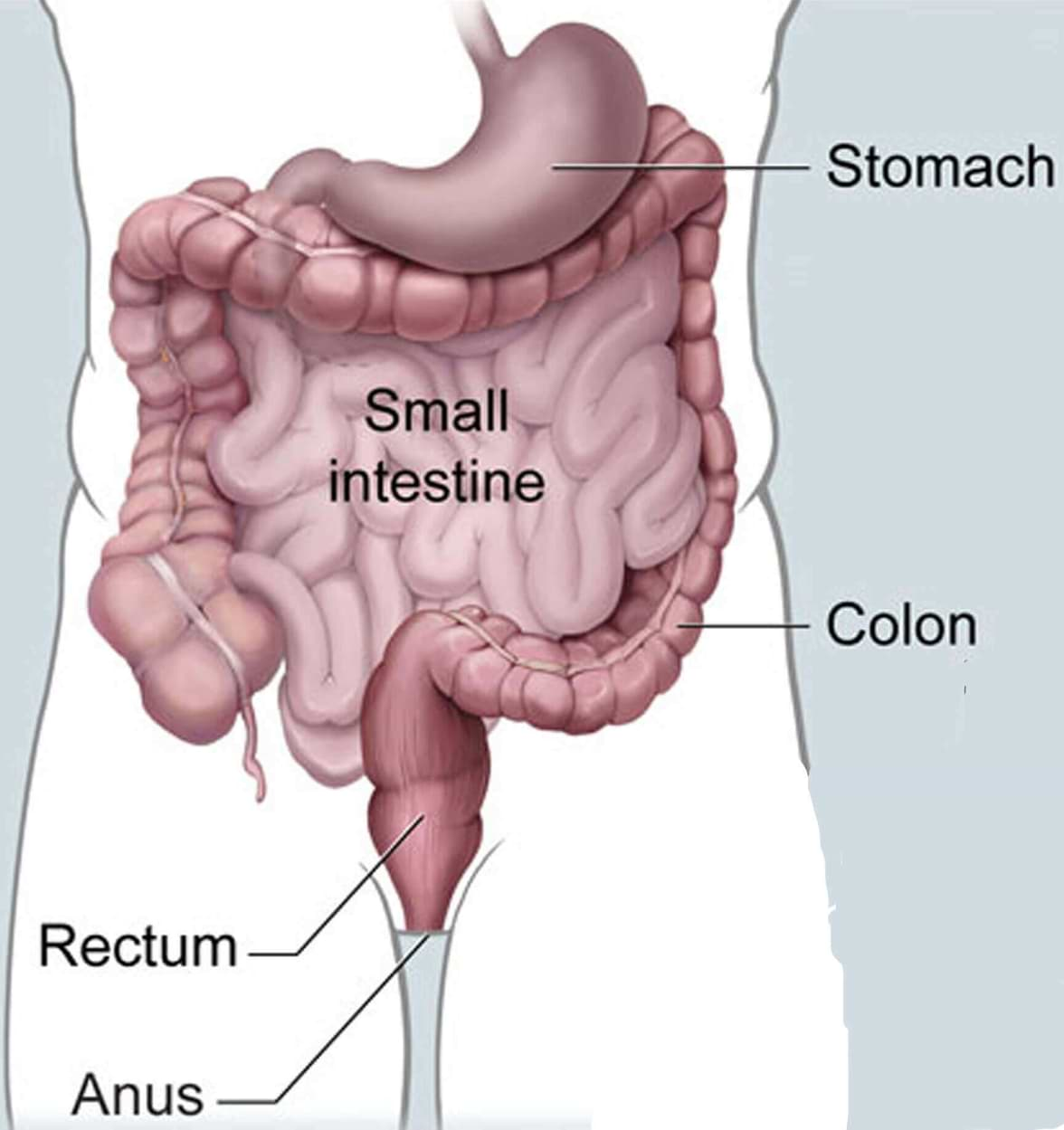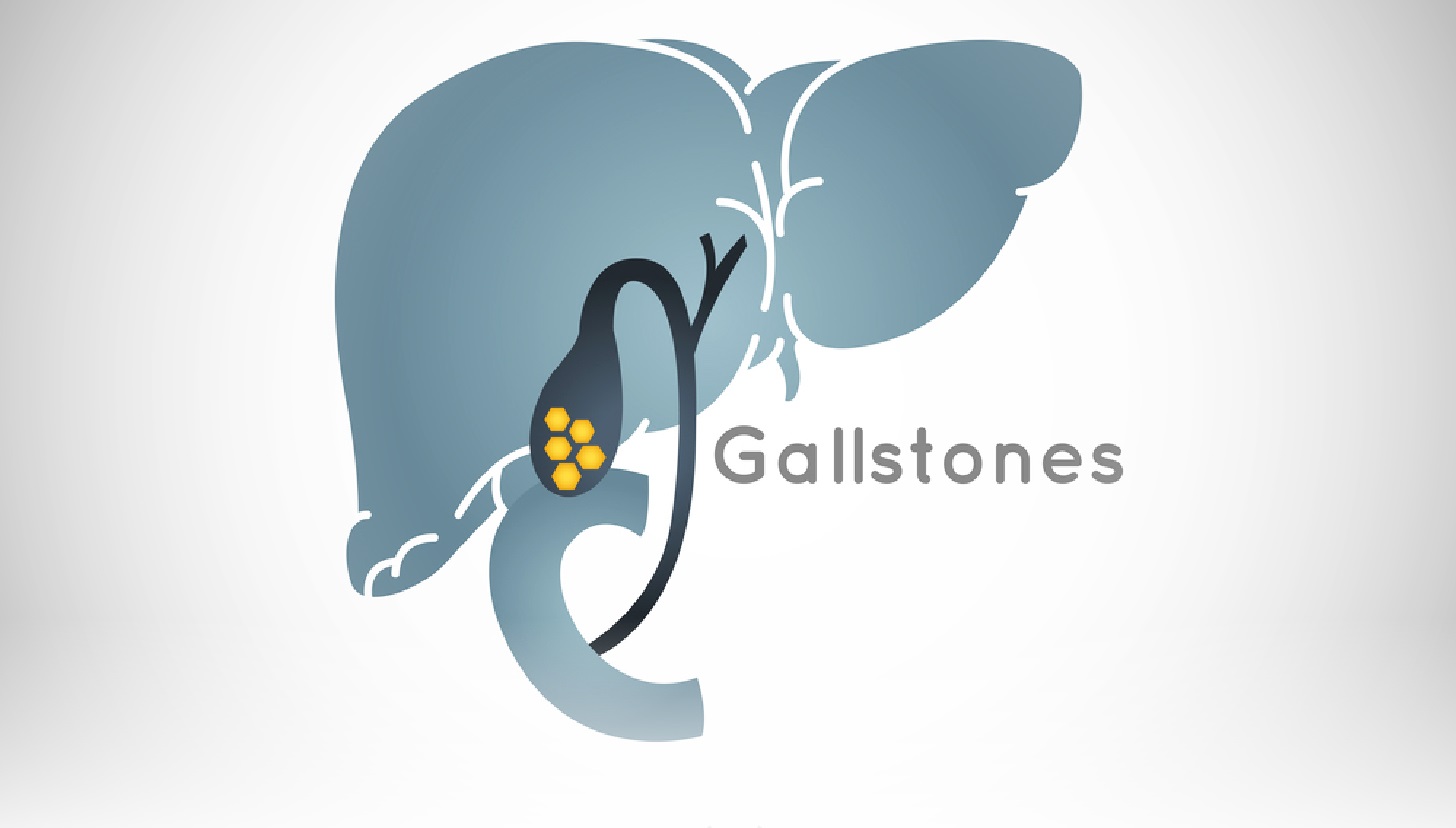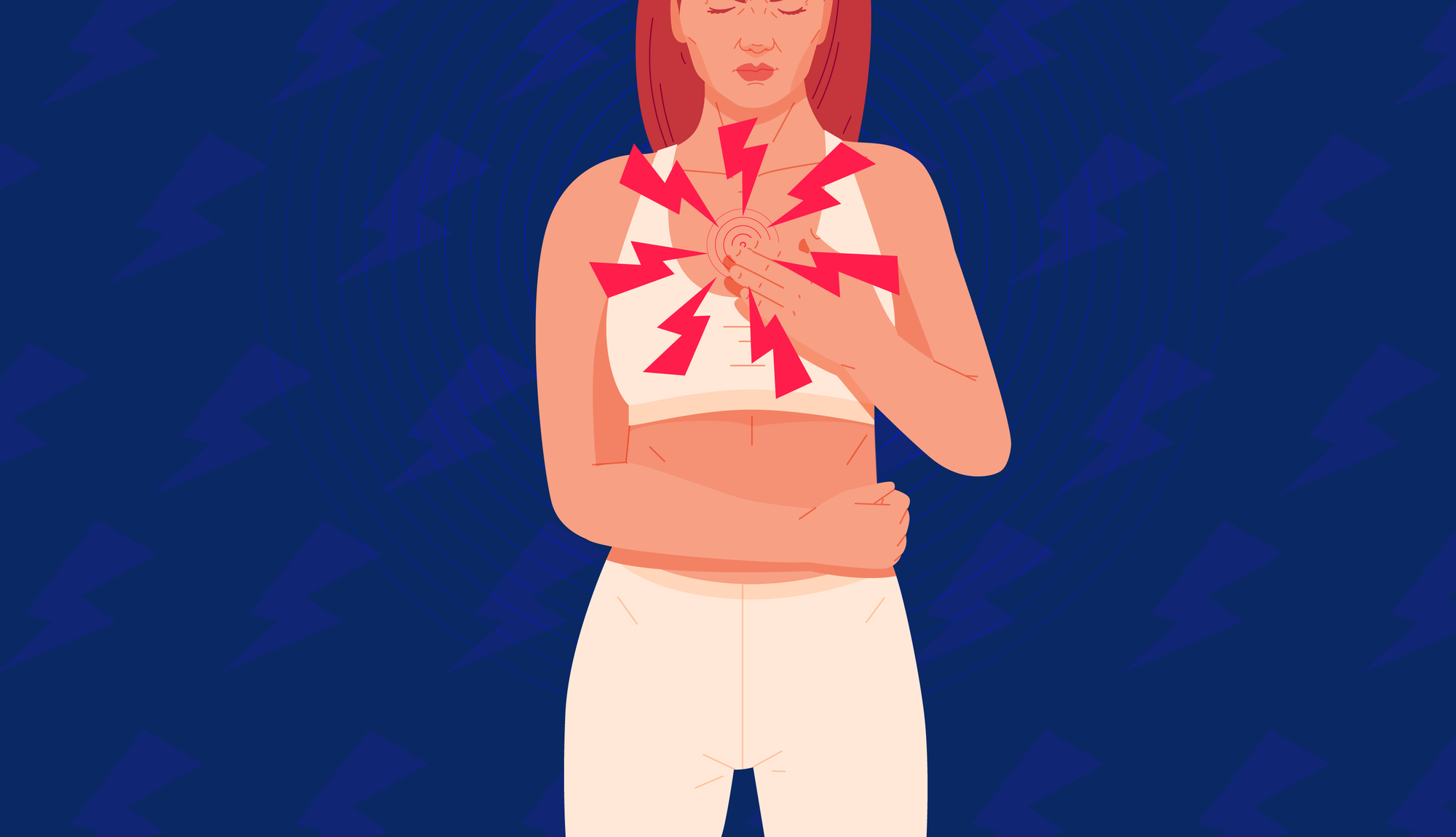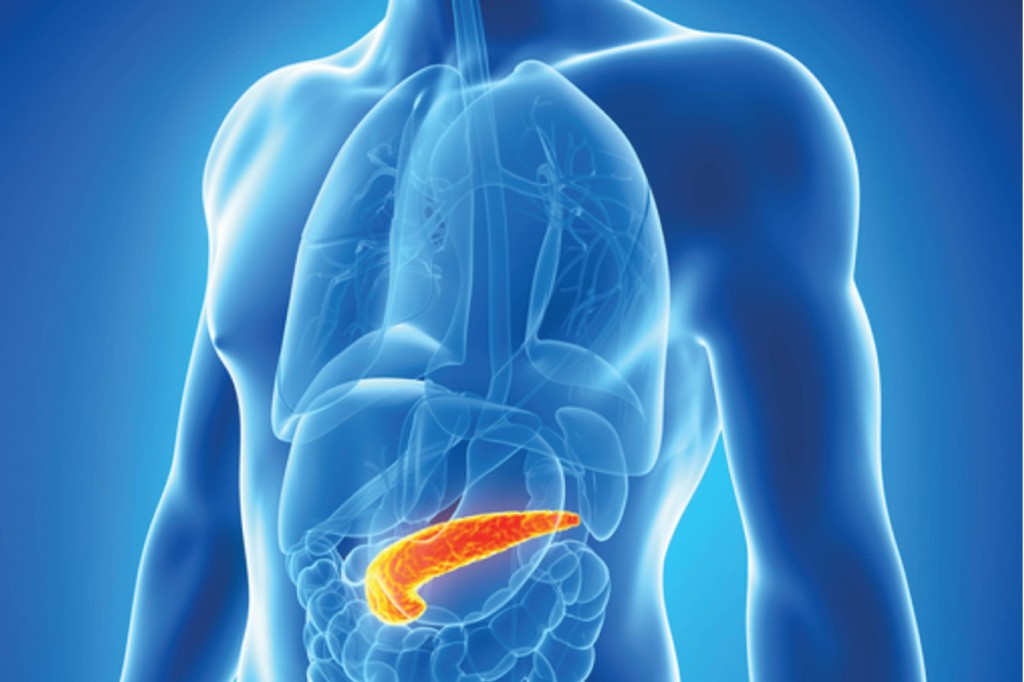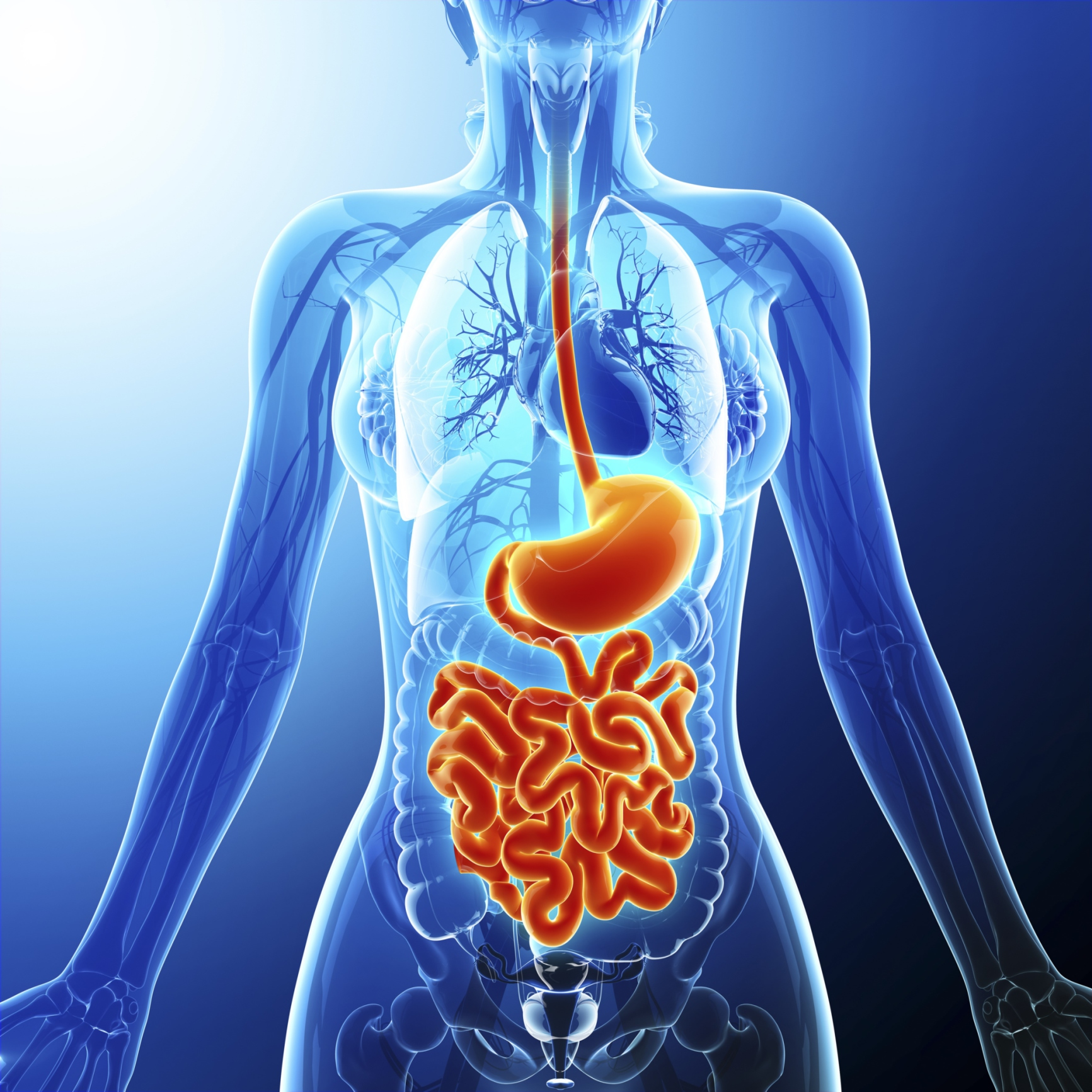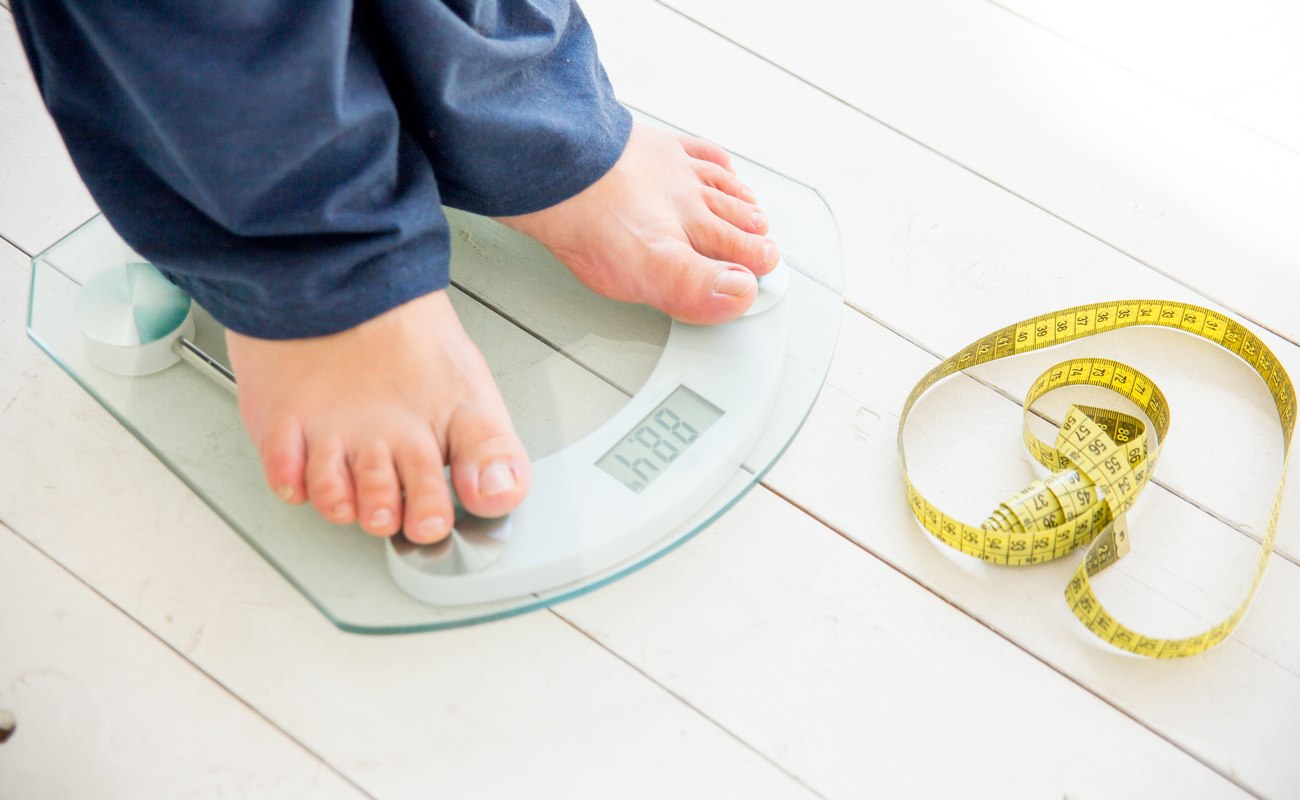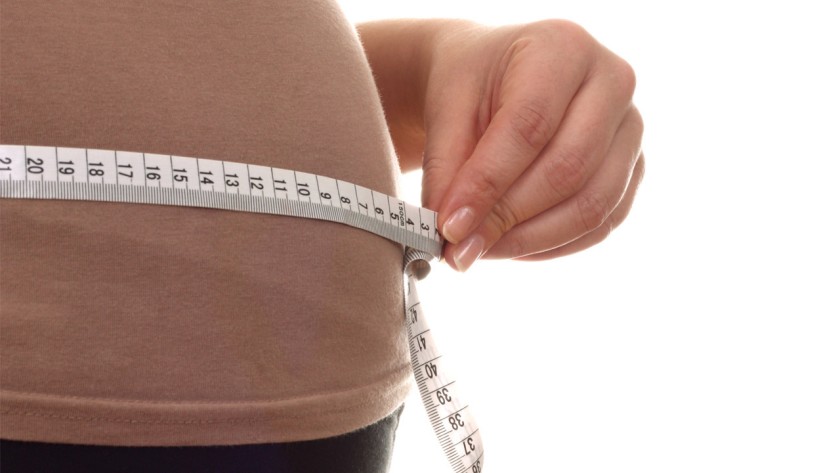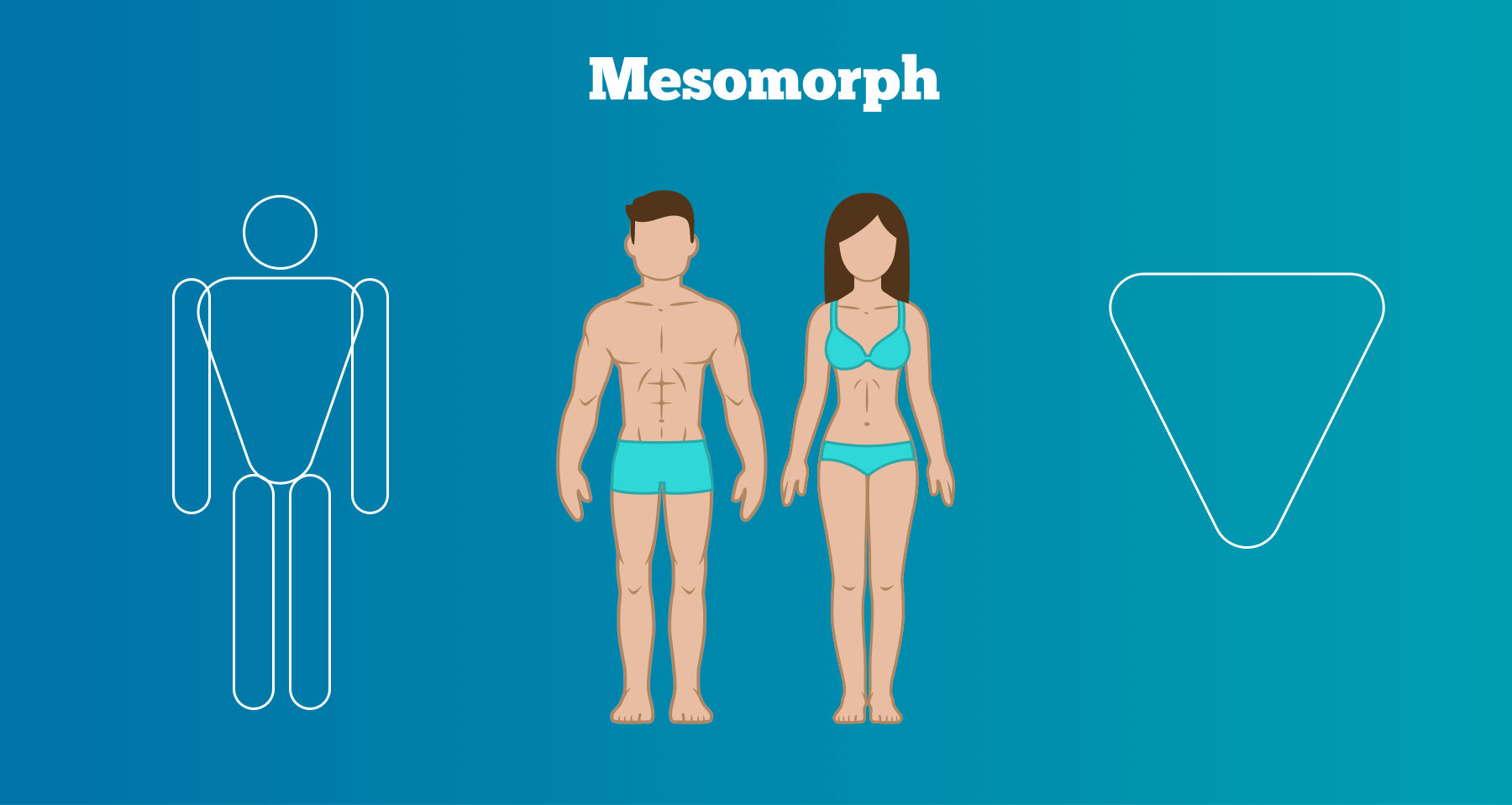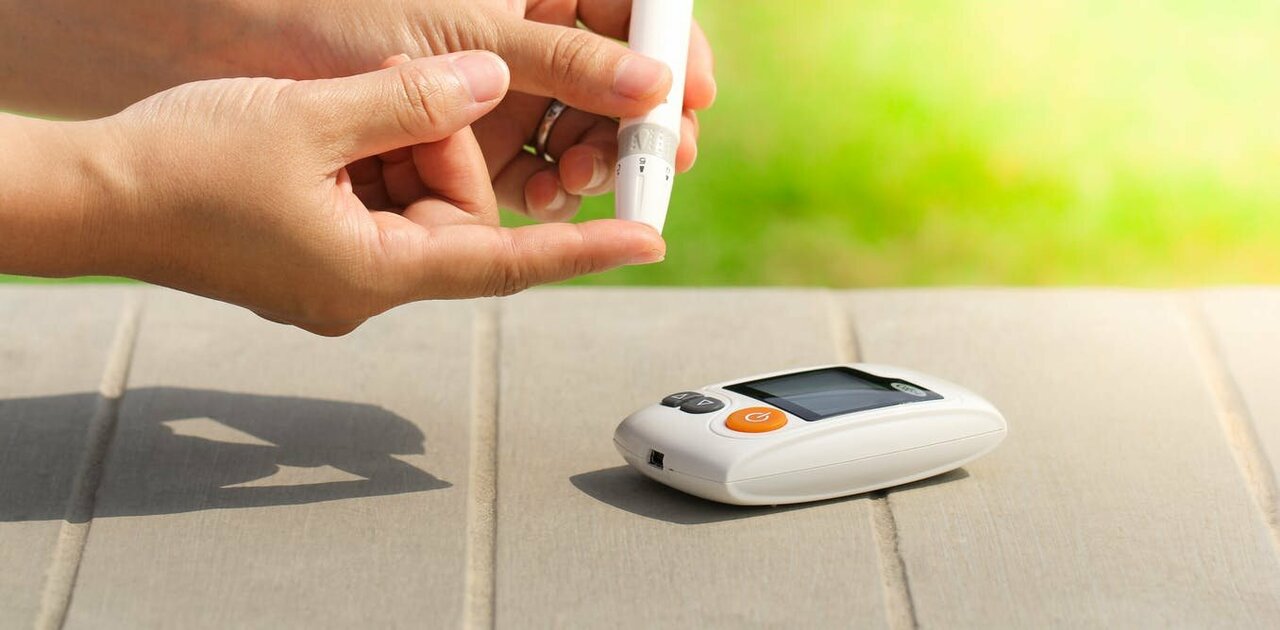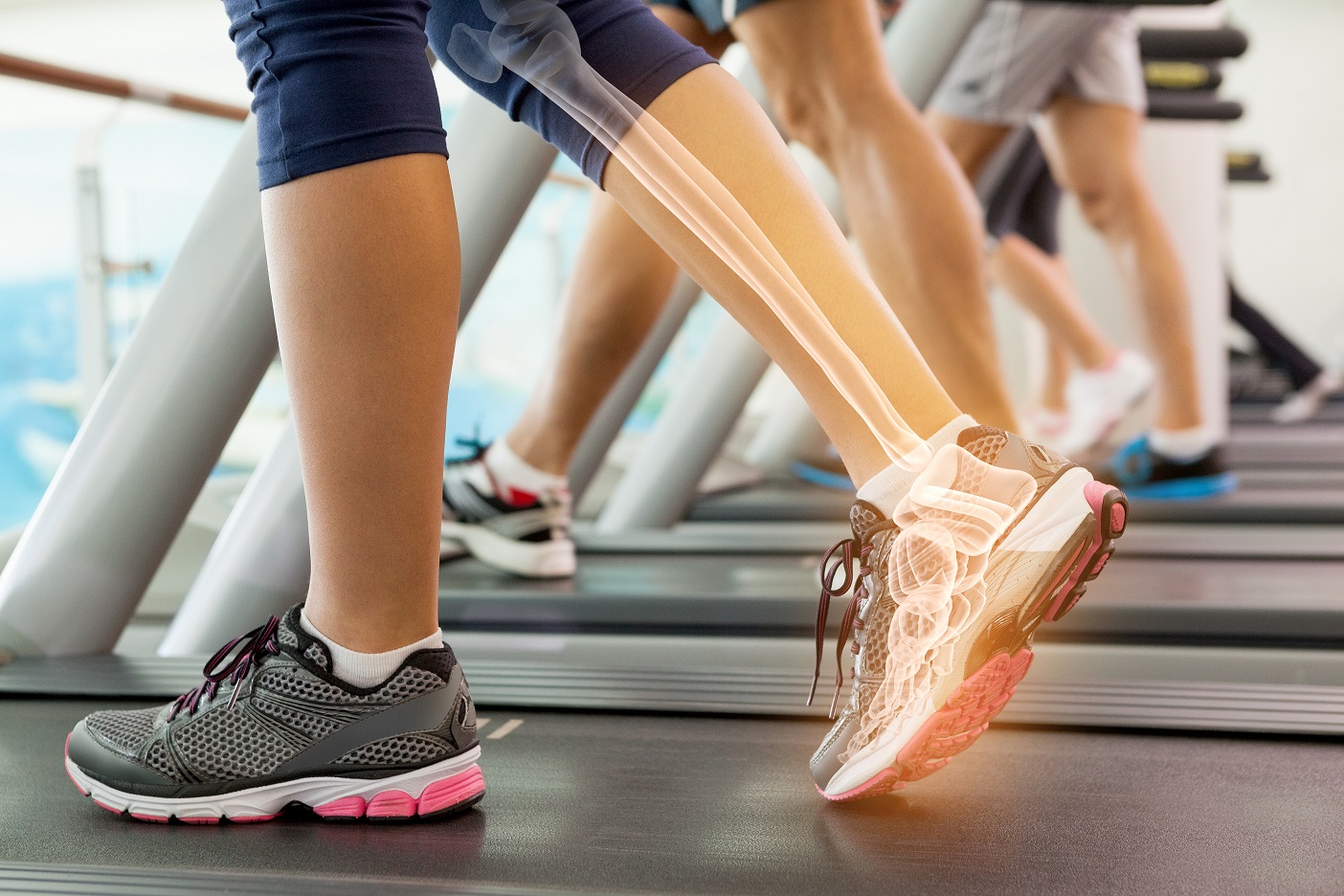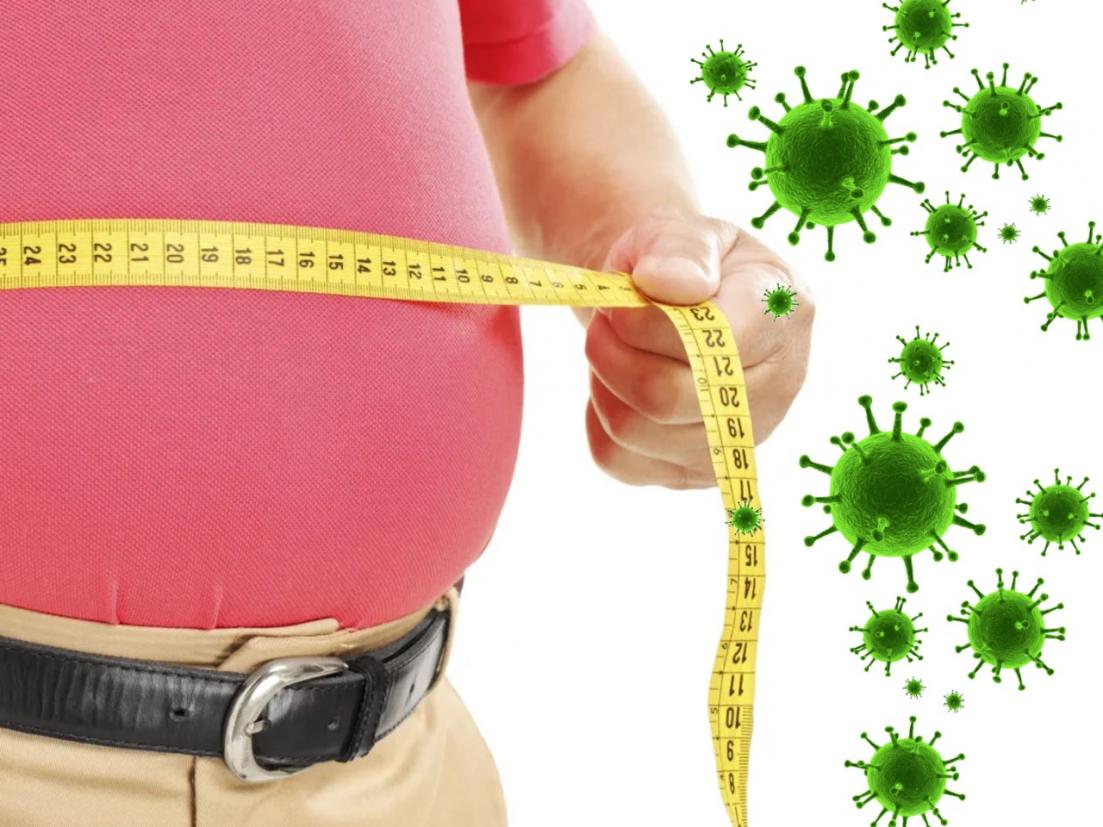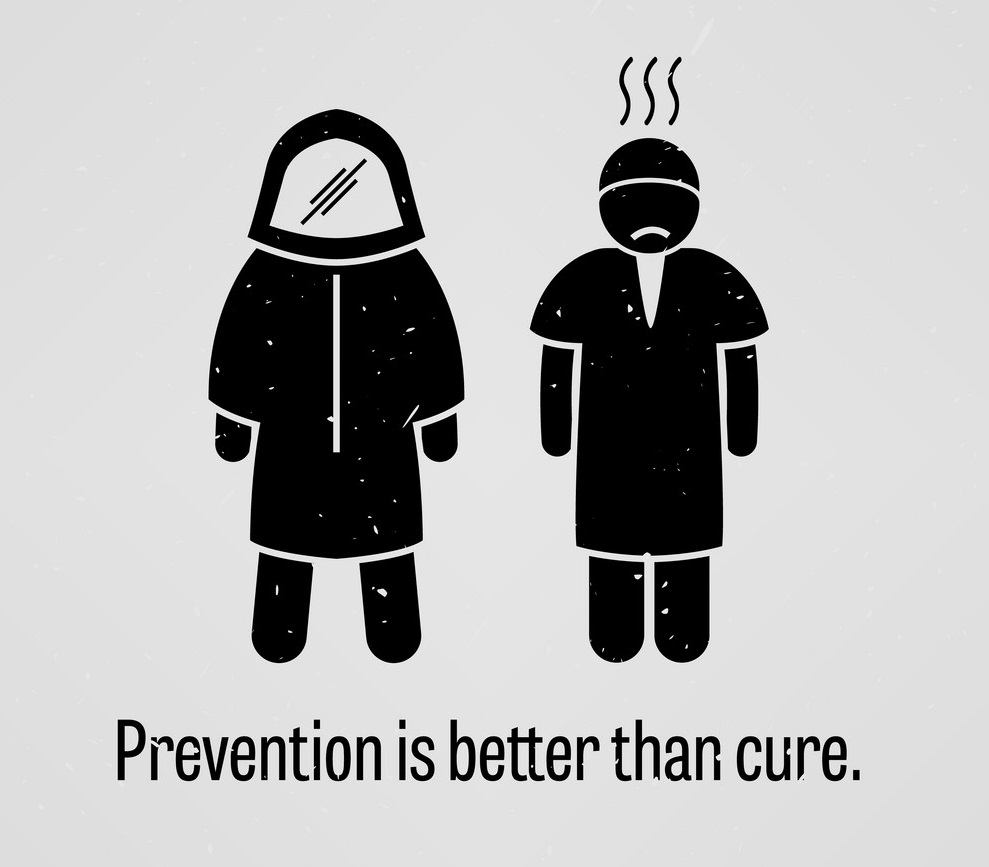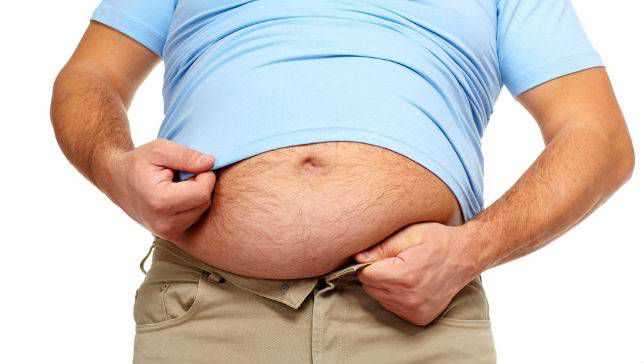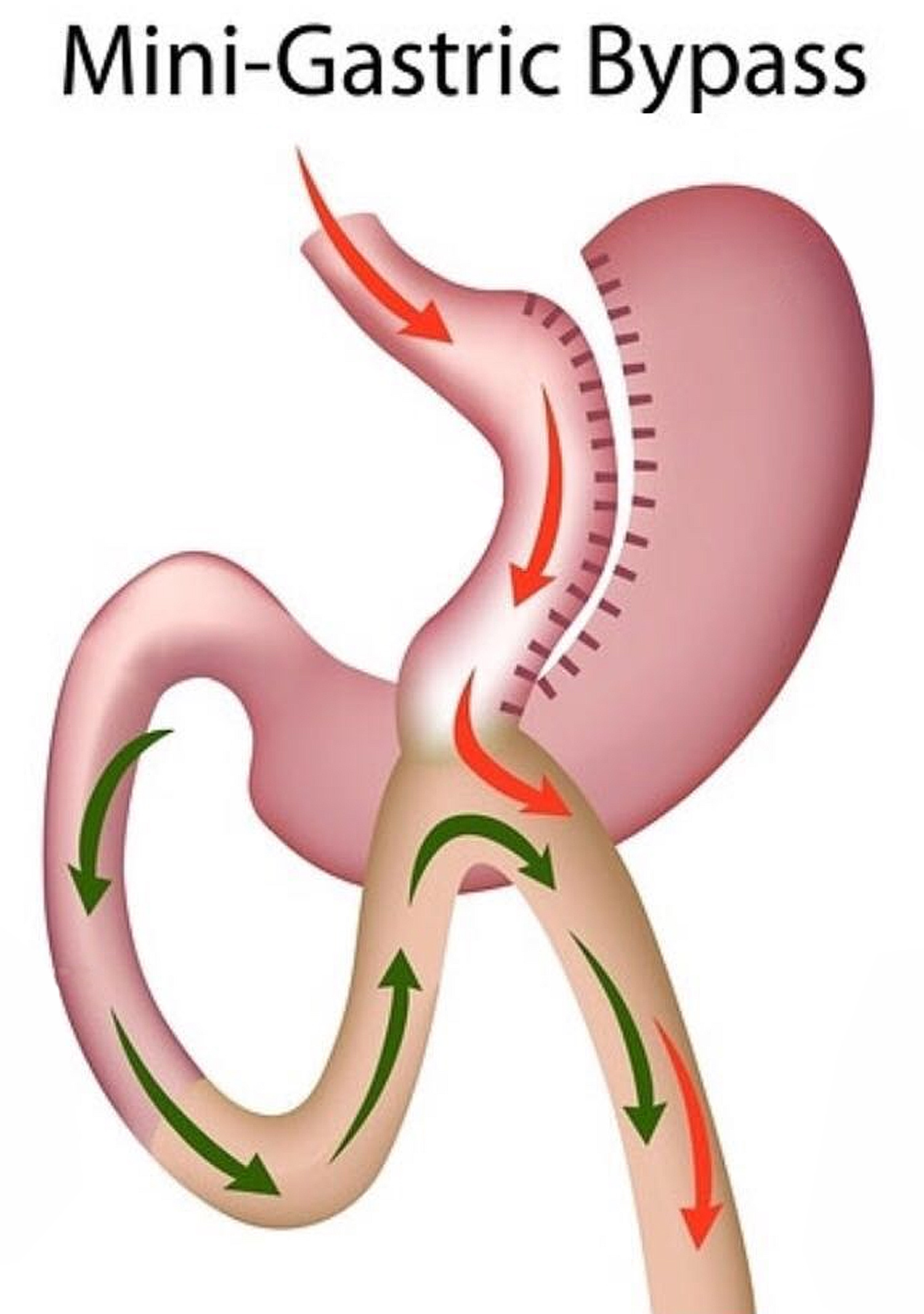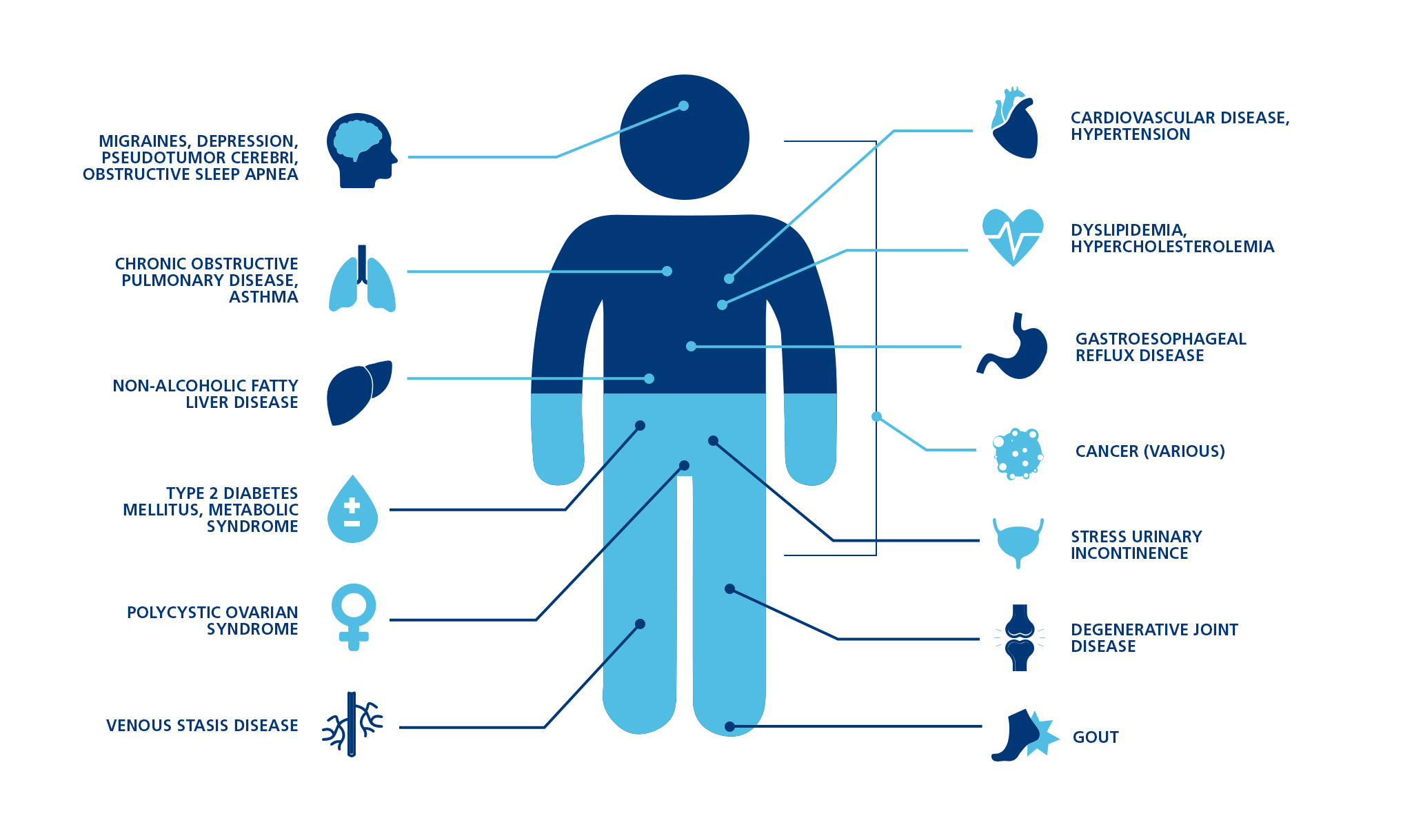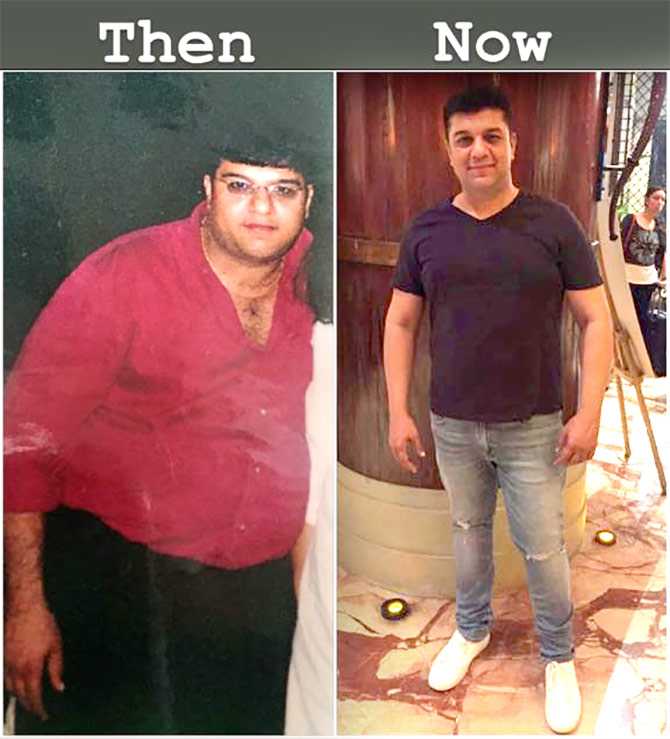Diabetes
Early Signs and Symptoms of Diabetes
How can you tell if you have diabetes? Most early symptoms are from higher-than-normal levels of glucose, a kind of sugar, in your blood.
Summary : 60 Second Read
In this article you will learn about-
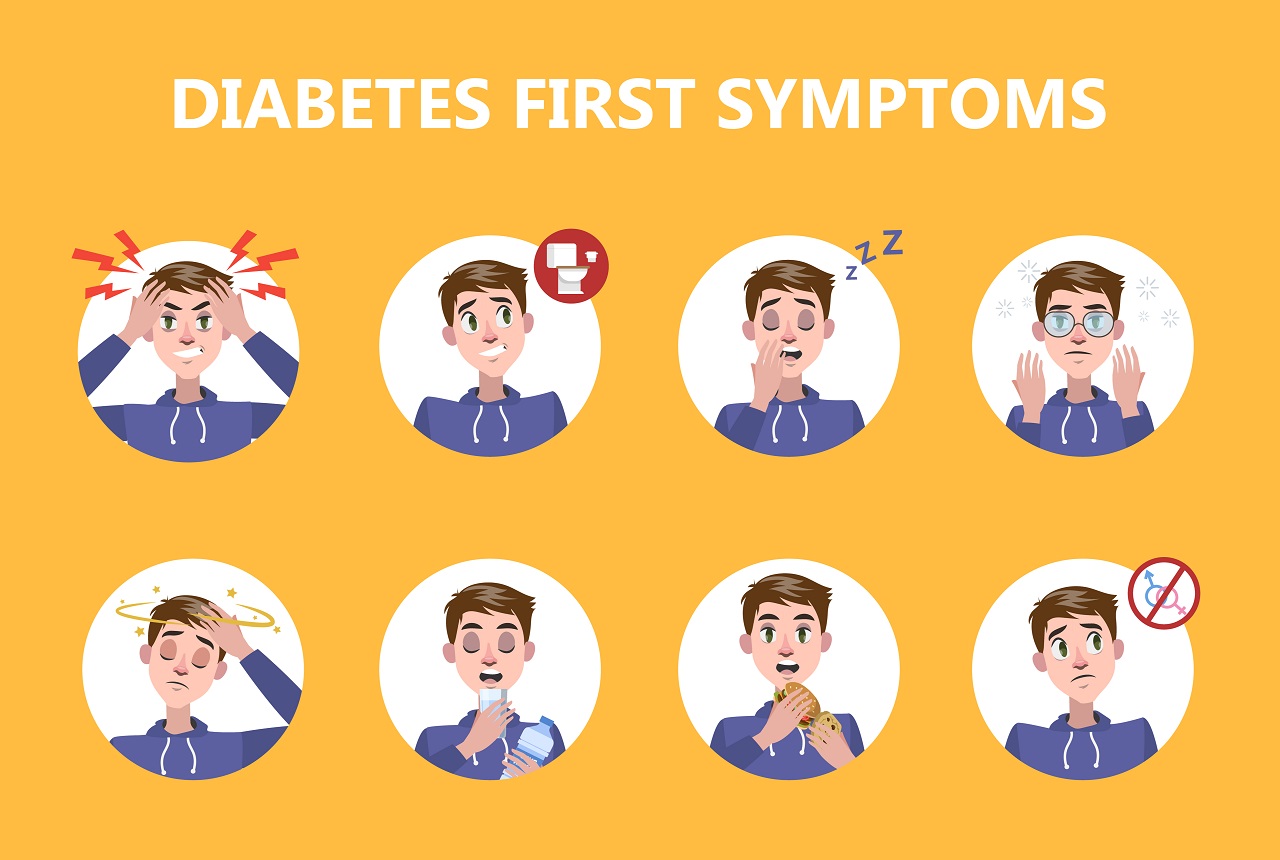
The warning signs can be so mild that you don't notice them. That's especially true of type 2 diabetes. Some people don't find out they have it until they get problems from long-term damage caused by the disease.
With type 1 diabetes, the symptoms usually happen quickly, in a matter of days or a few weeks. They're much more severe, too.
Early Signs of Diabetes
Both types of diabetes have some of the same telltale warning signs.
- Hunger and fatigue. Your body converts the food you eat into glucose that your cells use for energy. But your cells need insulin to take in glucose. If your body doesn't make enough or any insulin, or if your cells resist the insulin your body makes, the glucose can't get into them and you have no energy. This can make you hungrier and more tired than usual.
- Peeing more often and being thirstier. The average person usually has to pee between four and seven times in 24 hours, but people with diabetes may go a lot more. Why? Normally, your body reabsorbs glucose as it passes through your kidneys. But when diabetes pushes your blood sugar up, your kidneys may not be able to bring it all back in. This causes the body to make more urine, and that takes fluids. The result: You'll have to go more often. You might pee out more, too. Because you're peeing so much, you can get very thirsty. When you drink more, you'll also pee more.
- Dry mouth and itchy skin. Because your body is using fluids to make pee, there's less moisture for other things. You could get dehydrated, and your mouth may feel dry. Dry skin can make you itchy.
- Blurred vision. Changing fluid levels in your body could make the lenses in your eyes swell up. They change shape and can’t focus.
Symptoms of Type 2 Diabetes
These tend to show up after your glucose has been high for a long time.
- Yeast infections. Both men and women with diabetes can get these. Yeast feeds on glucose, so having plenty around makes it thrive. Infections can grow in any warm, moist fold of skin, including:
- Between fingers and toes
- Under breasts
- In or around sex organs
- Slow-healing sores or cuts. Over time, high blood sugar can affect your blood flow and cause nerve damage that makes it hard for your body to heal wounds.
- Pain or numbness in your feet or legs. This is another result of nerve damage.
Symptoms of Type 1 Diabetes
You might notice:
- Unexplained weight loss. If your body can't get energy from your food, it will start burning muscle and fat for energy instead. You may lose weight even though you haven't changed how you eat.
- Nausea and vomiting. When your body resorts to burning fat, it makes ketones. These can build up in your blood to dangerous levels, a possibly life-threatening condition called diabetic ketoacidosis. Ketones can make you feel sick to your stomach.
Symptoms of Gestational Diabetes
High blood sugar during pregnancy usually has no symptoms. You might feel a little thirstier than normal or have to pee more often.
Warning Signs of Diabetes Complications
Signs of type 2 diabetes' complications may include:
- Slow-healing sores or cuts
- Itchy skin (usually around the vaginal or groin area)
- Frequent yeast infections
- Recent weight gain
- Velvety, dark skin changes of the neck, armpit, and groin, called acanthosis nigricans
- Numbness and tingling of the hands and feet
- Decreased vision
- Impotence or erectile dysfunction (ED)
Hypoglycemia
Hypoglycemia, or low blood sugar, happens when the level of sugar or glucose in your blood drops too low to fuel the body.
You might feel:
- Shaky
- Nervous or anxious
- Sweaty, chilly, or clammy
- Cranky or impatient
- Confused
- Lightheaded or dizzy
- Hungry
- Sleepy
- Weak
- Tingly or numb in your lips, tongue, or cheeks
You might notice:
- Fast heartbeat
- Pale skin
- Blurred vision
- Headache
- Nightmares or crying when you sleep
- Coordination problems
- Seizures
Hyperglycemia
Hyperglycemia, or high blood sugar, causes many of the warning signs of diabetes listed above, including:
- Heavy thirst
- Blurry vision
- Peeing a lot
- More hunger
- Numb or tingling feet
- Fatigue
- Sugar in your urine
- Weight loss
- Vaginal and skin infections
- Slow-healing cuts and sores
- Blood glucose over 180 milligrams per deciliter (mg/dl)
Diabetic Coma
Its official name is hyperosmolar hyperglycemic nonketotic syndrome (HHNS). This serious complication can lead to diabetic coma and even death with either type of diabetes, though it’s more common in type 2. It happens when your blood sugar gets too high and your body gets severely dehydrated. Symptoms include:
- Blood sugar over 600 mg/dl
- Dry, parched mouth
- Extreme thirst
- Warm, dry skin that doesn’t sweat
- High fever (over 101 F)
- Sleepiness or confusion
- Vision loss
- Hallucinations
- Weakness on one side of your body
When to Call Your Doctor
If you're older than 45 or have other risks for diabetes, it's important to get tested. When you spot the condition early, you can avoid nerve damage, heart trouble, and other complications.
As a general rule, call your doctor if you:
- Feel sick to your stomach, weak, and very thirsty
- Are peeing a lot
- Have a bad belly ache
- Are breathing more deeply and faster than normal
- Have a sweet breath that smells like nail polish remover (This is a sign of very high ketones.)

